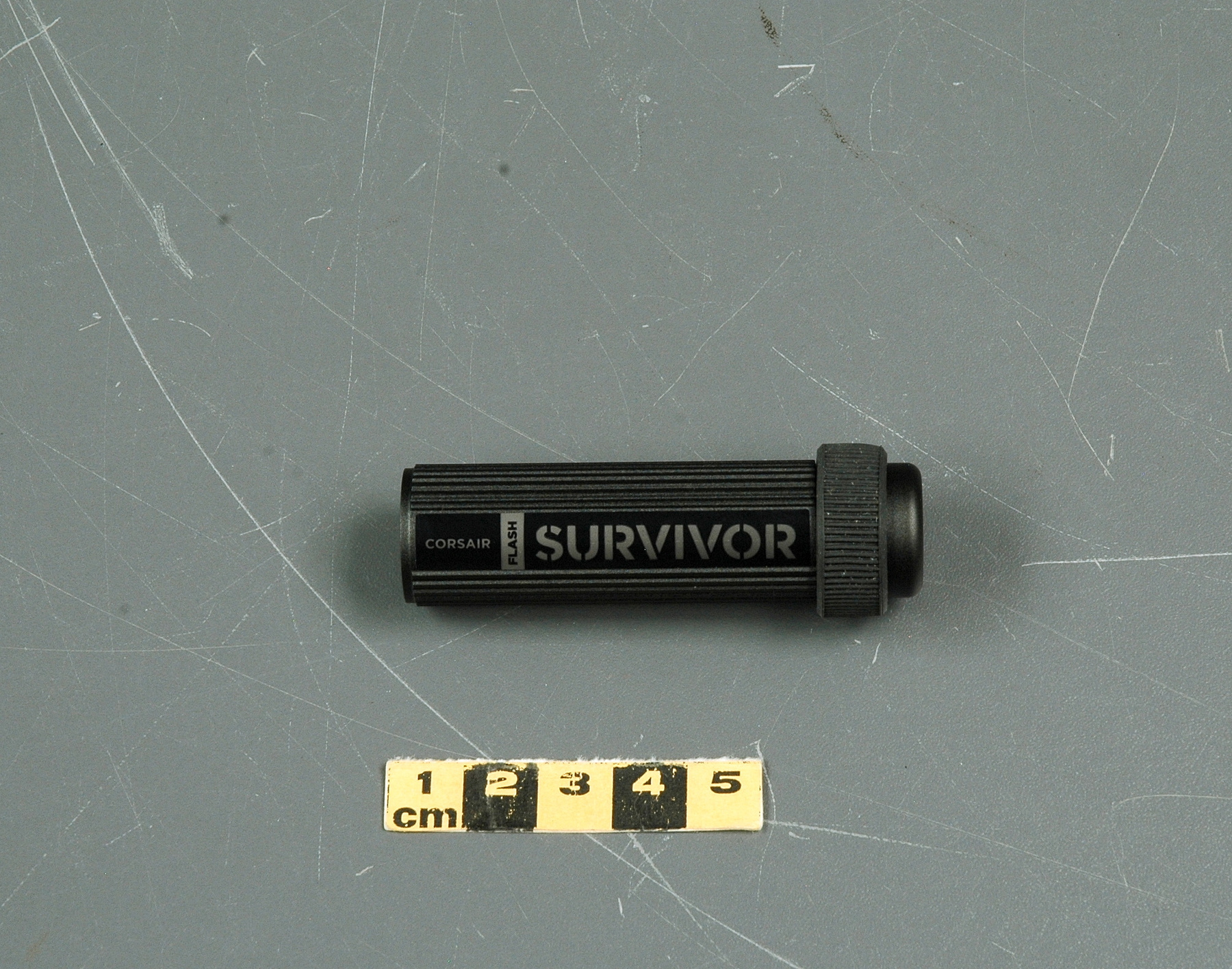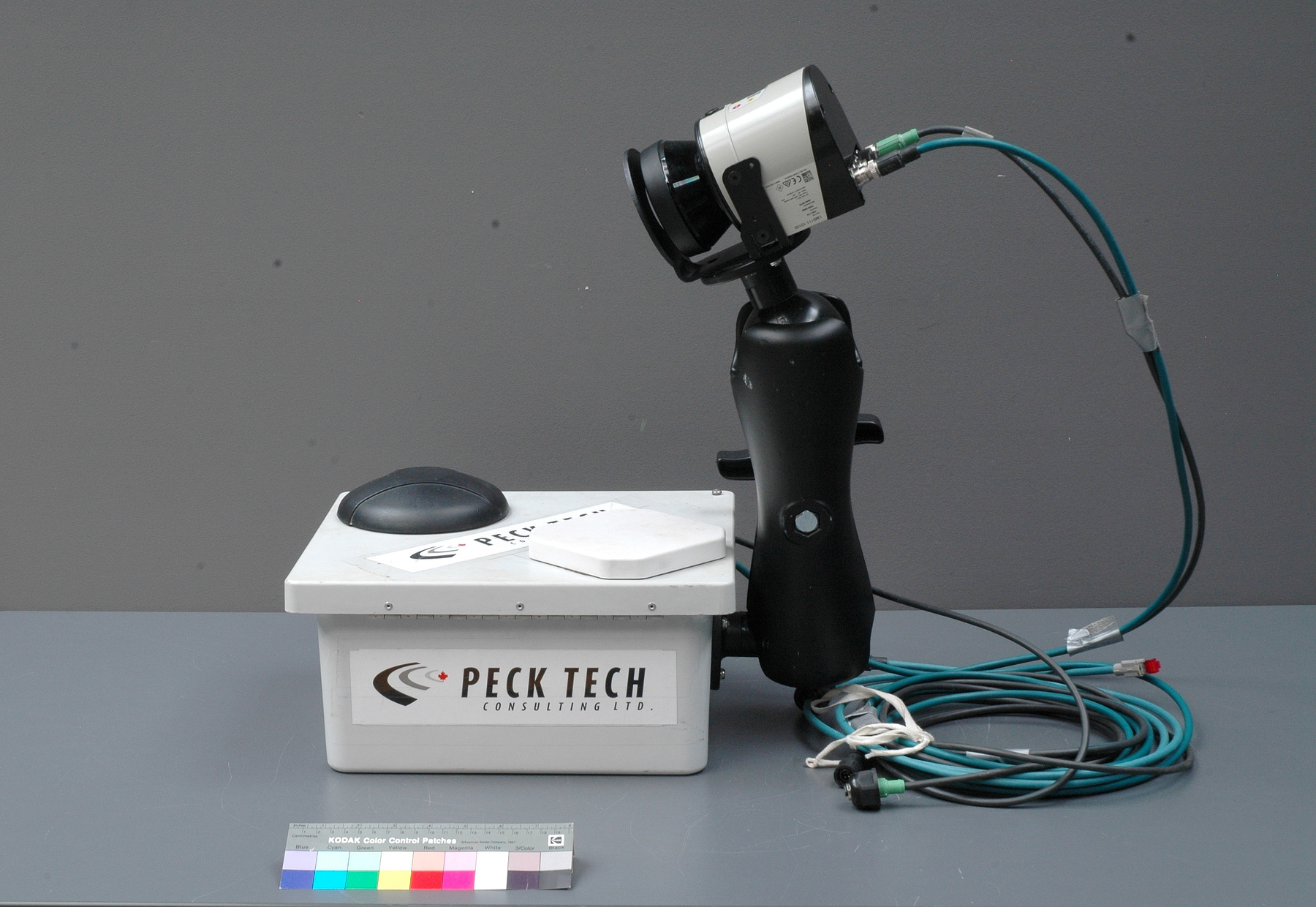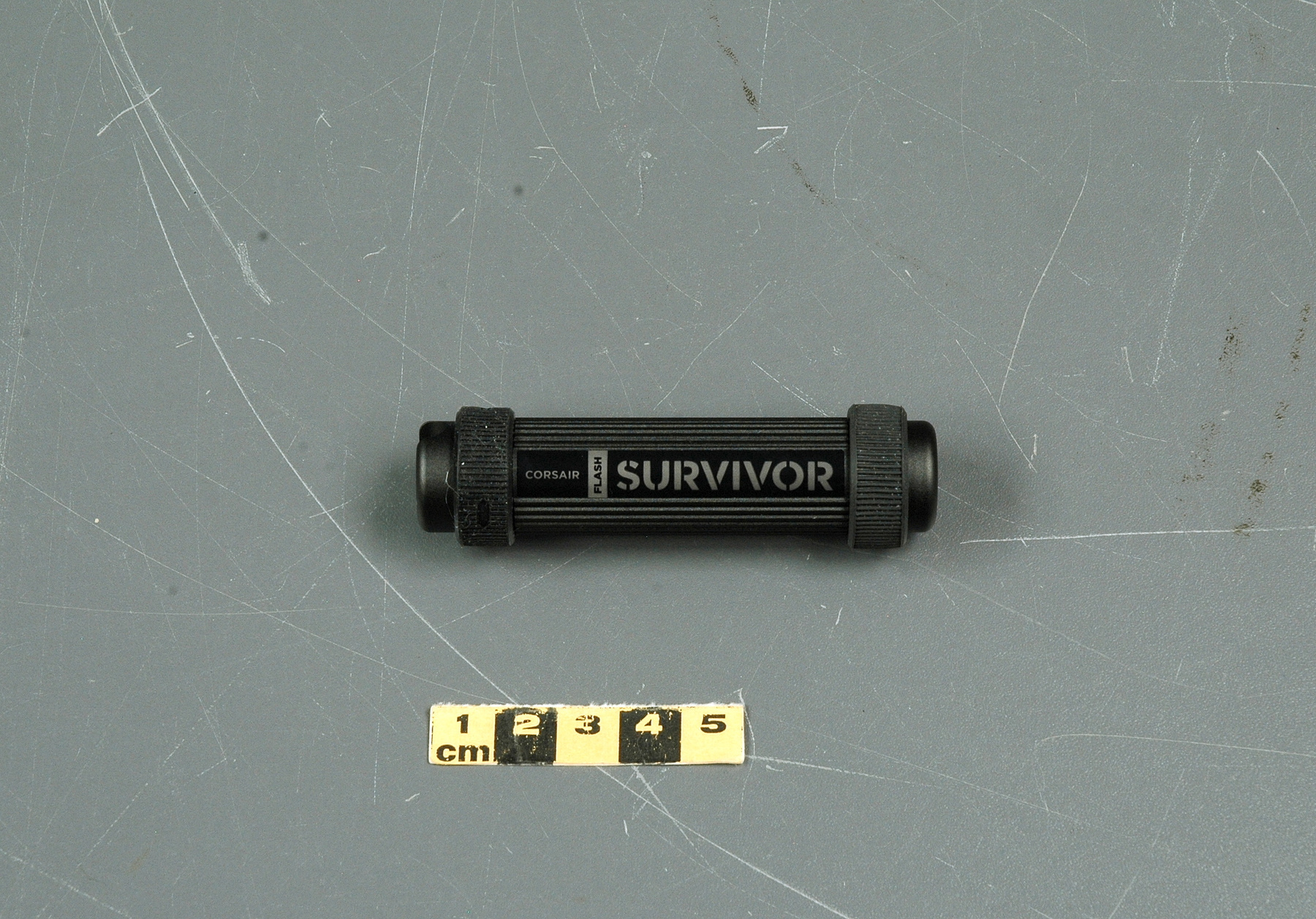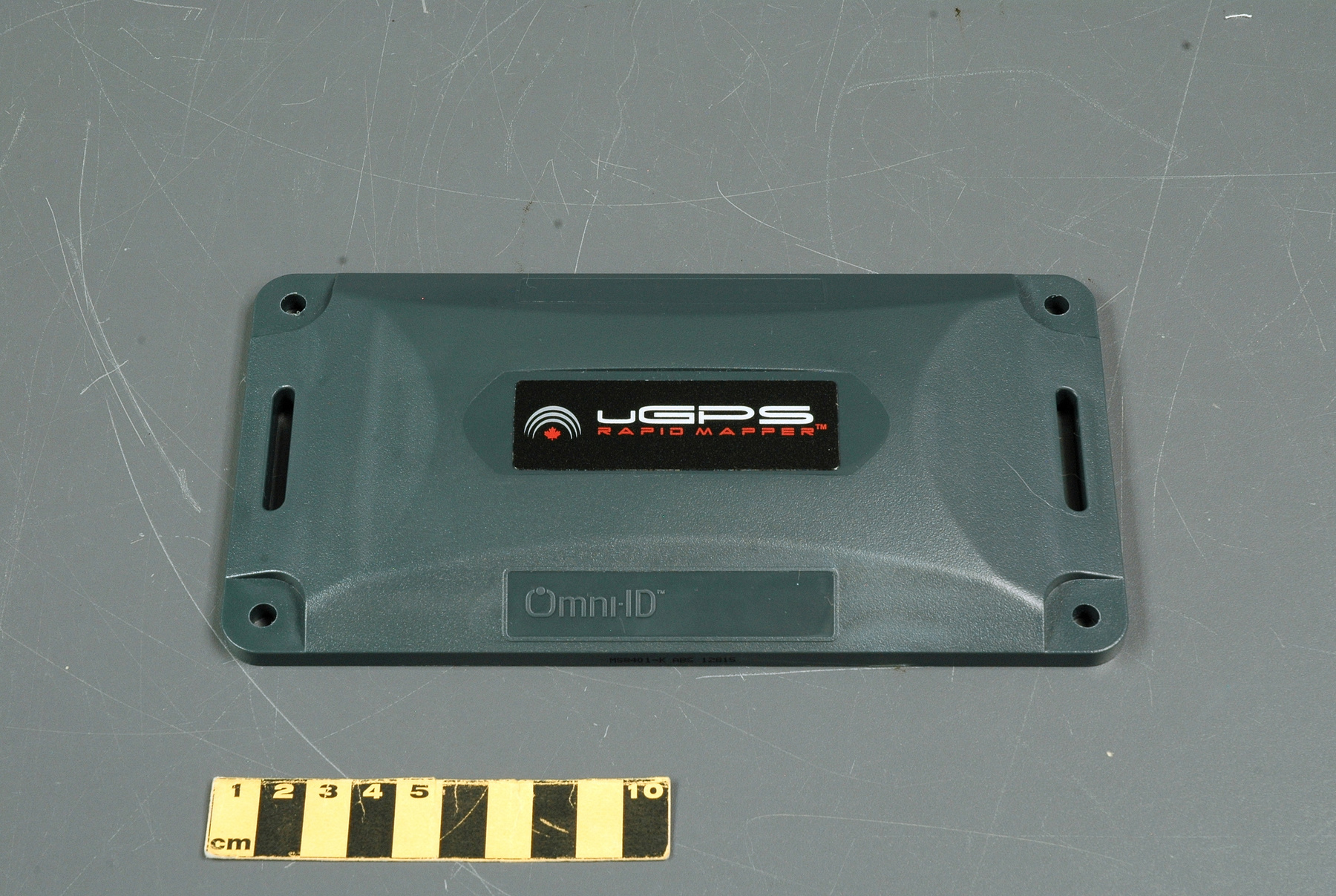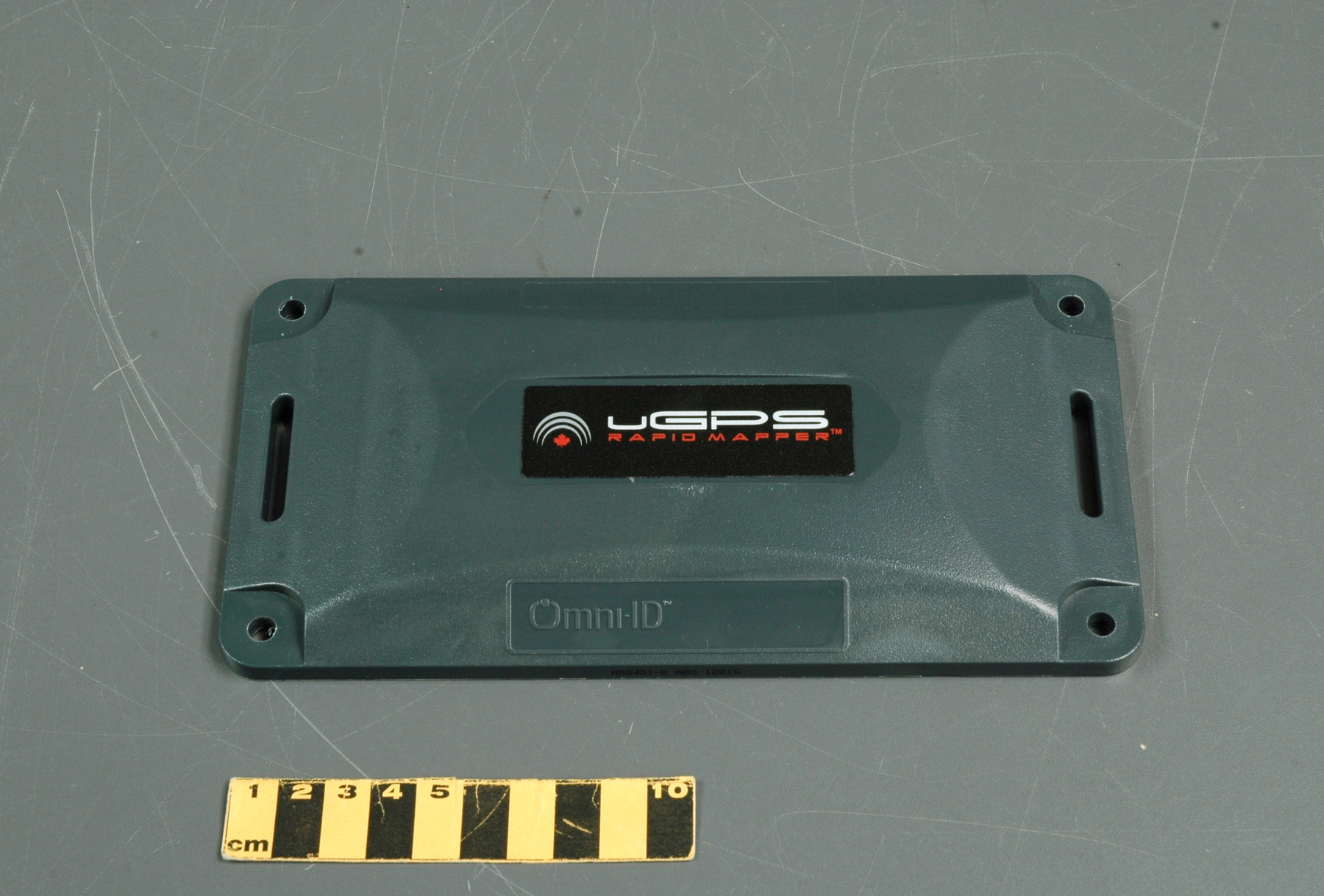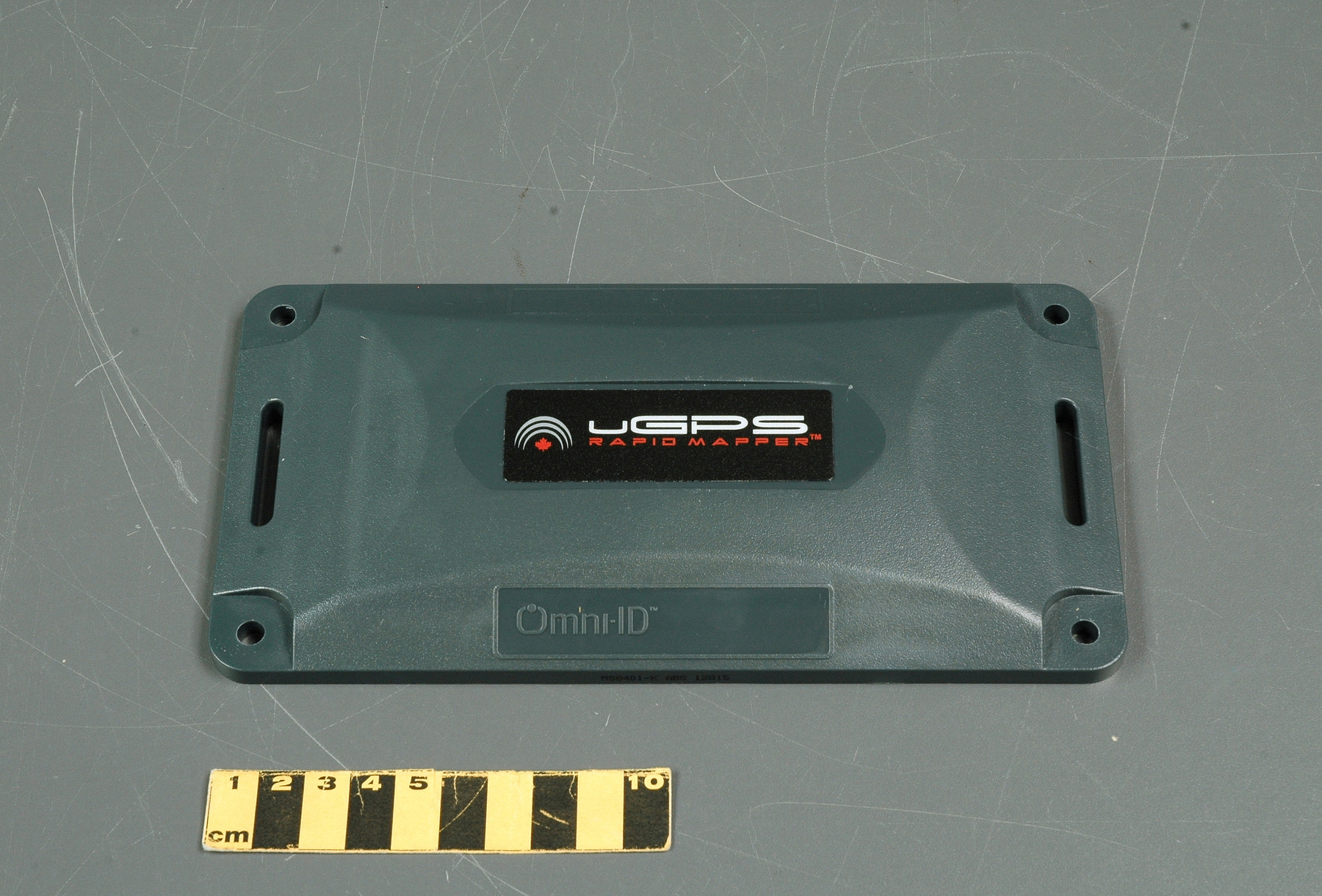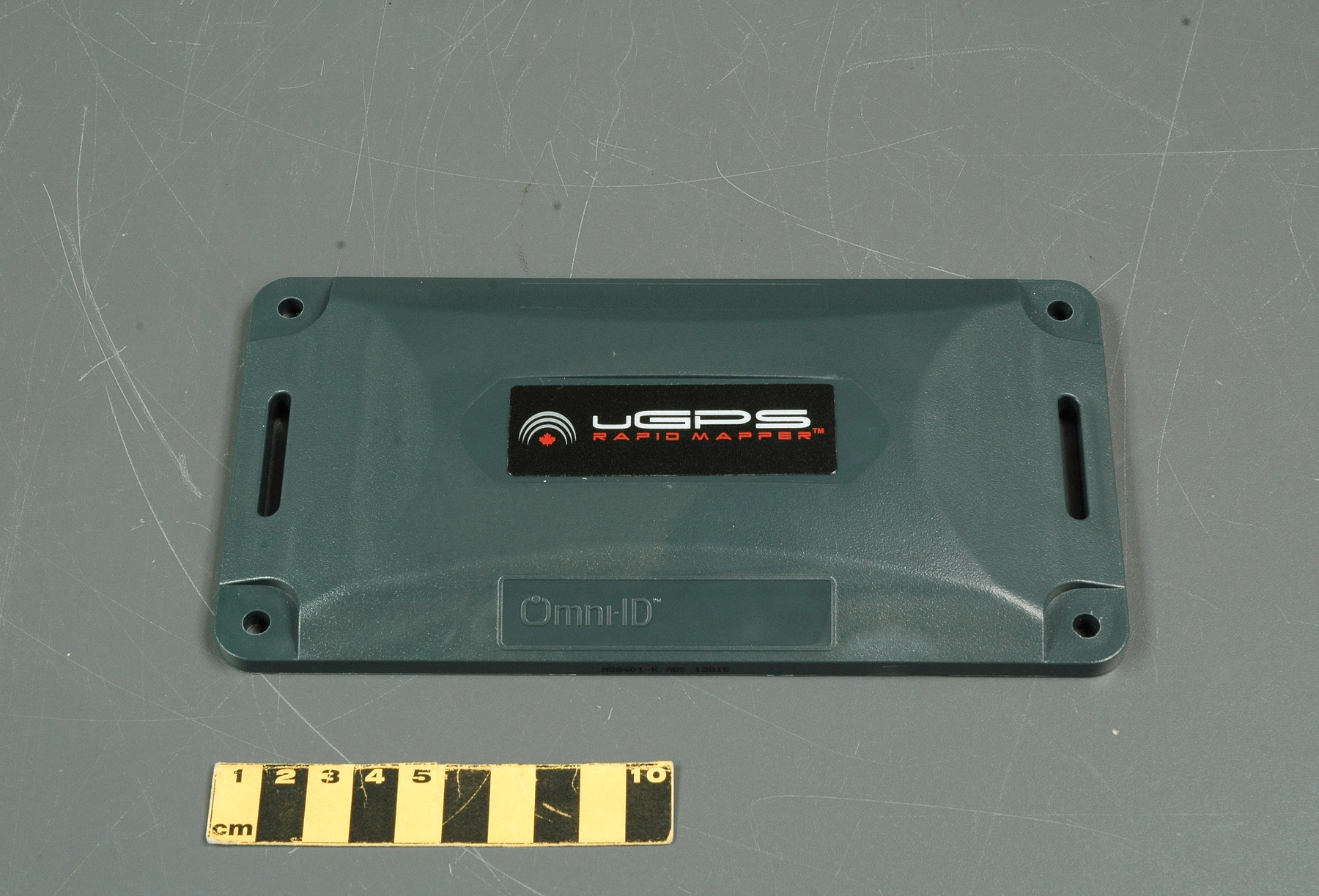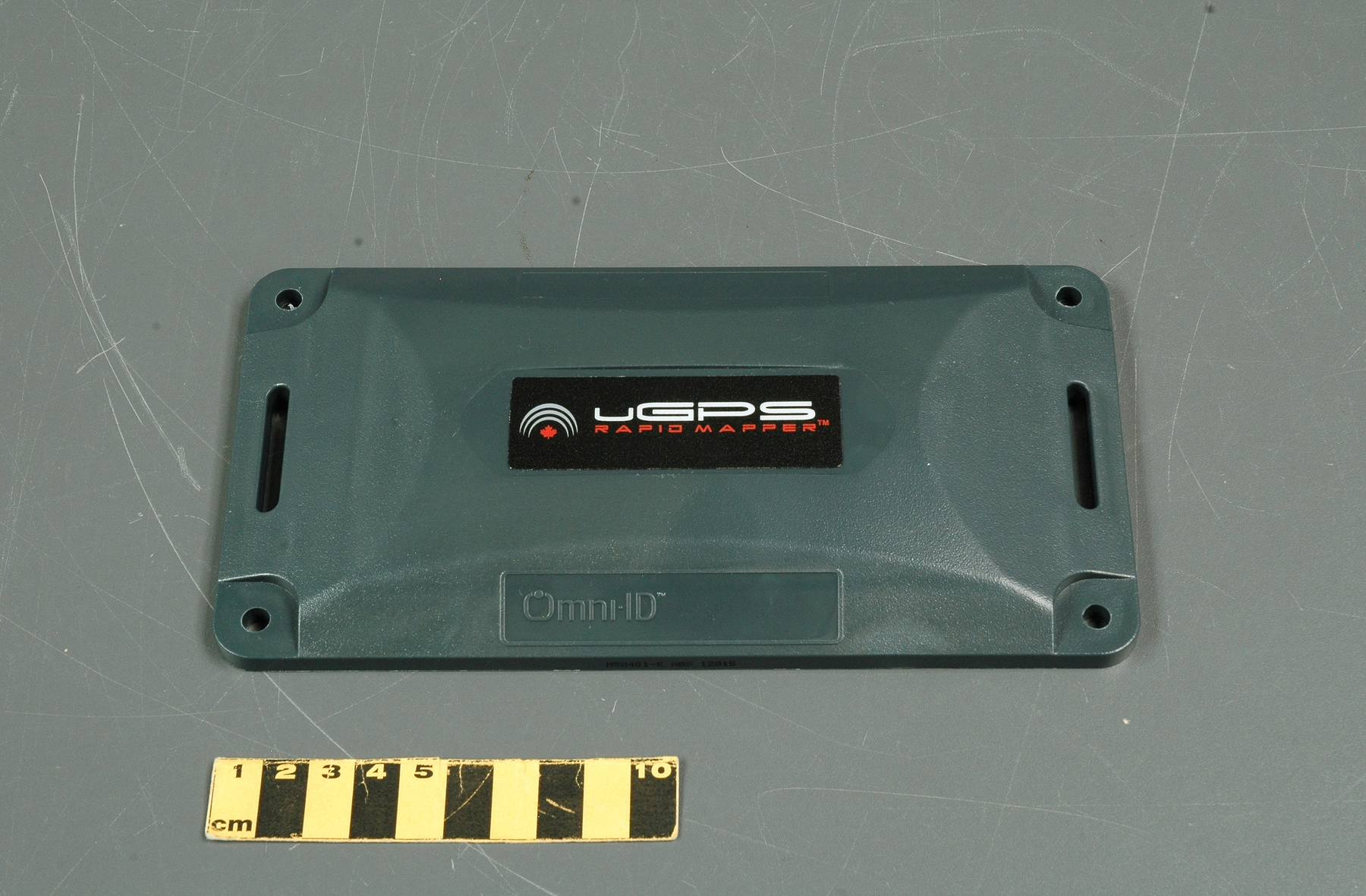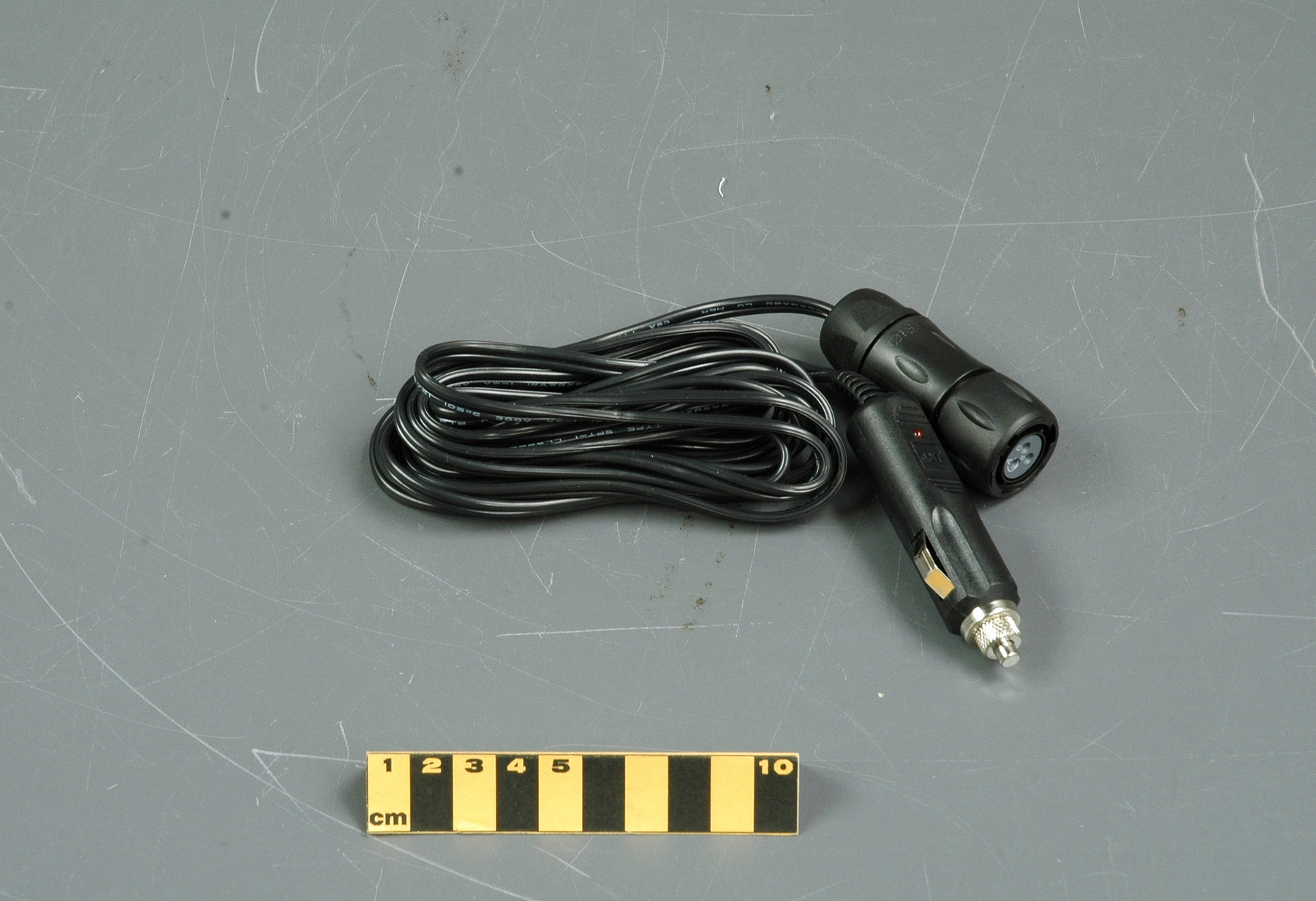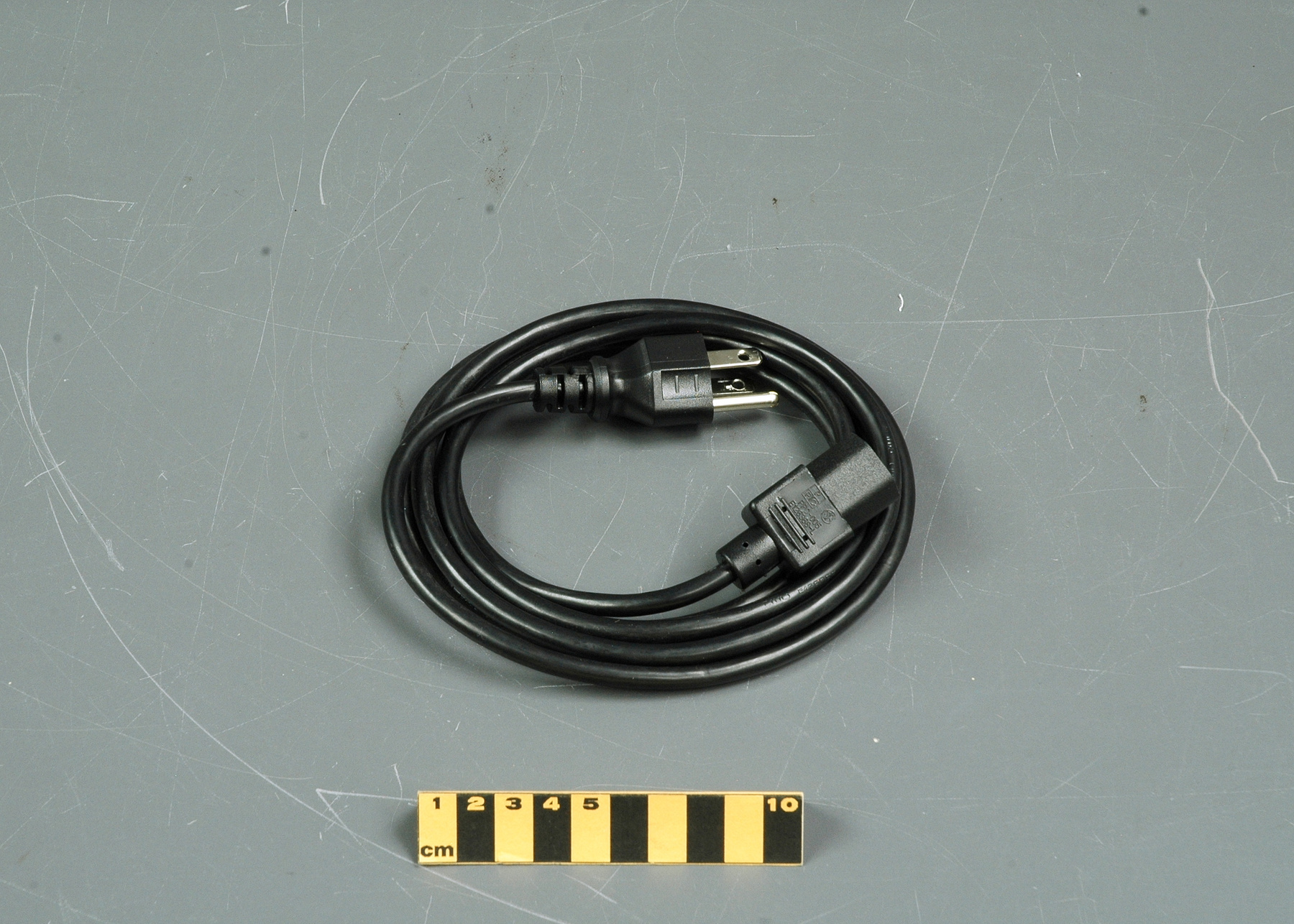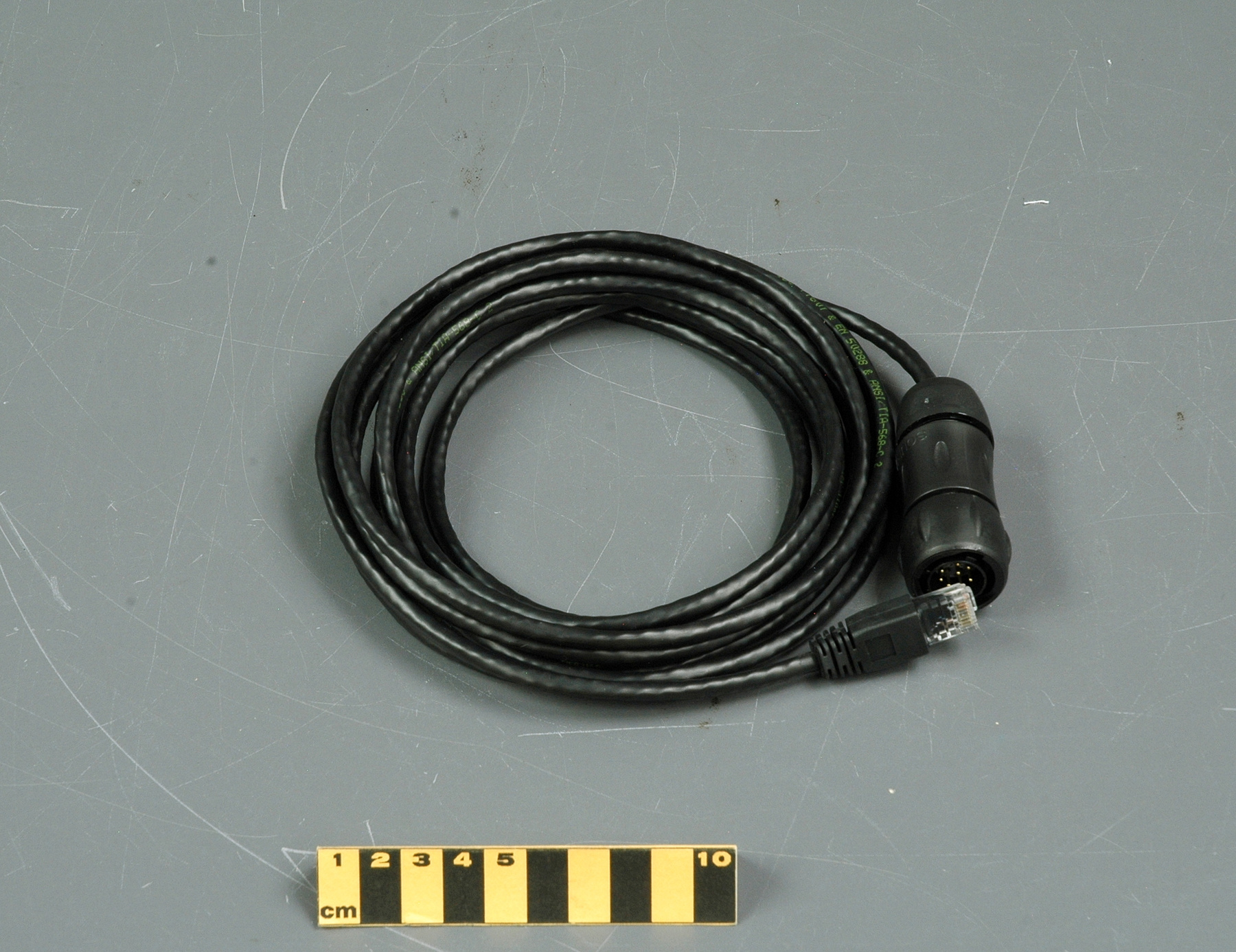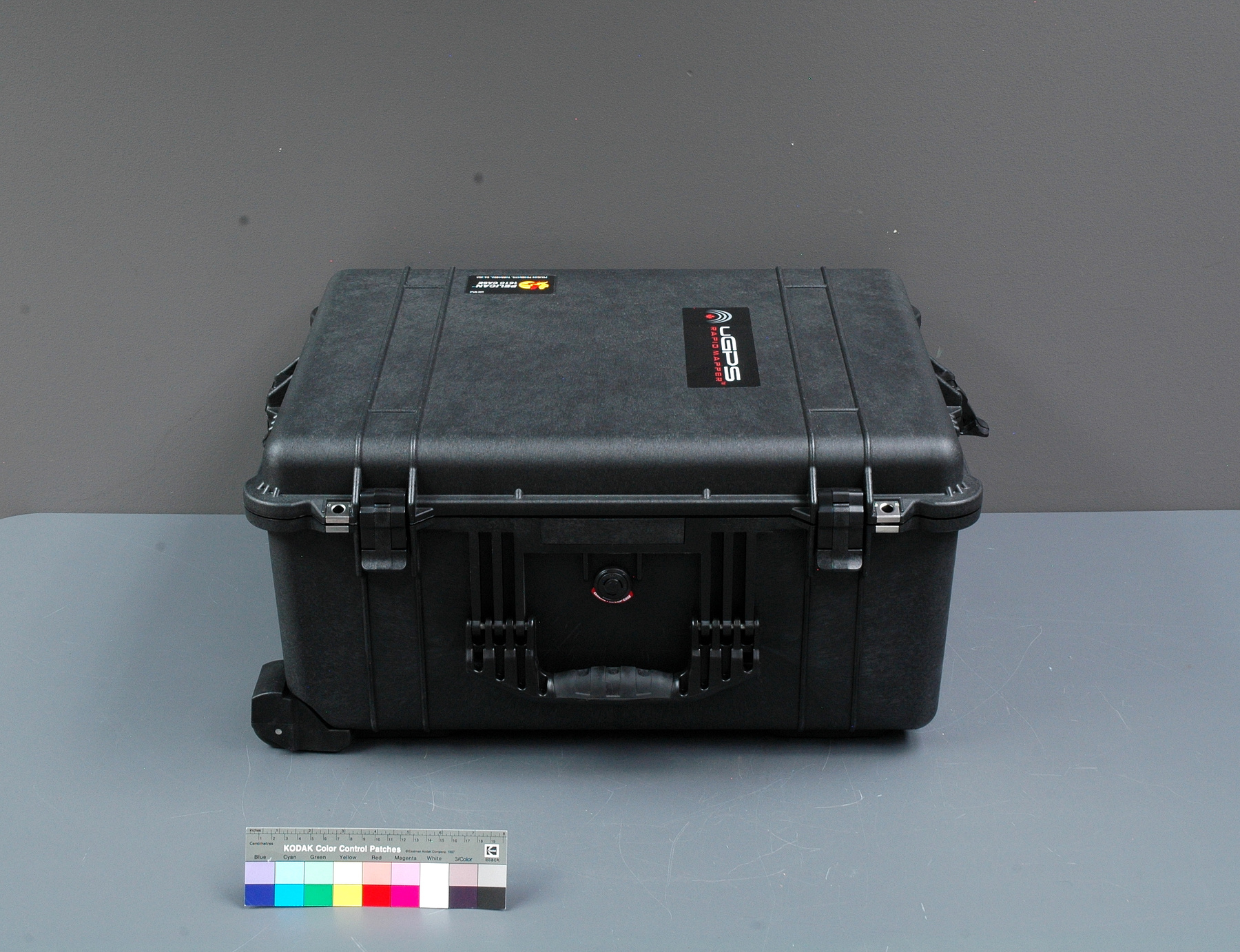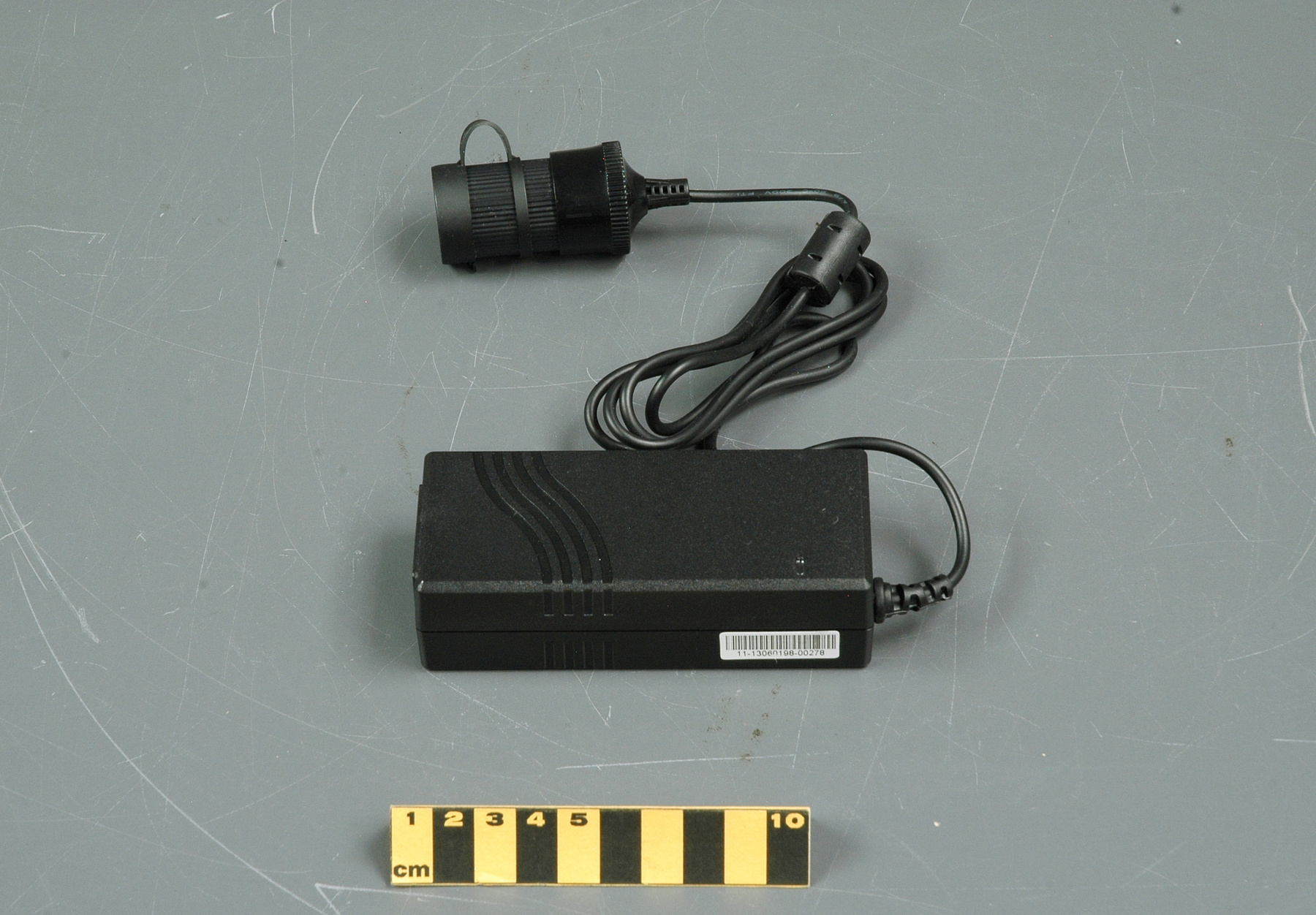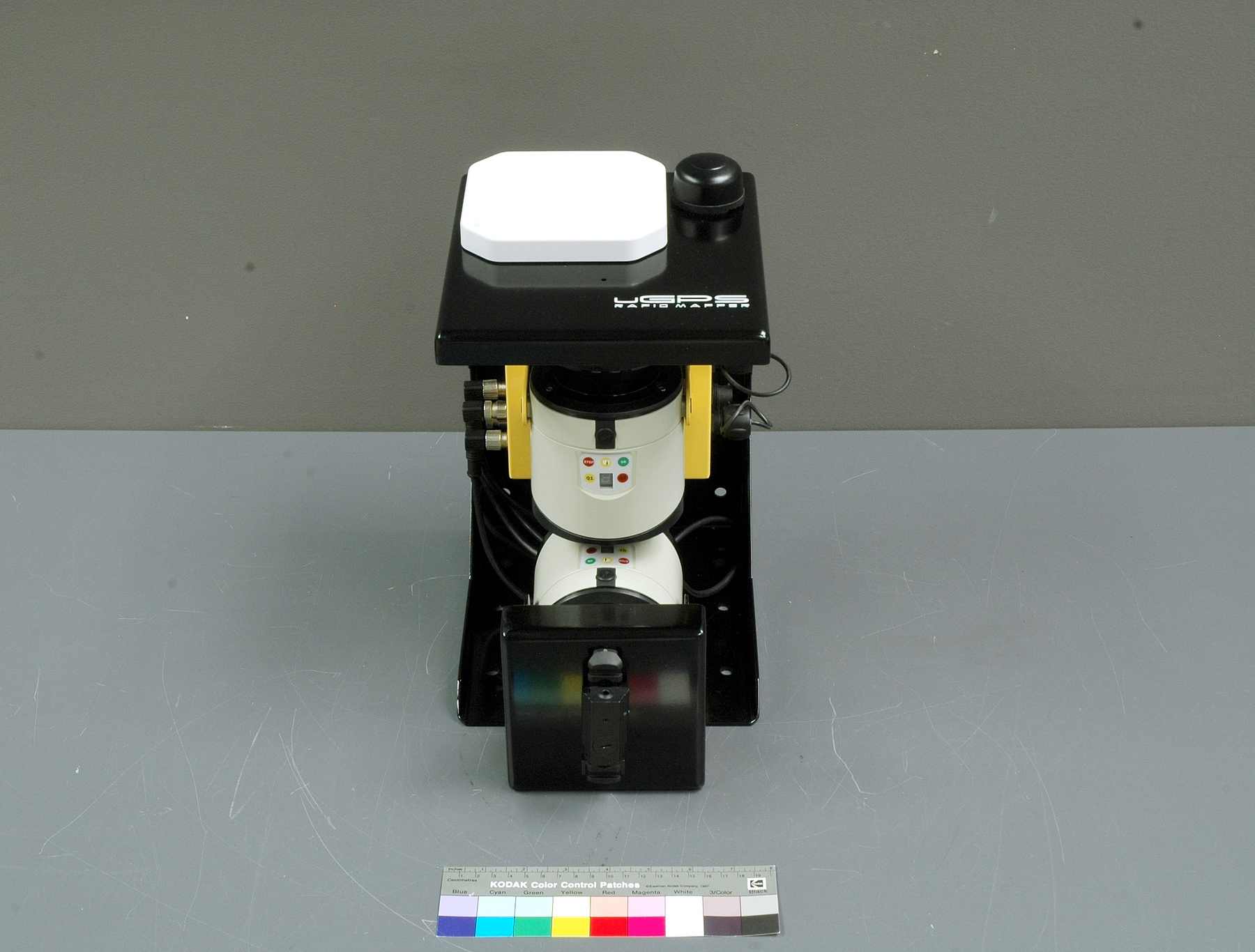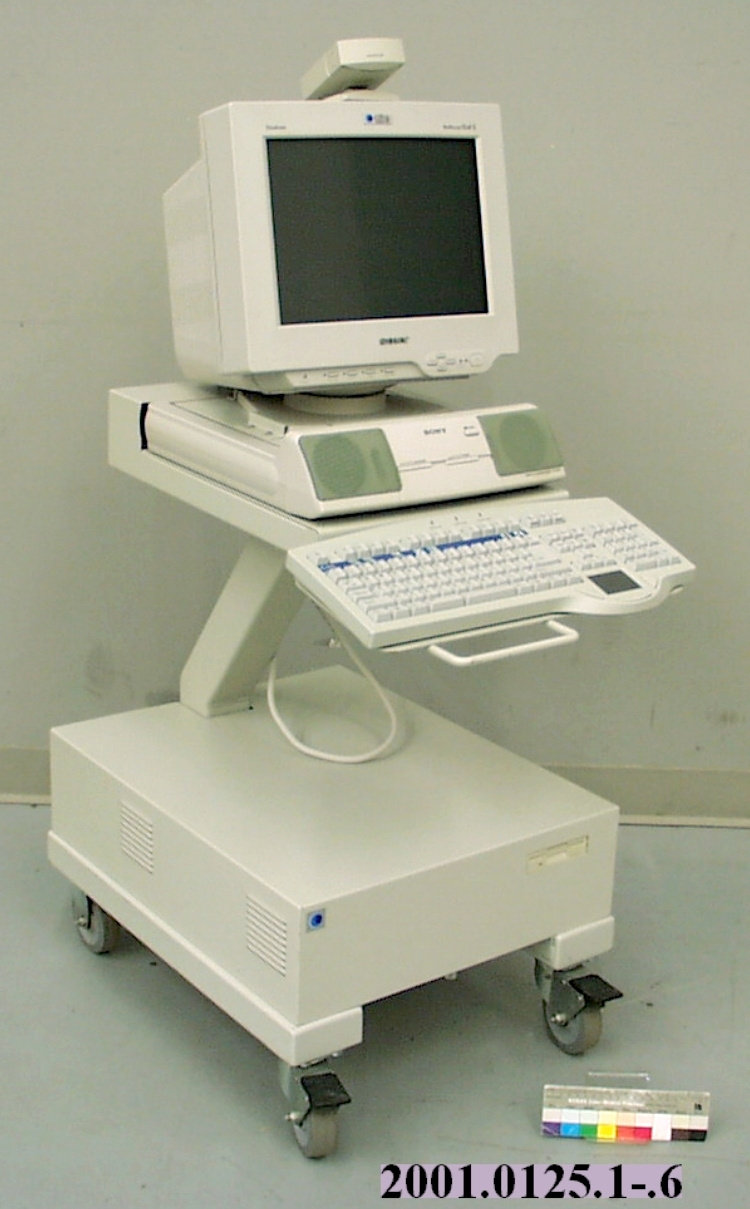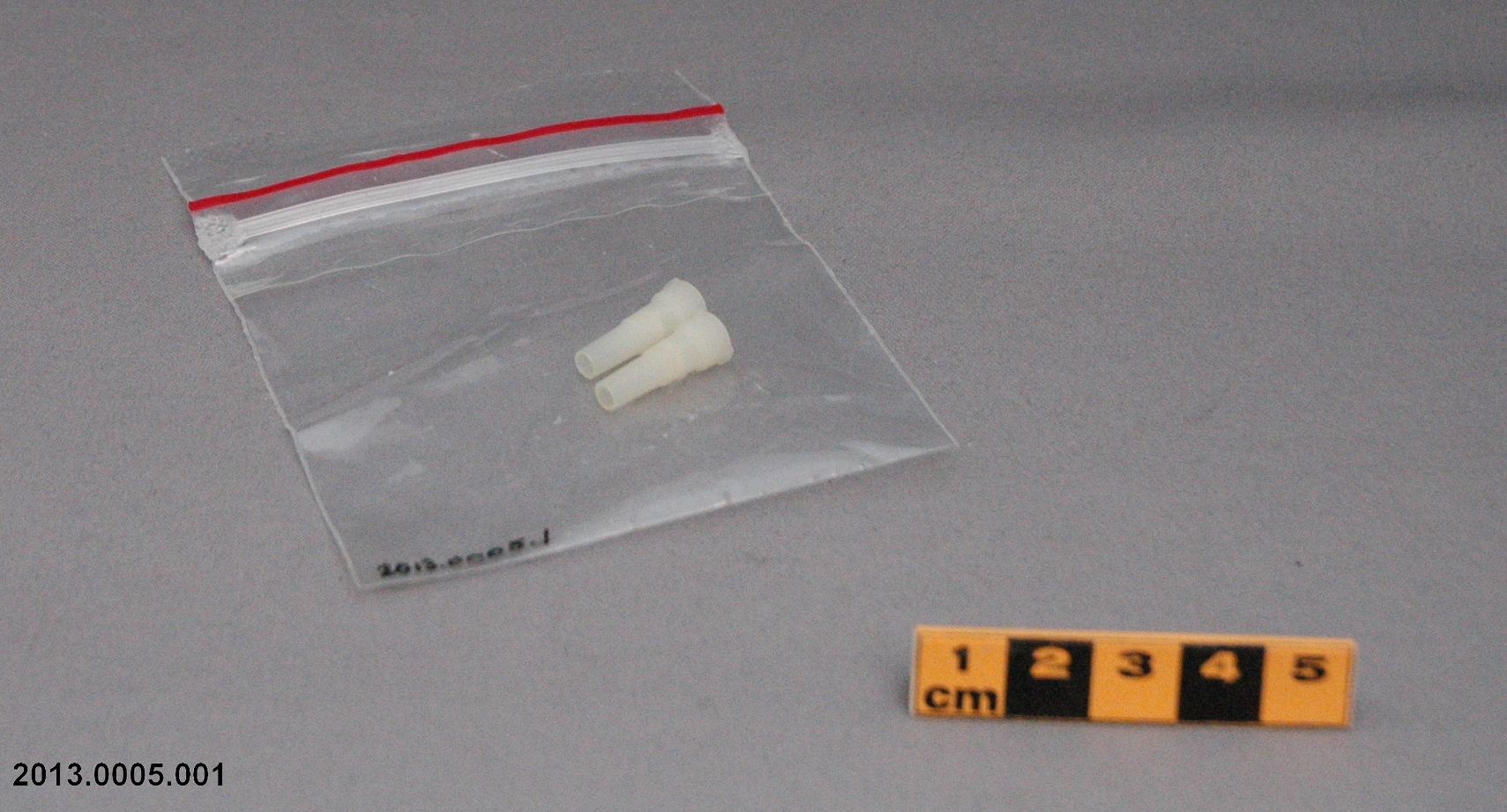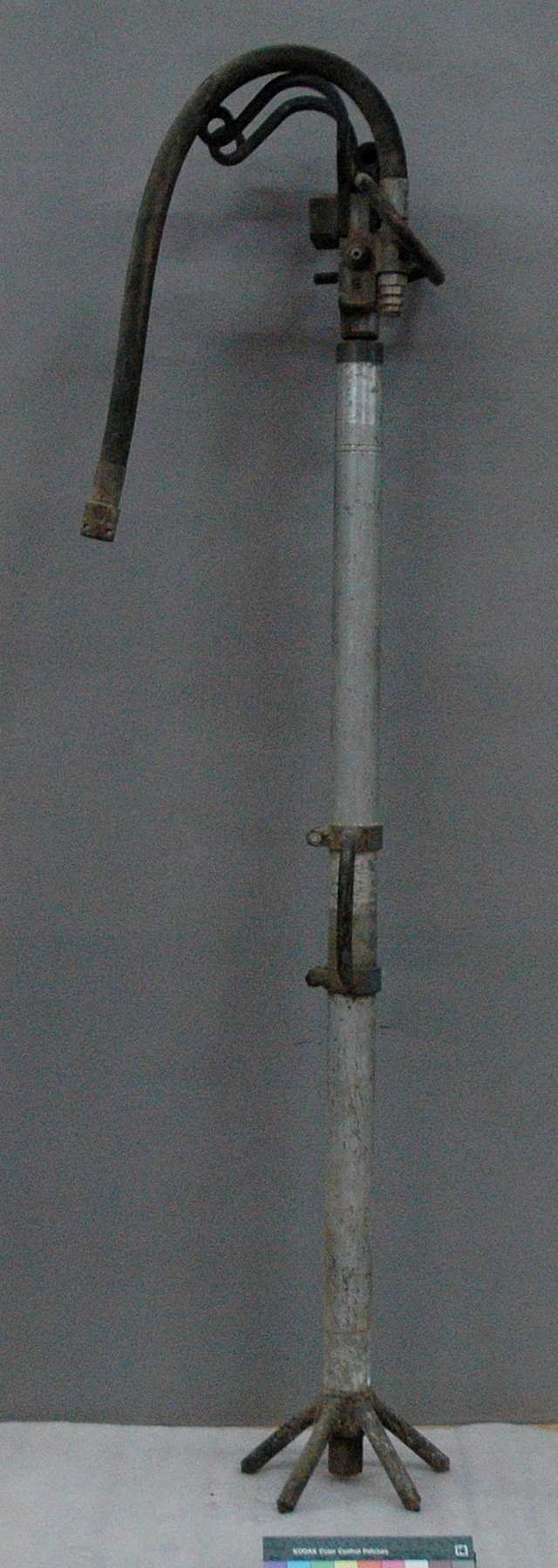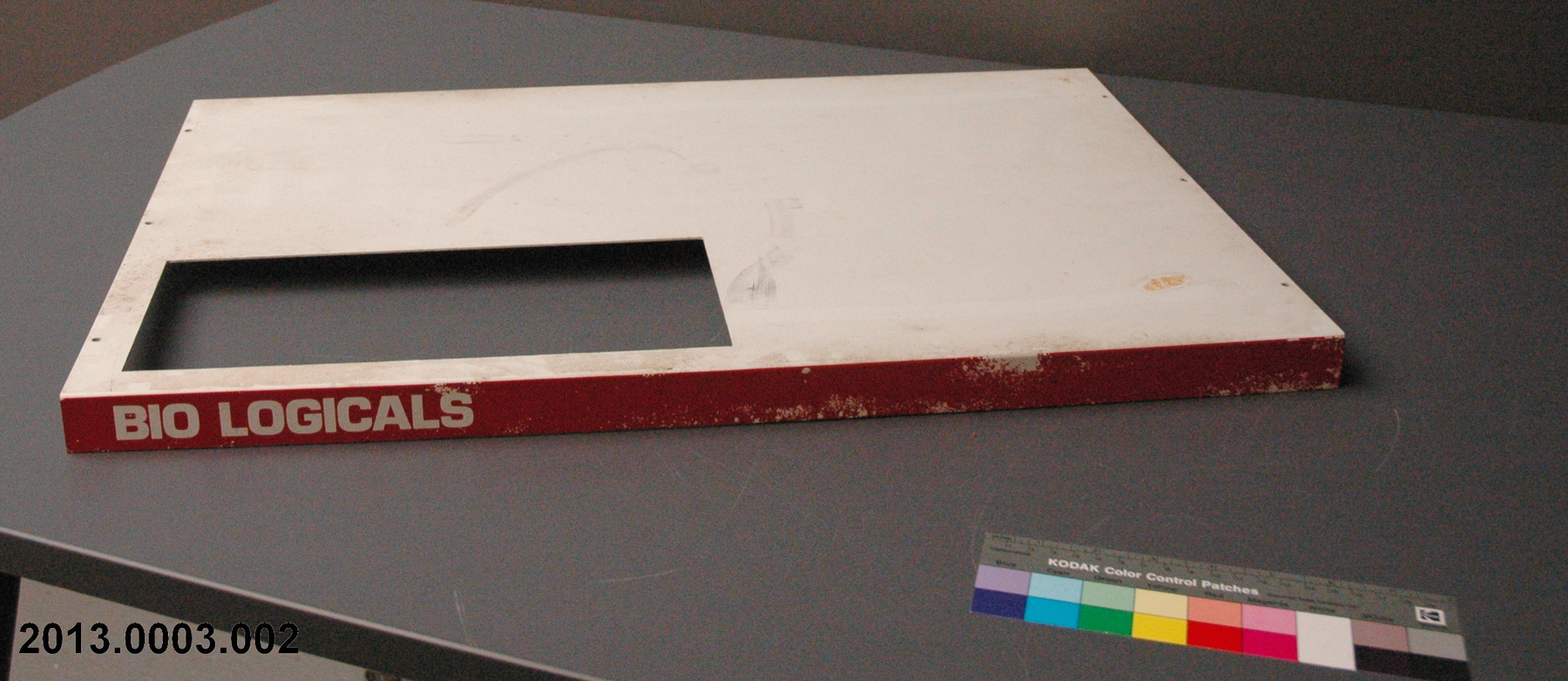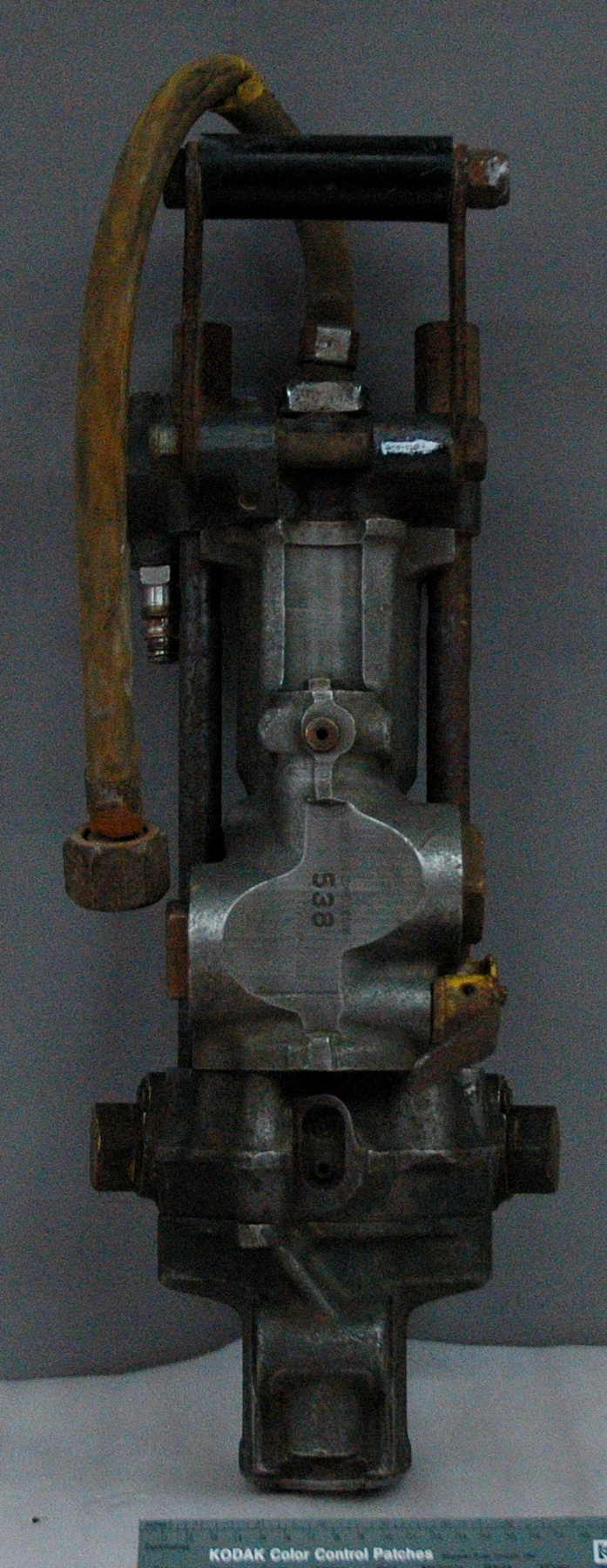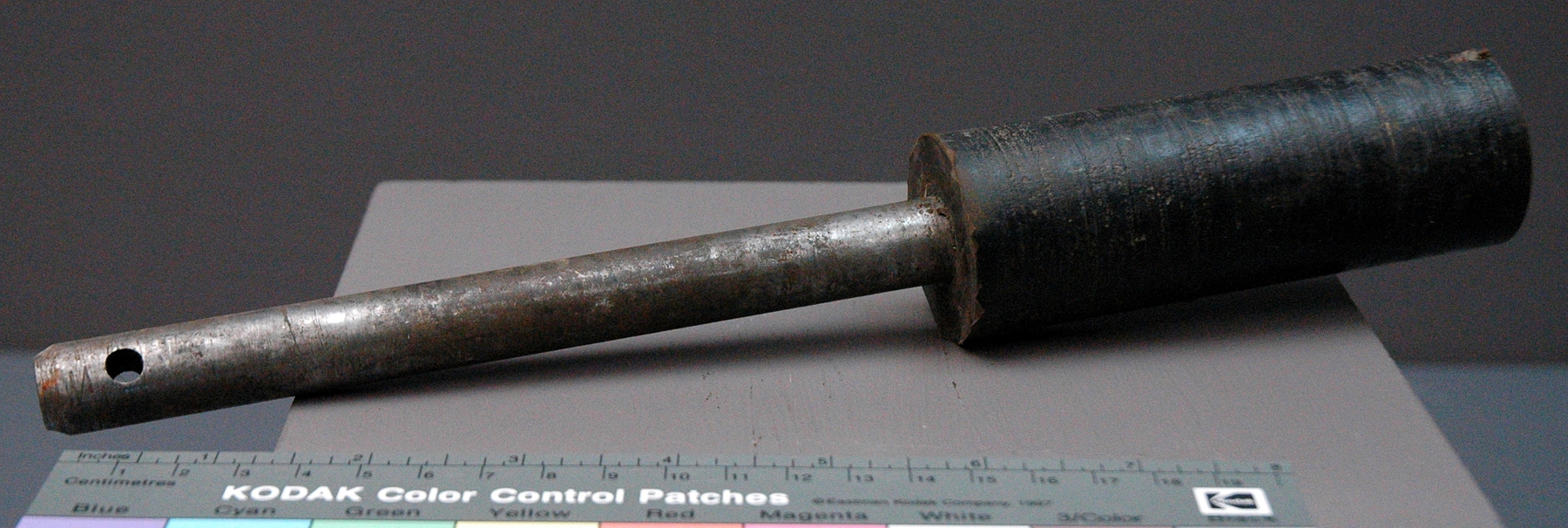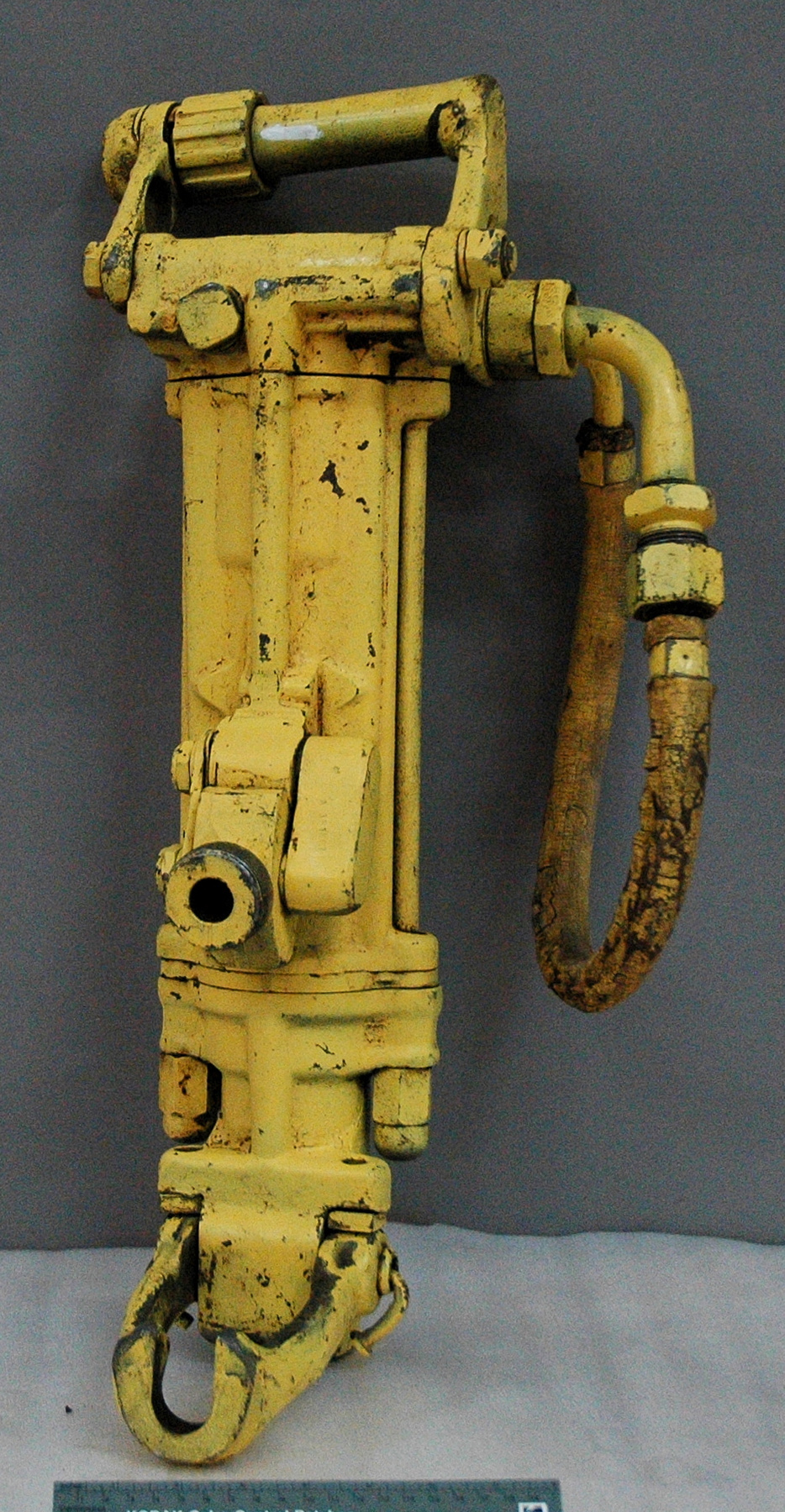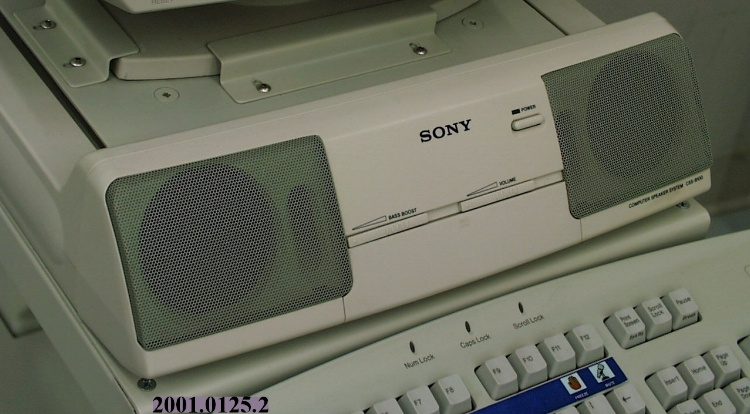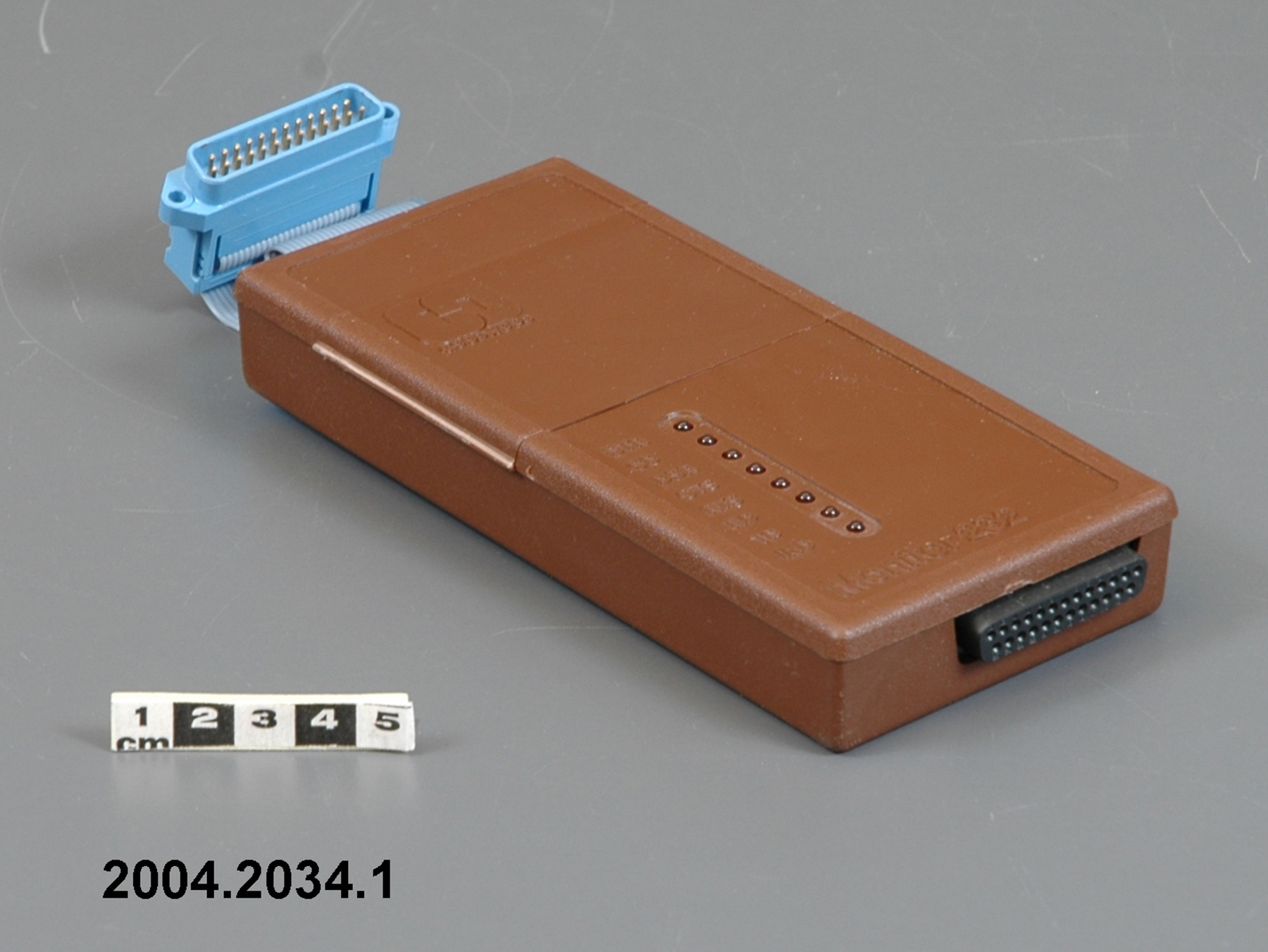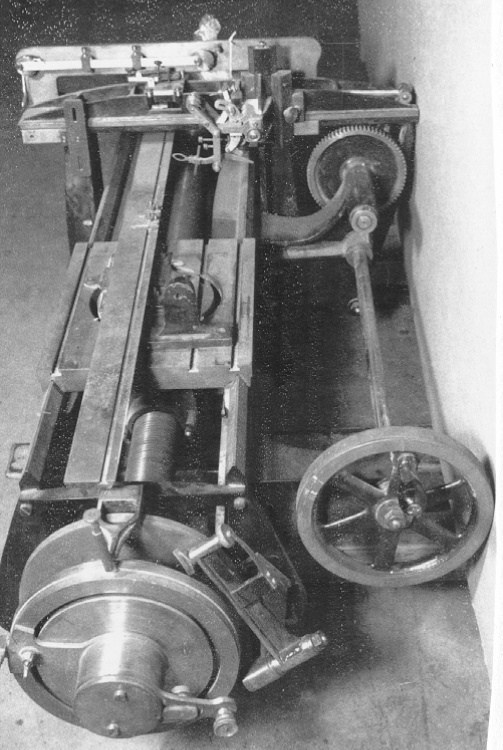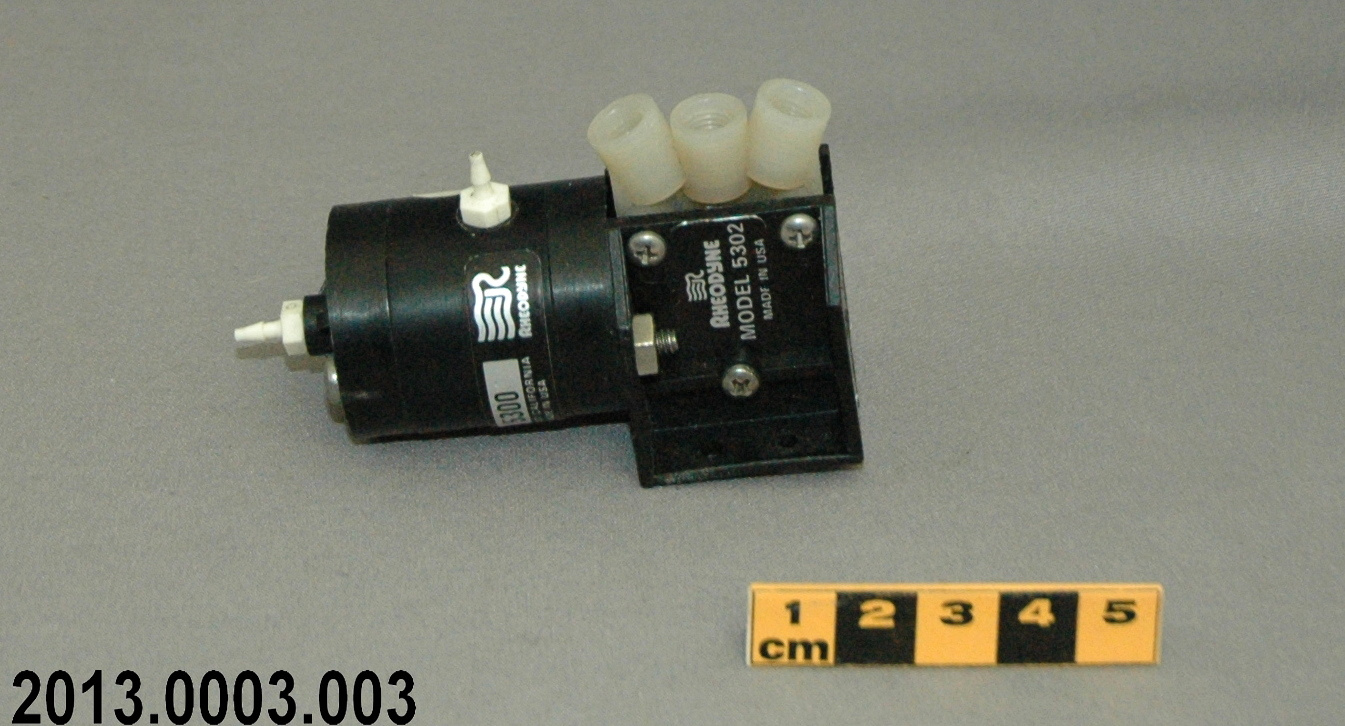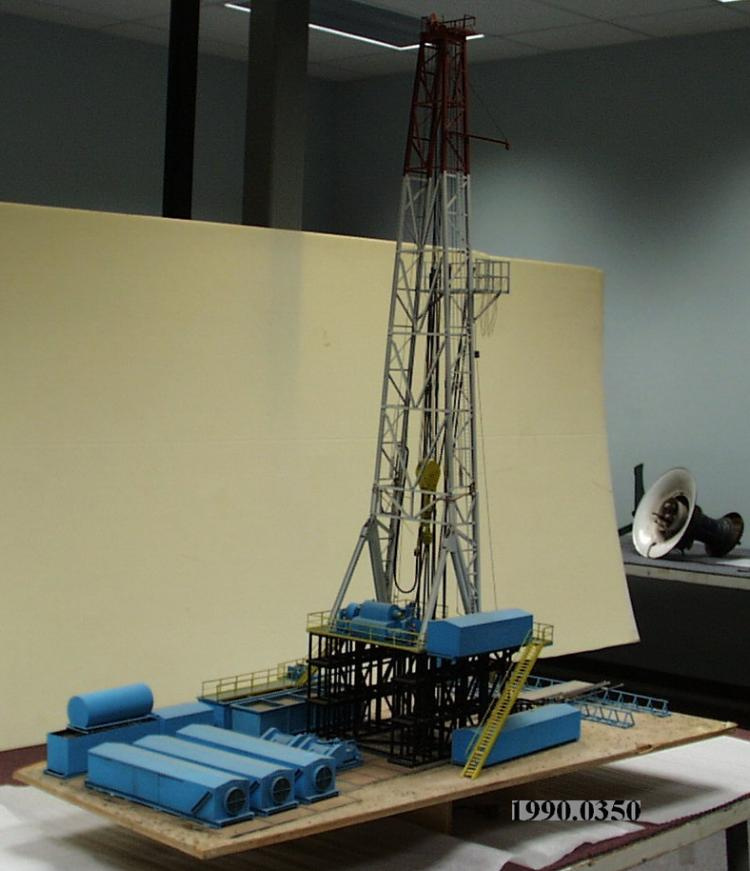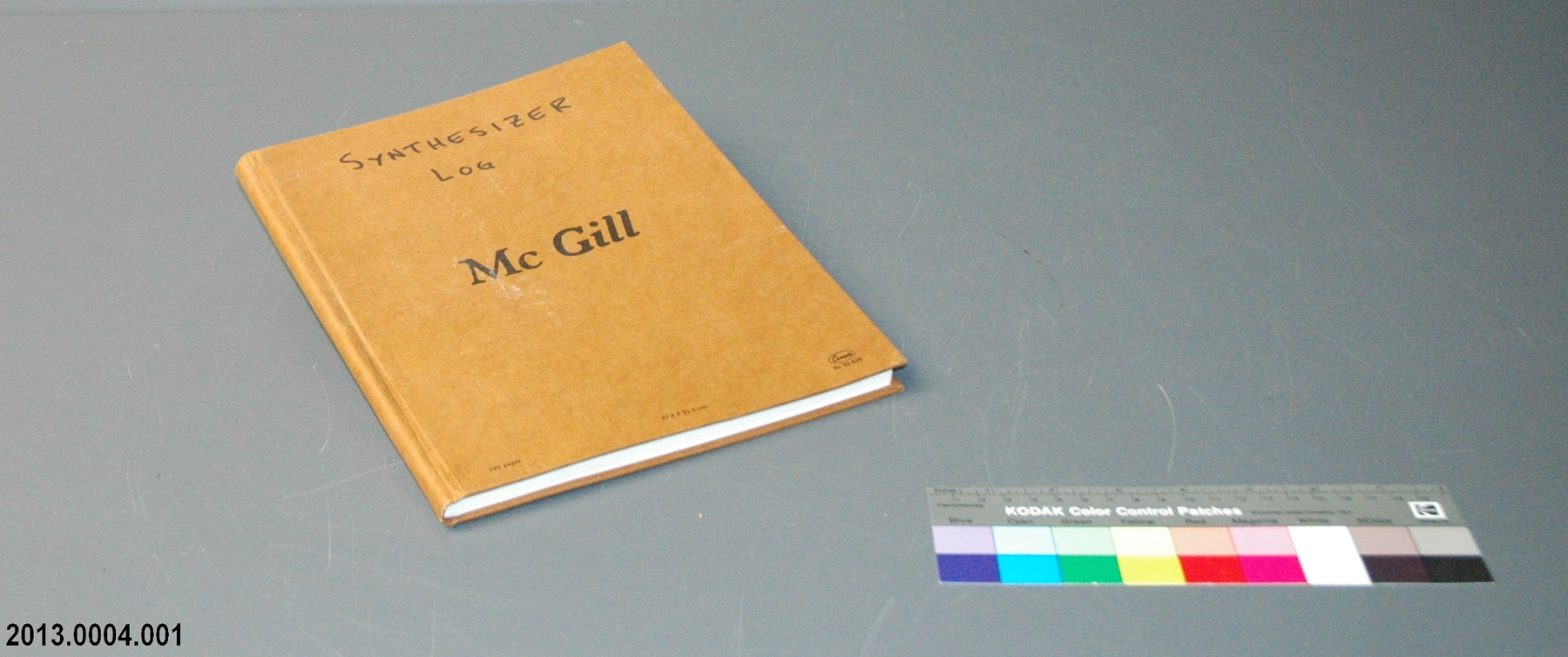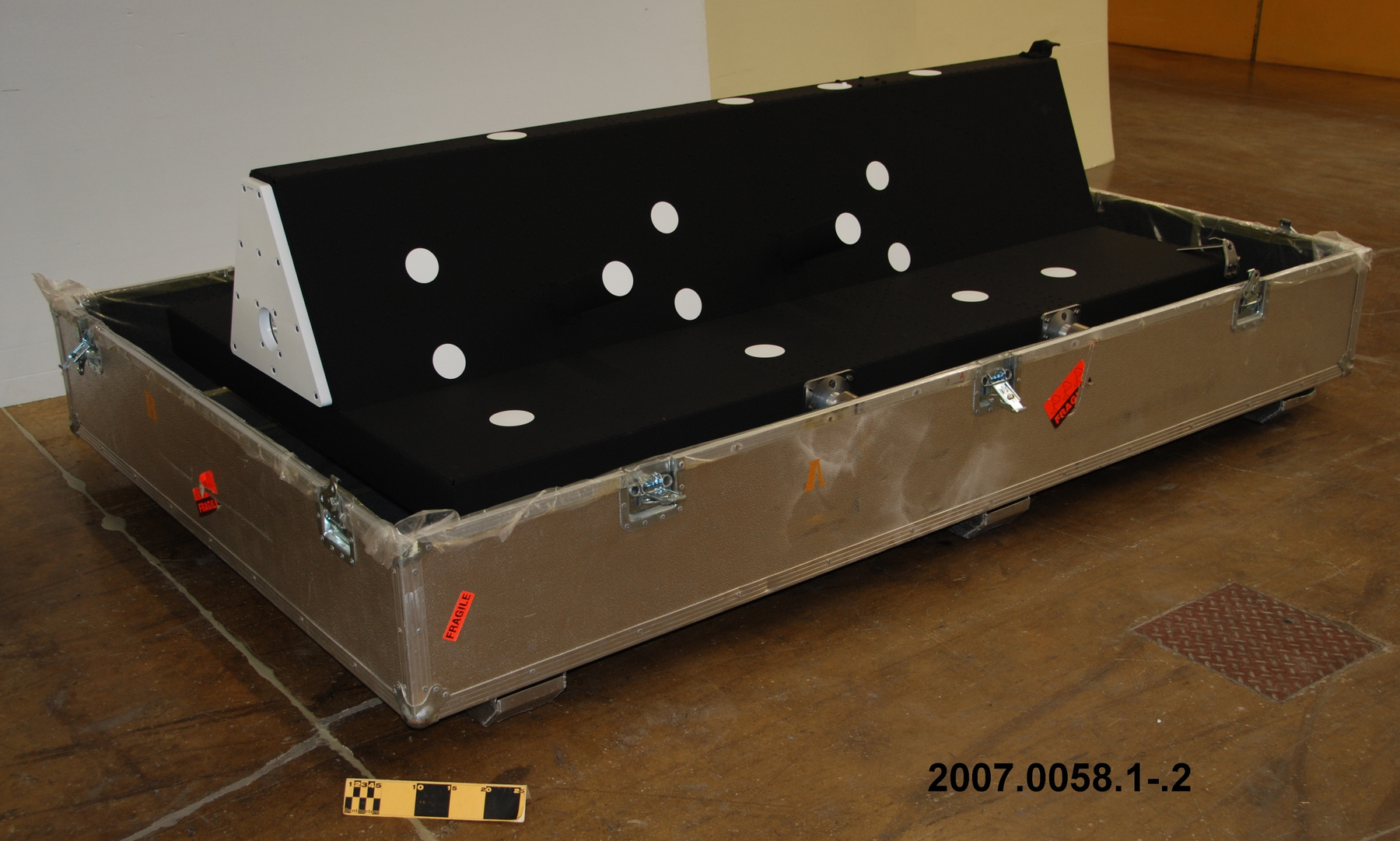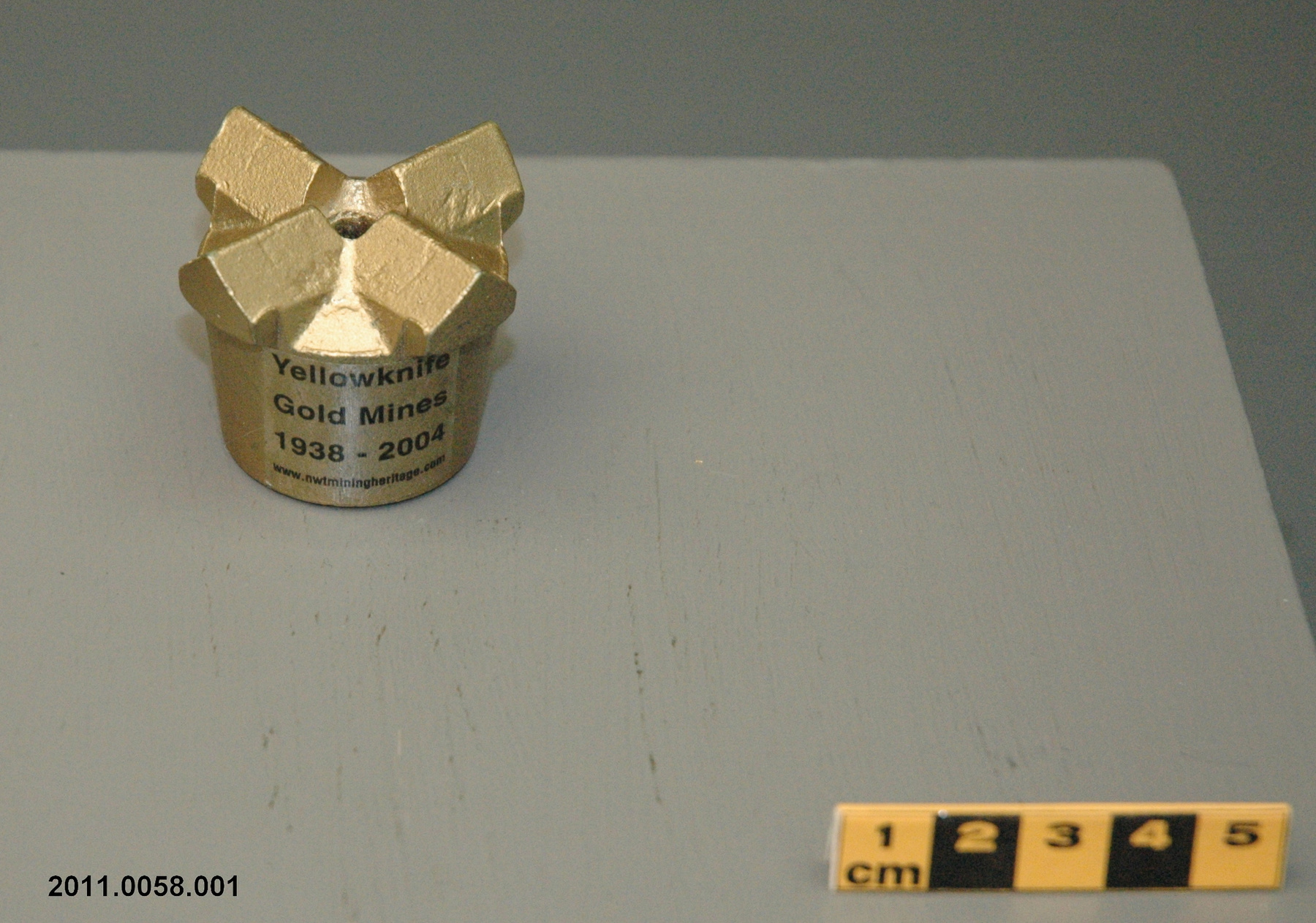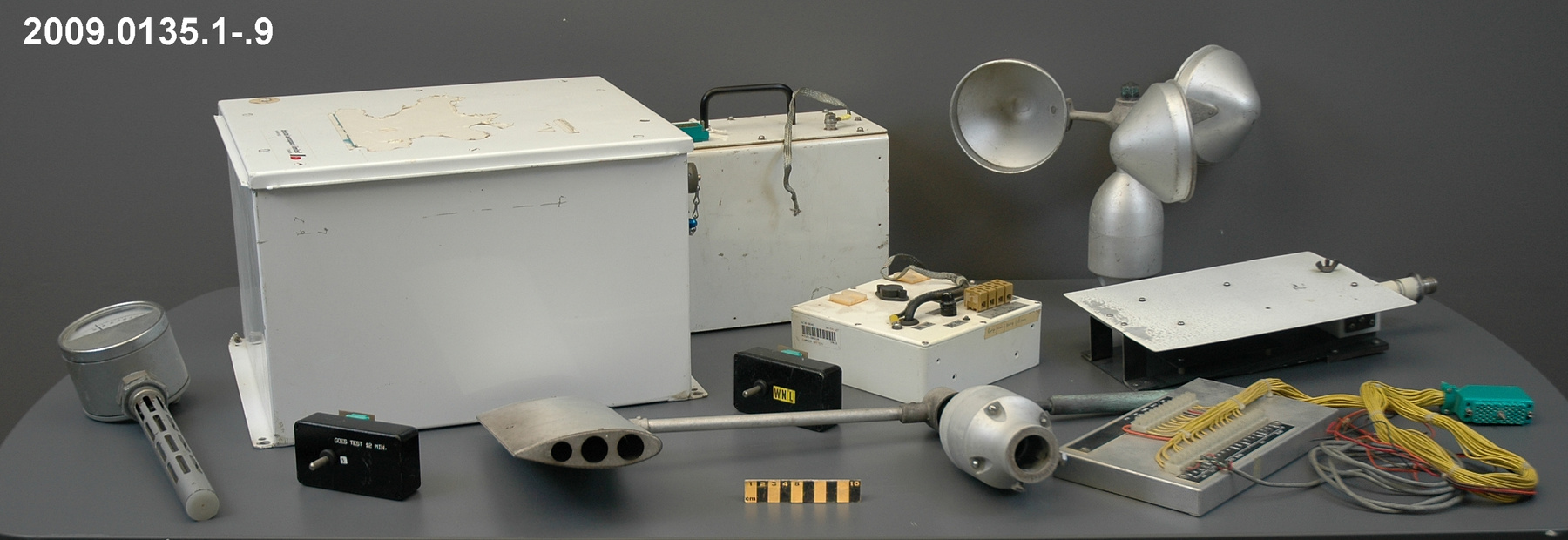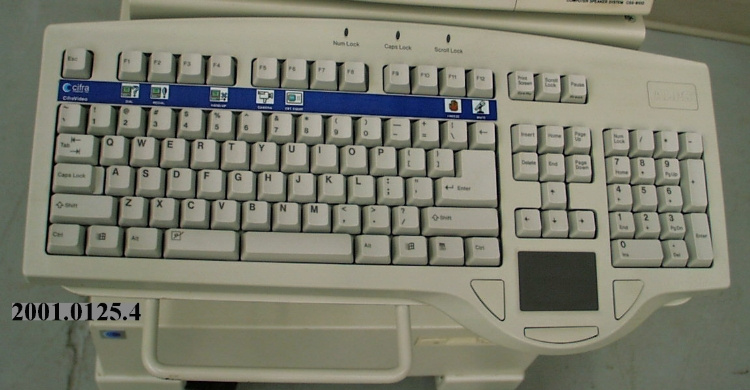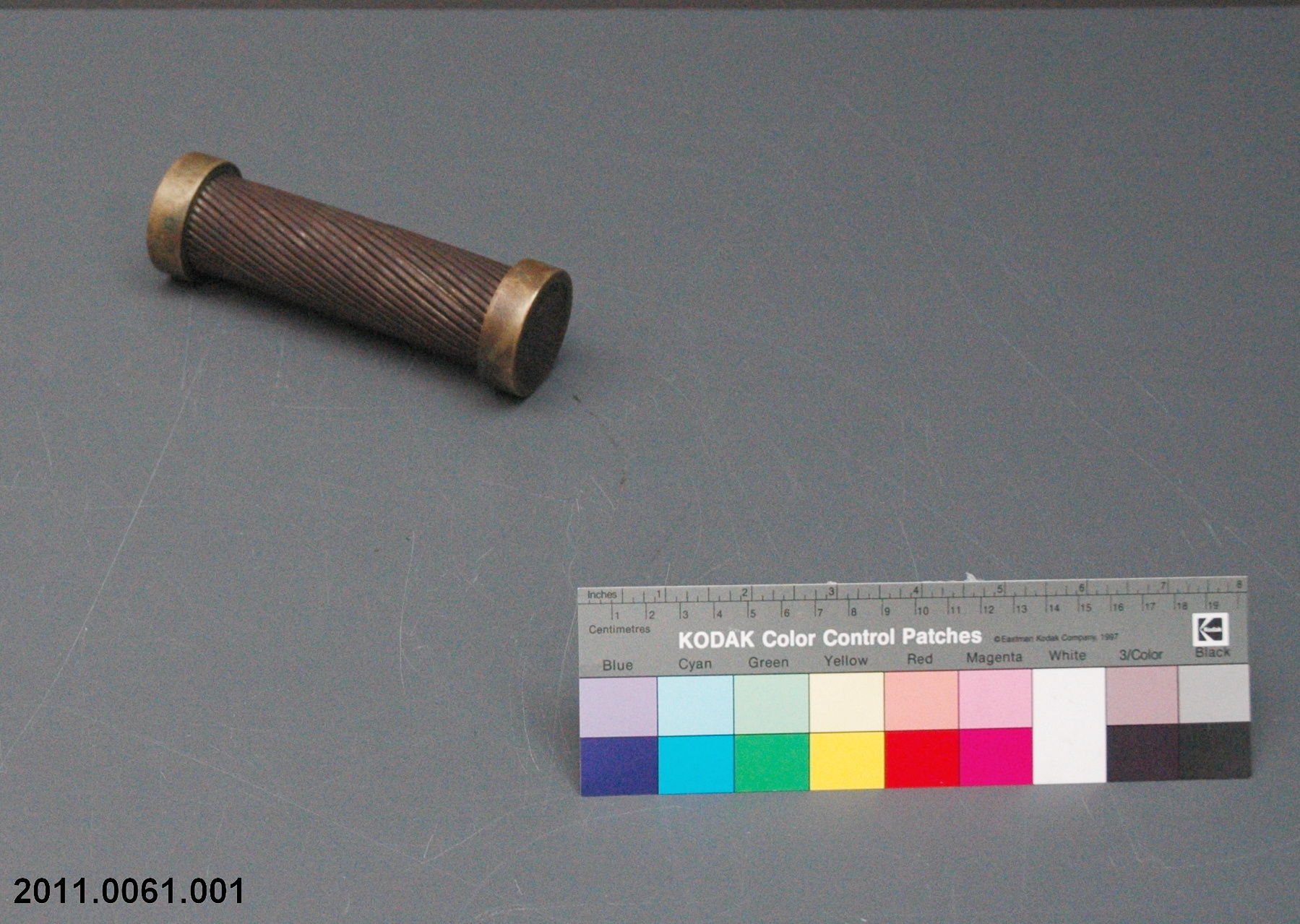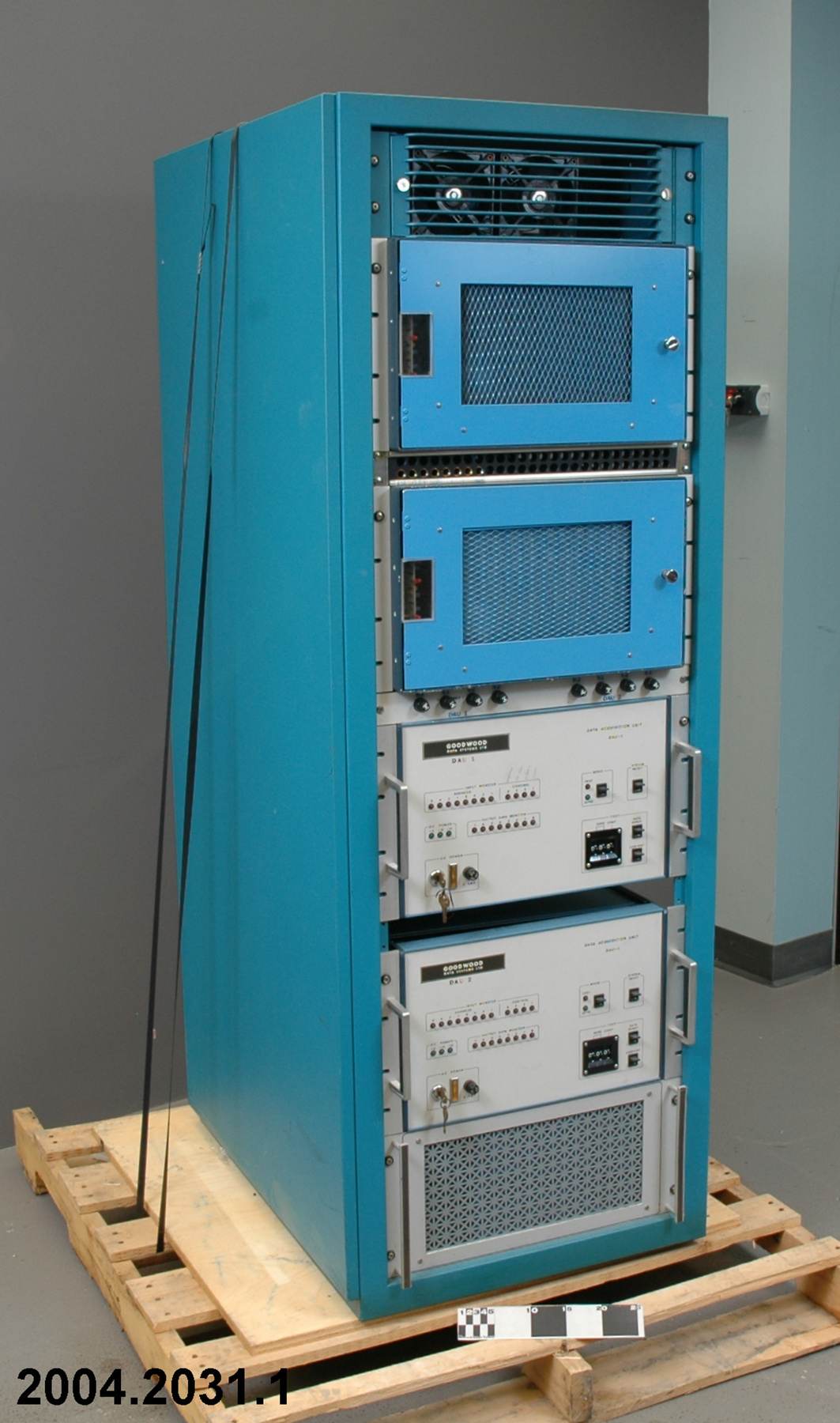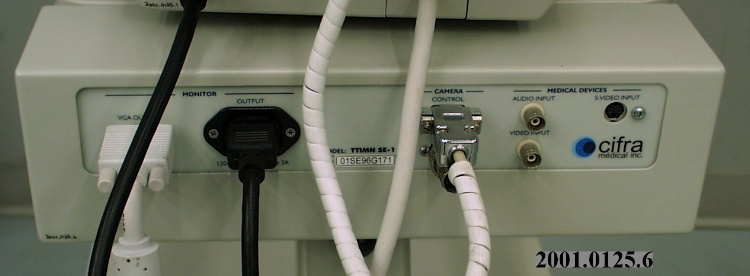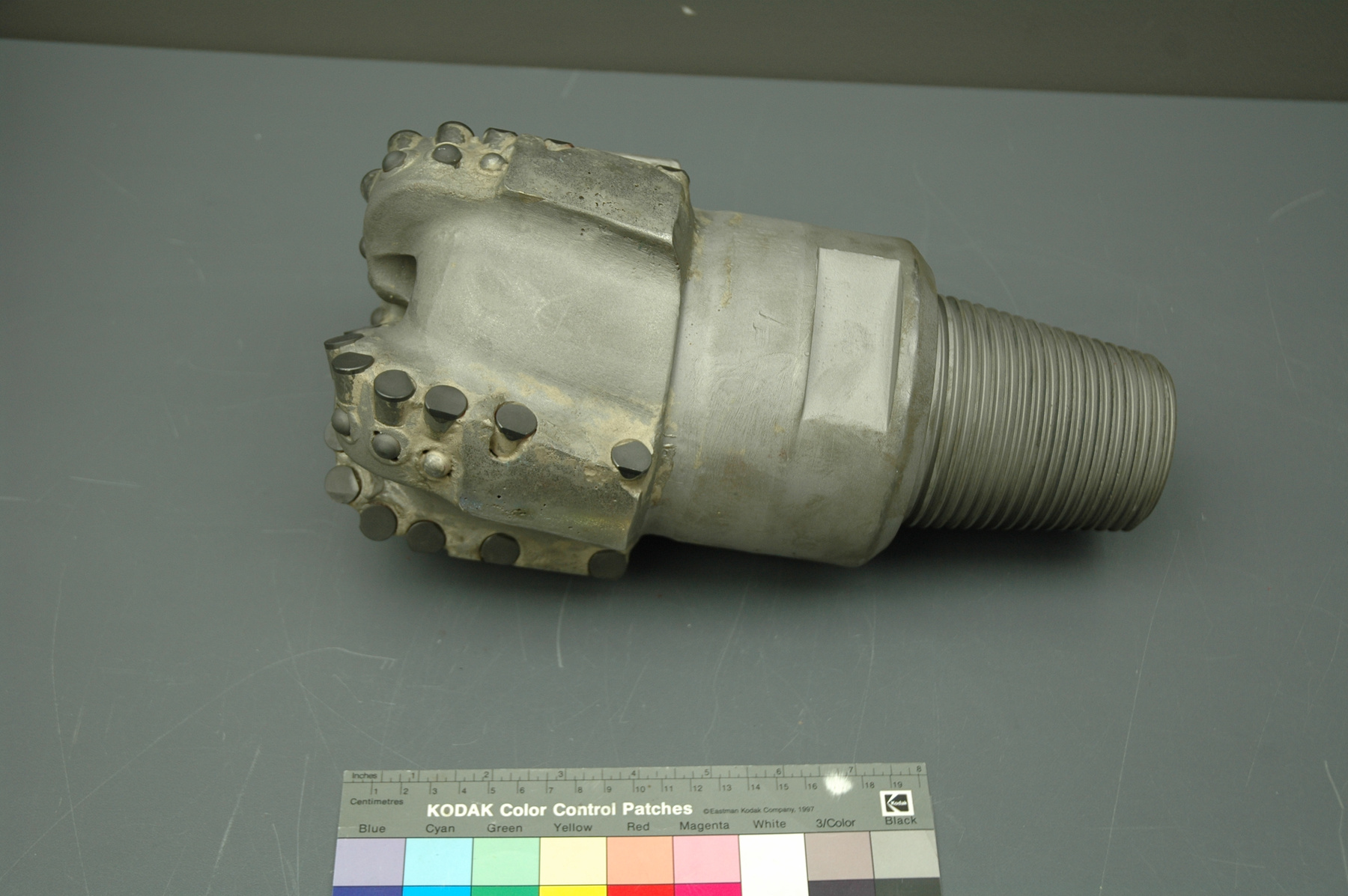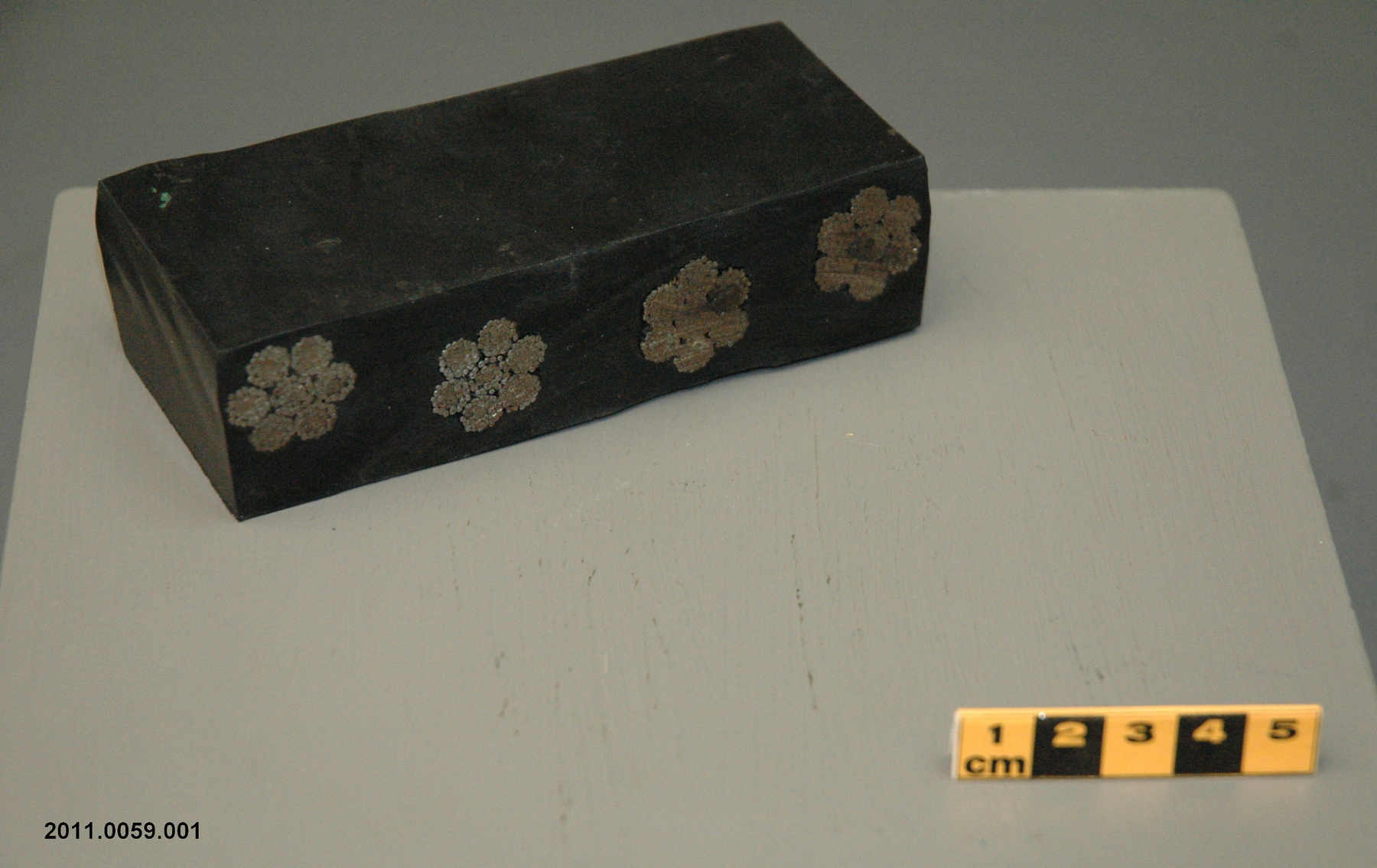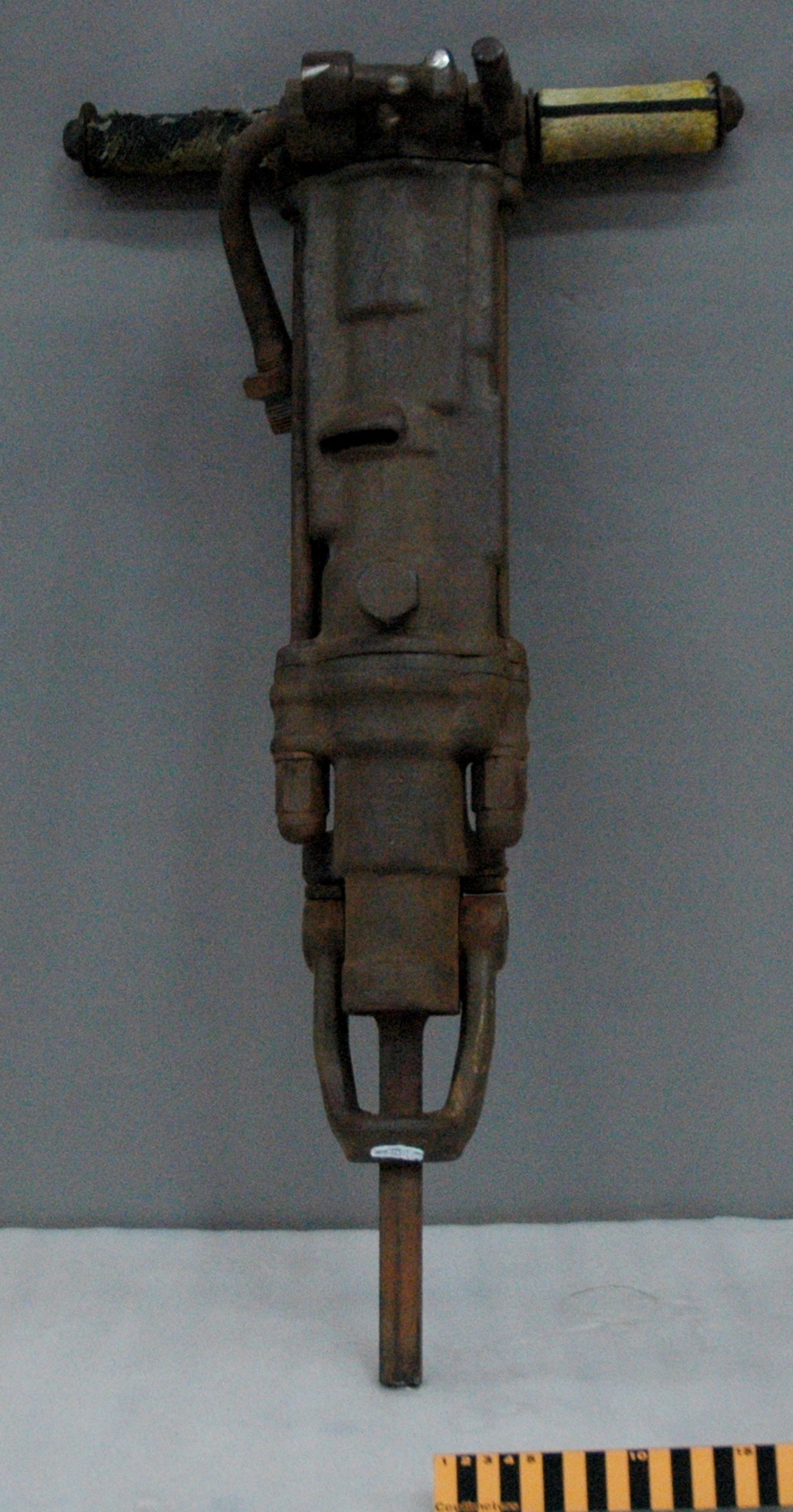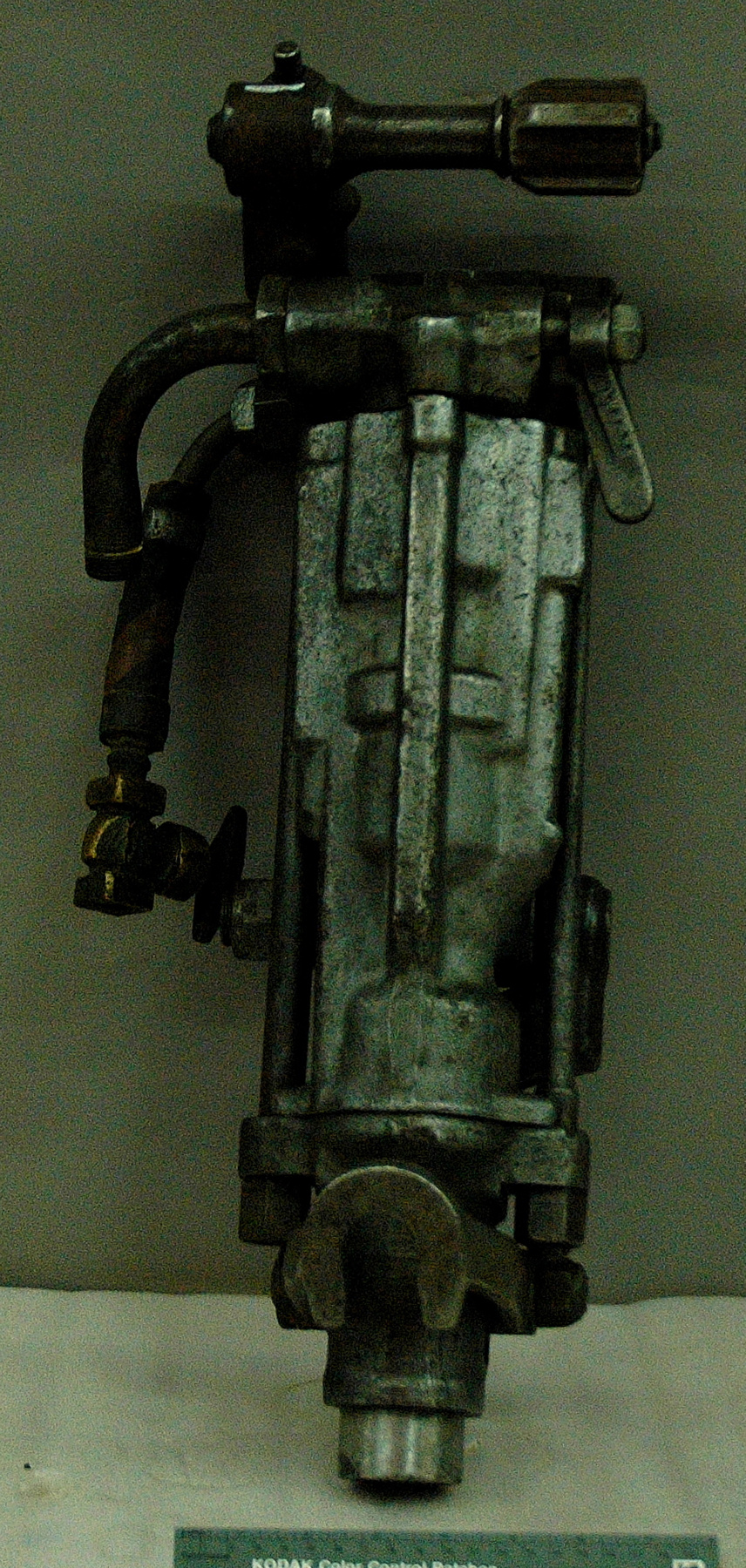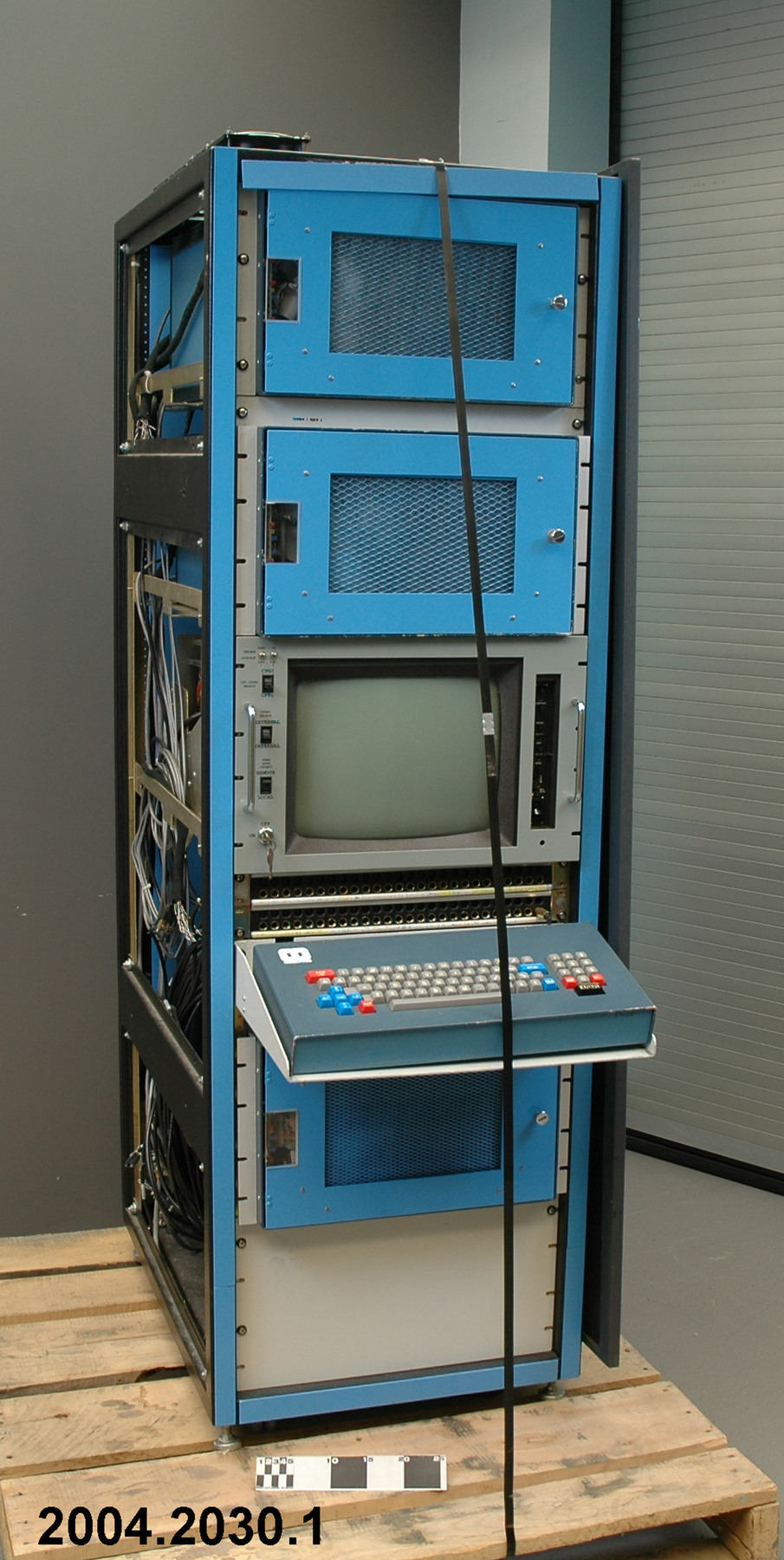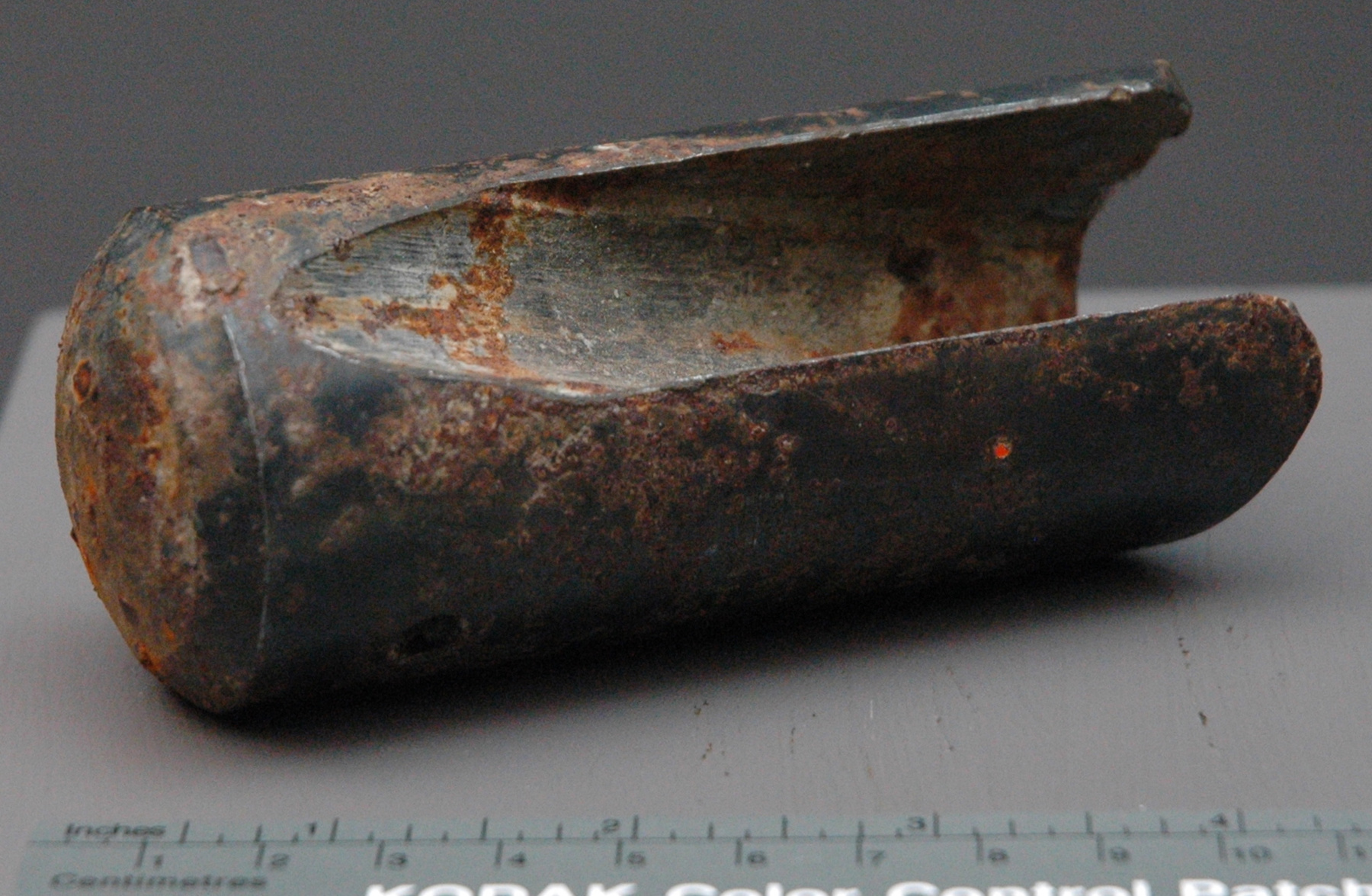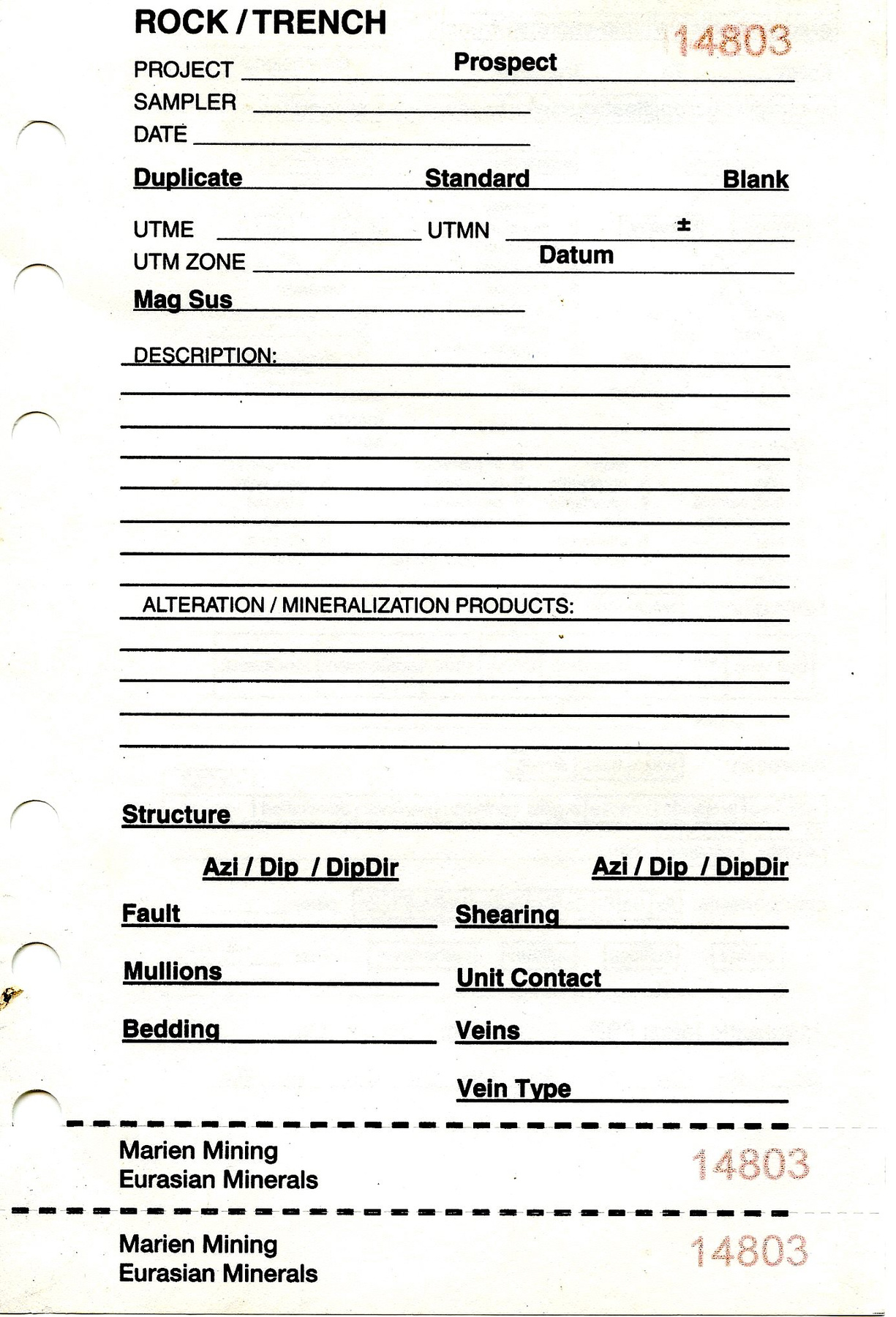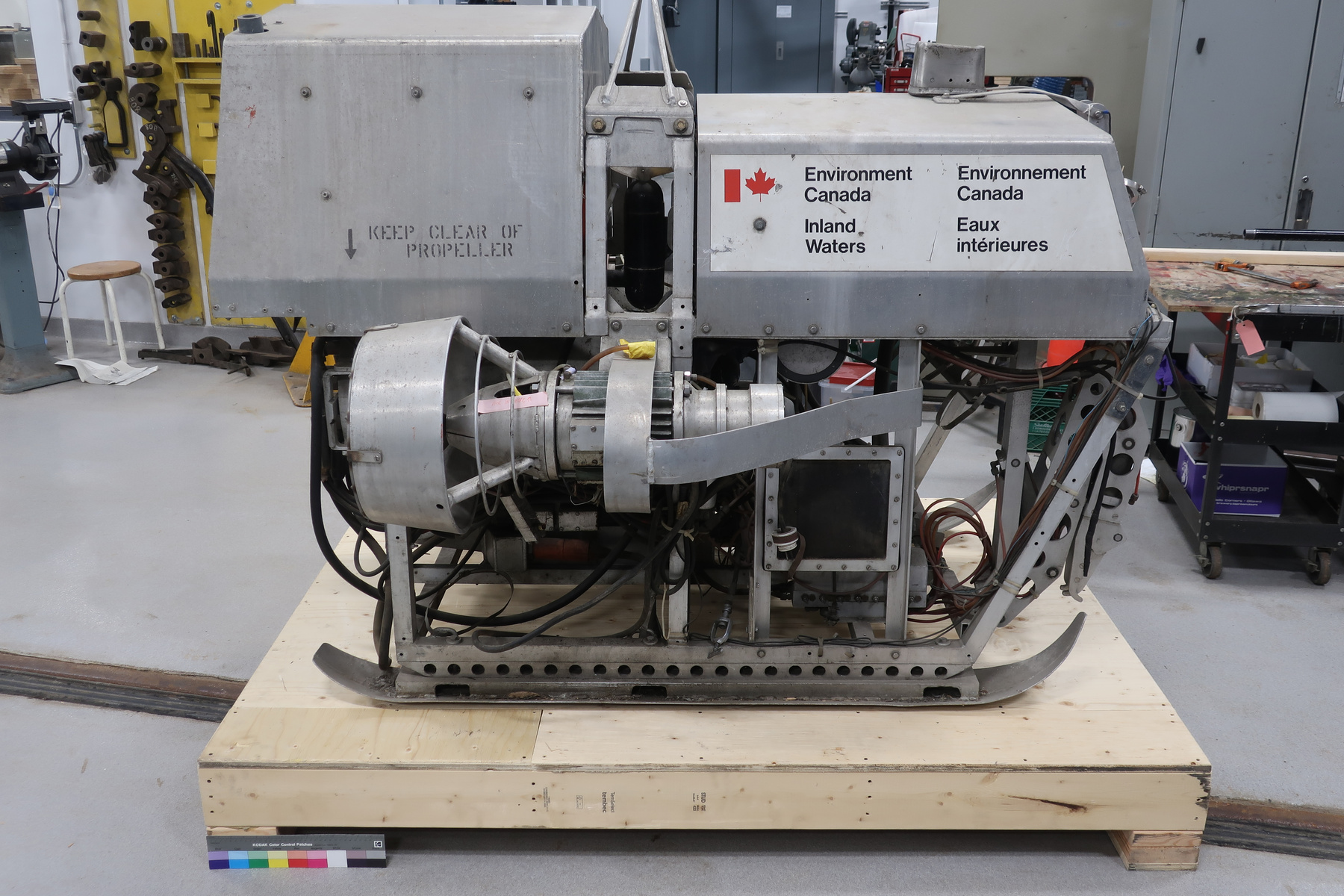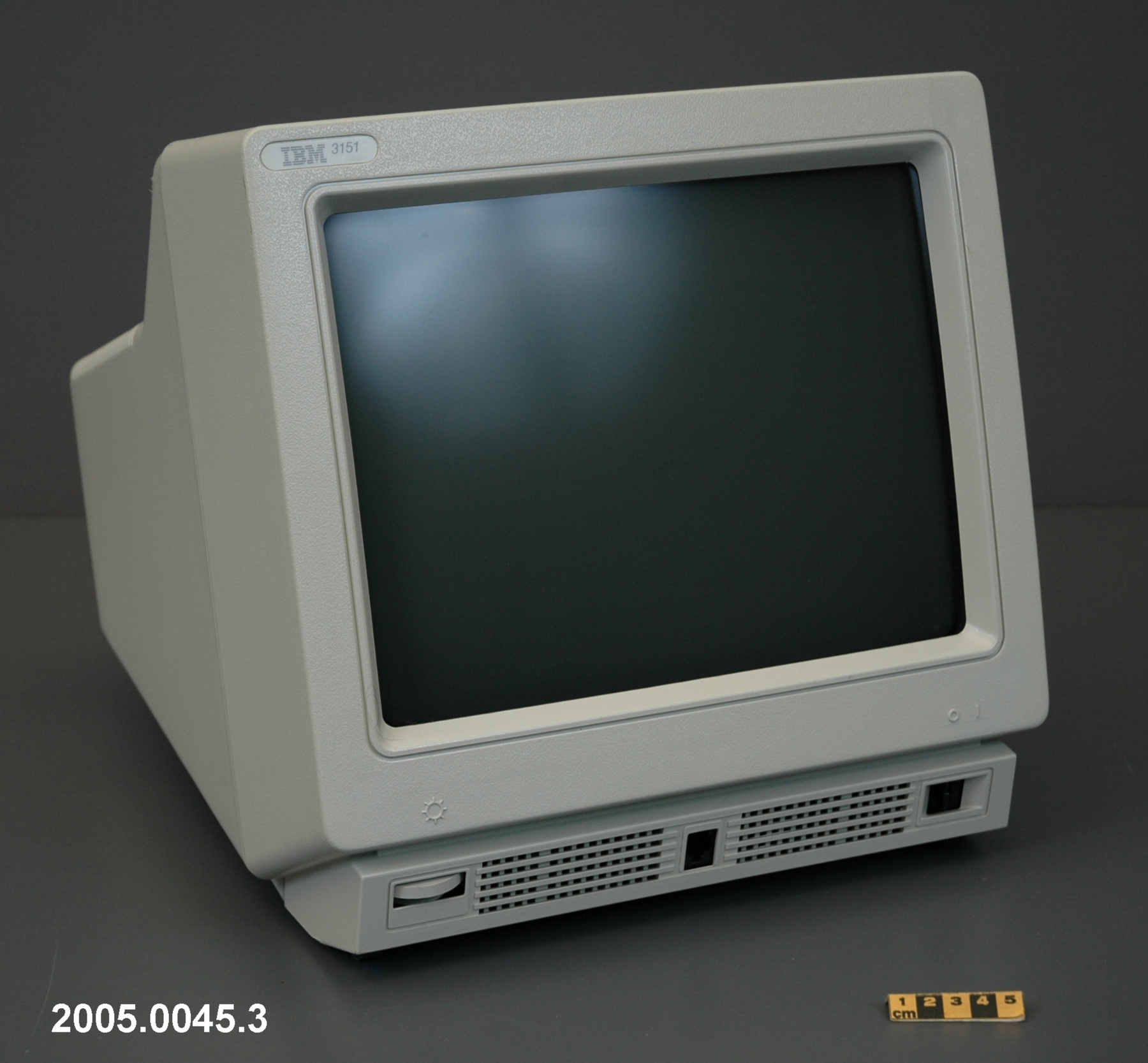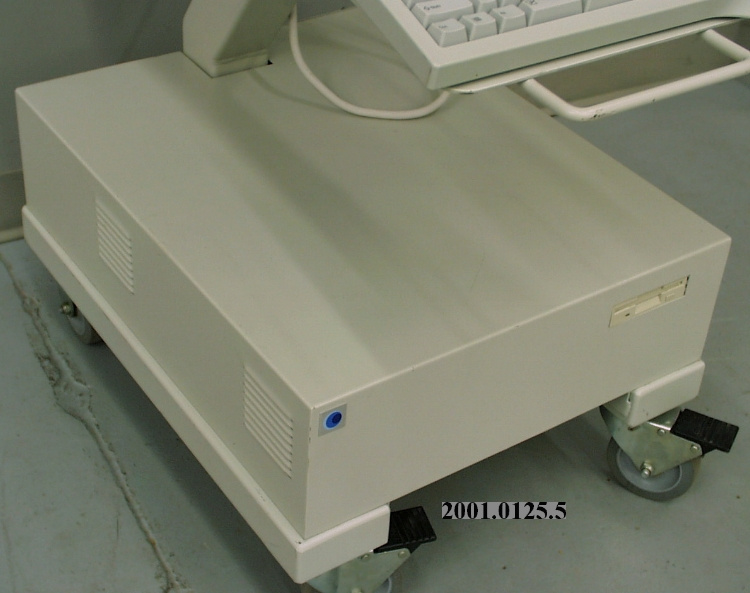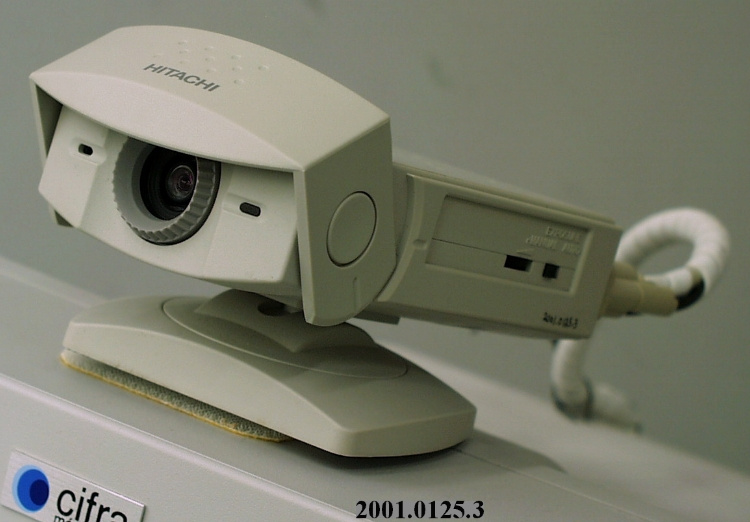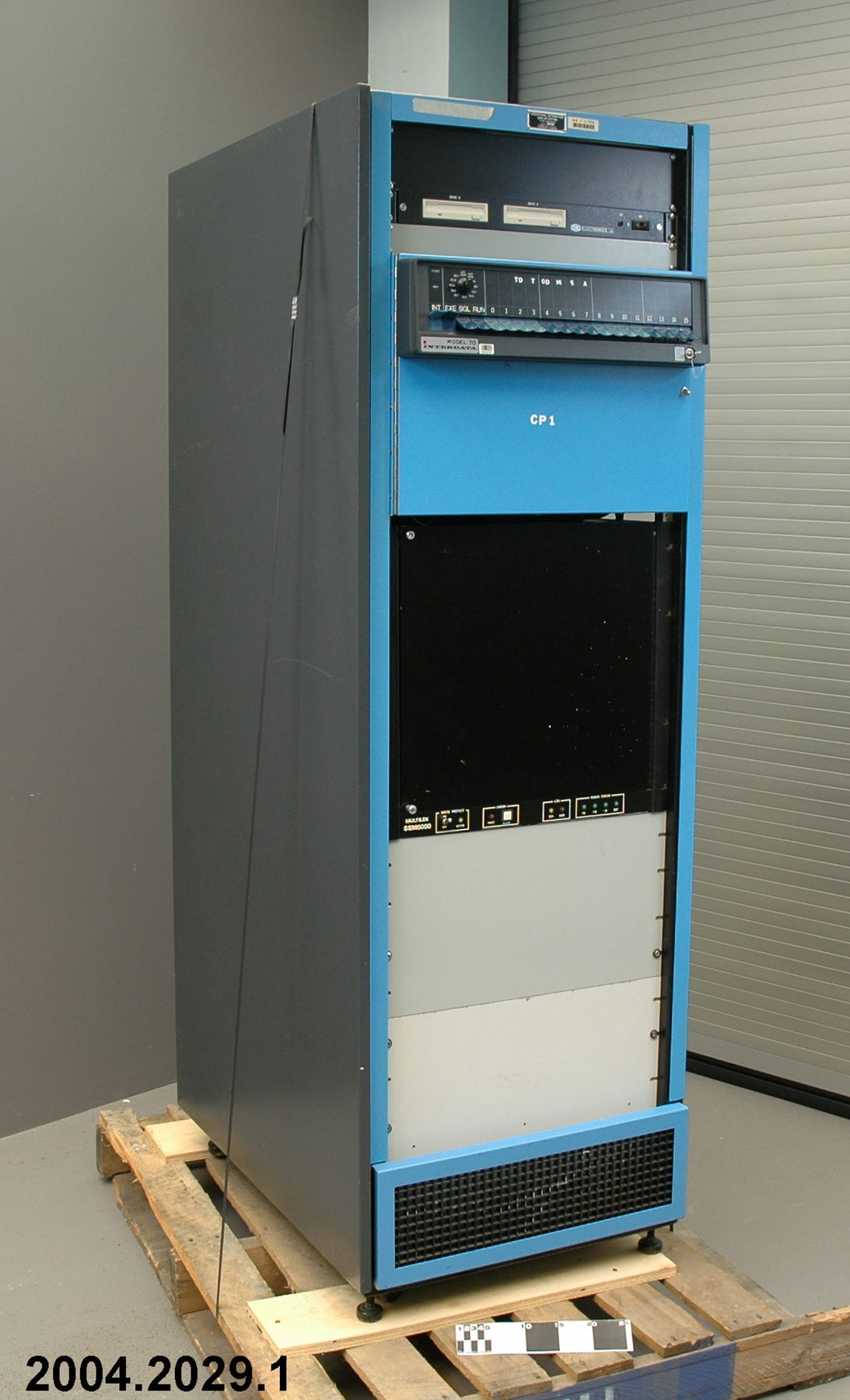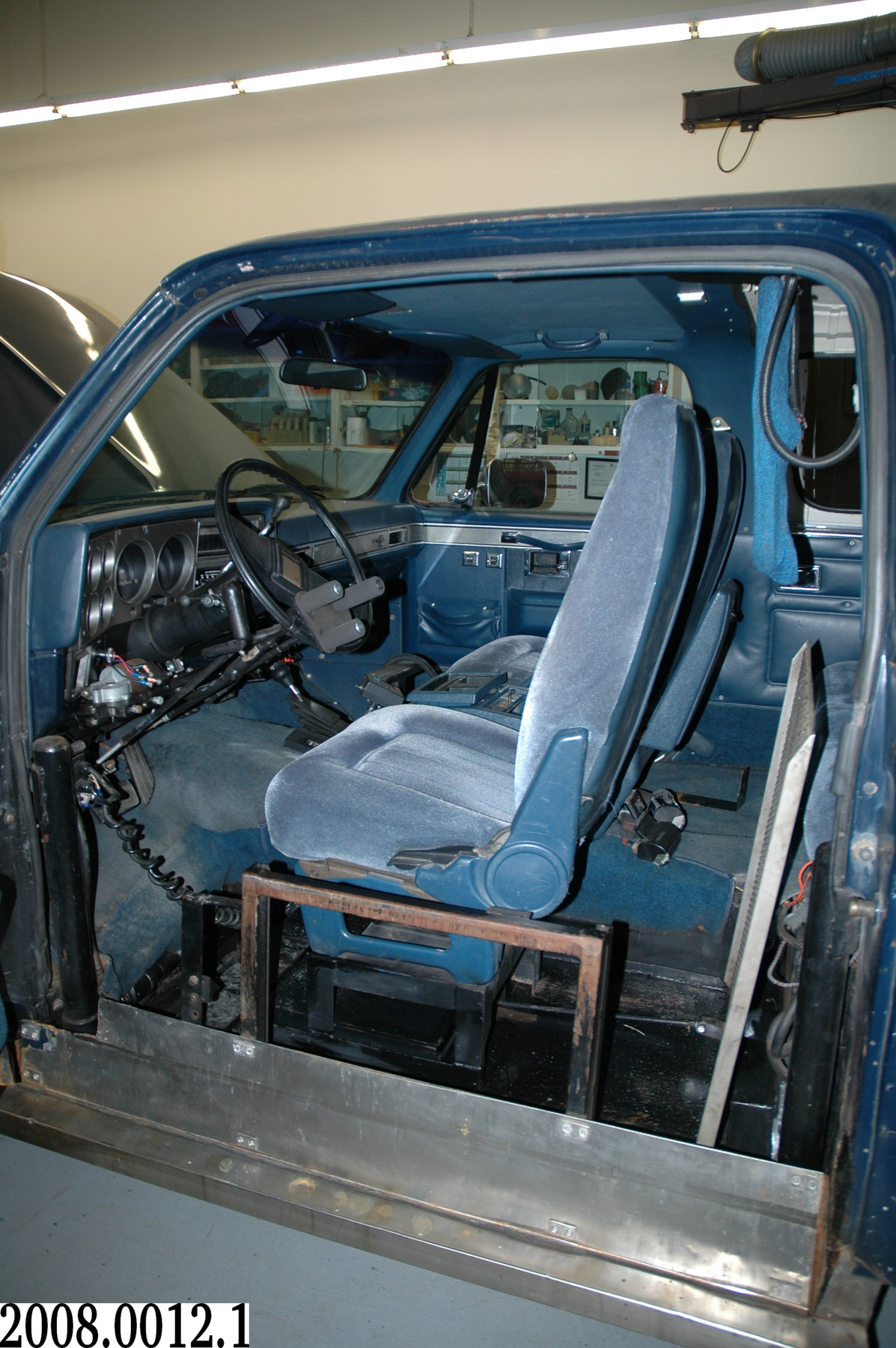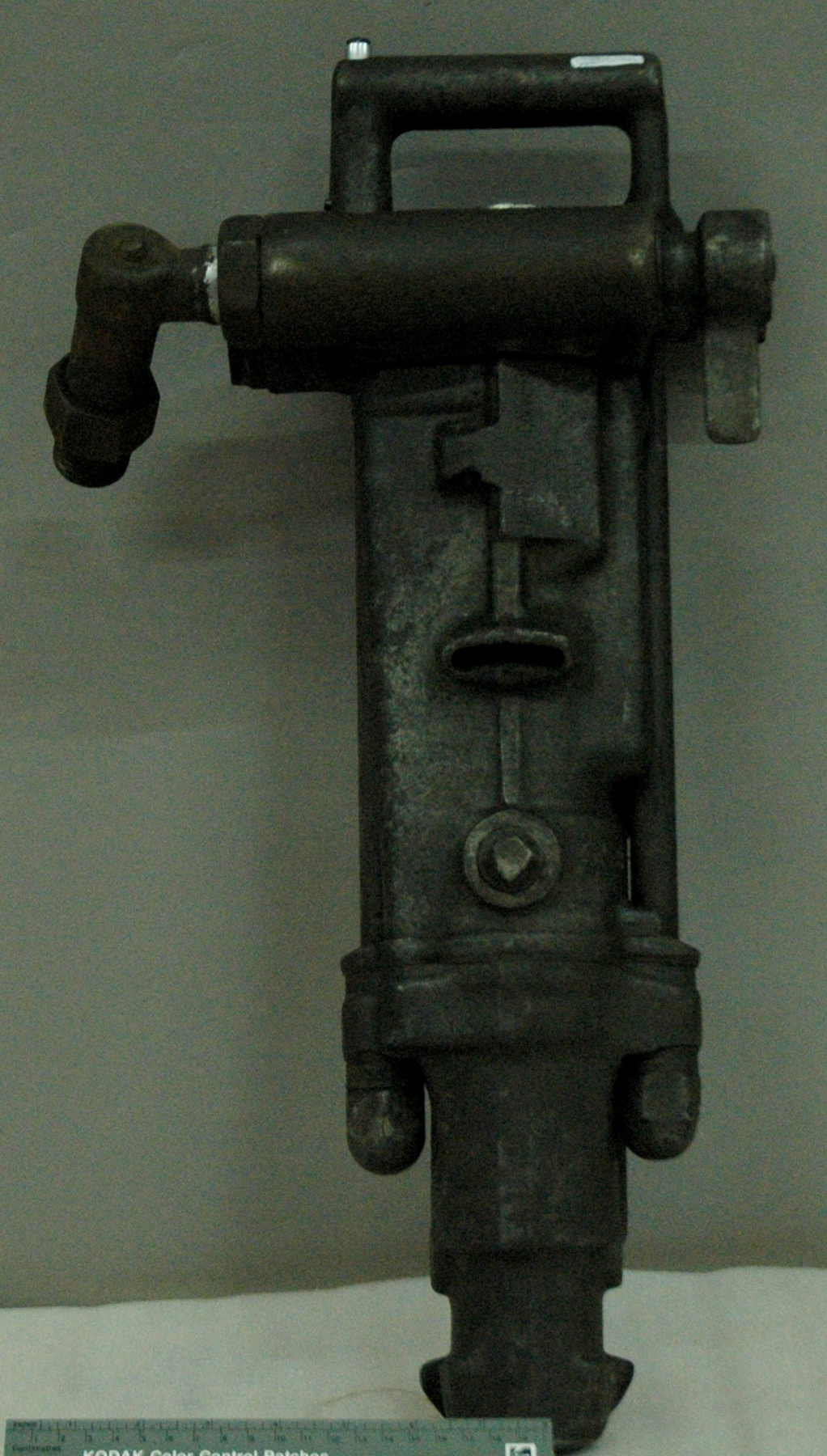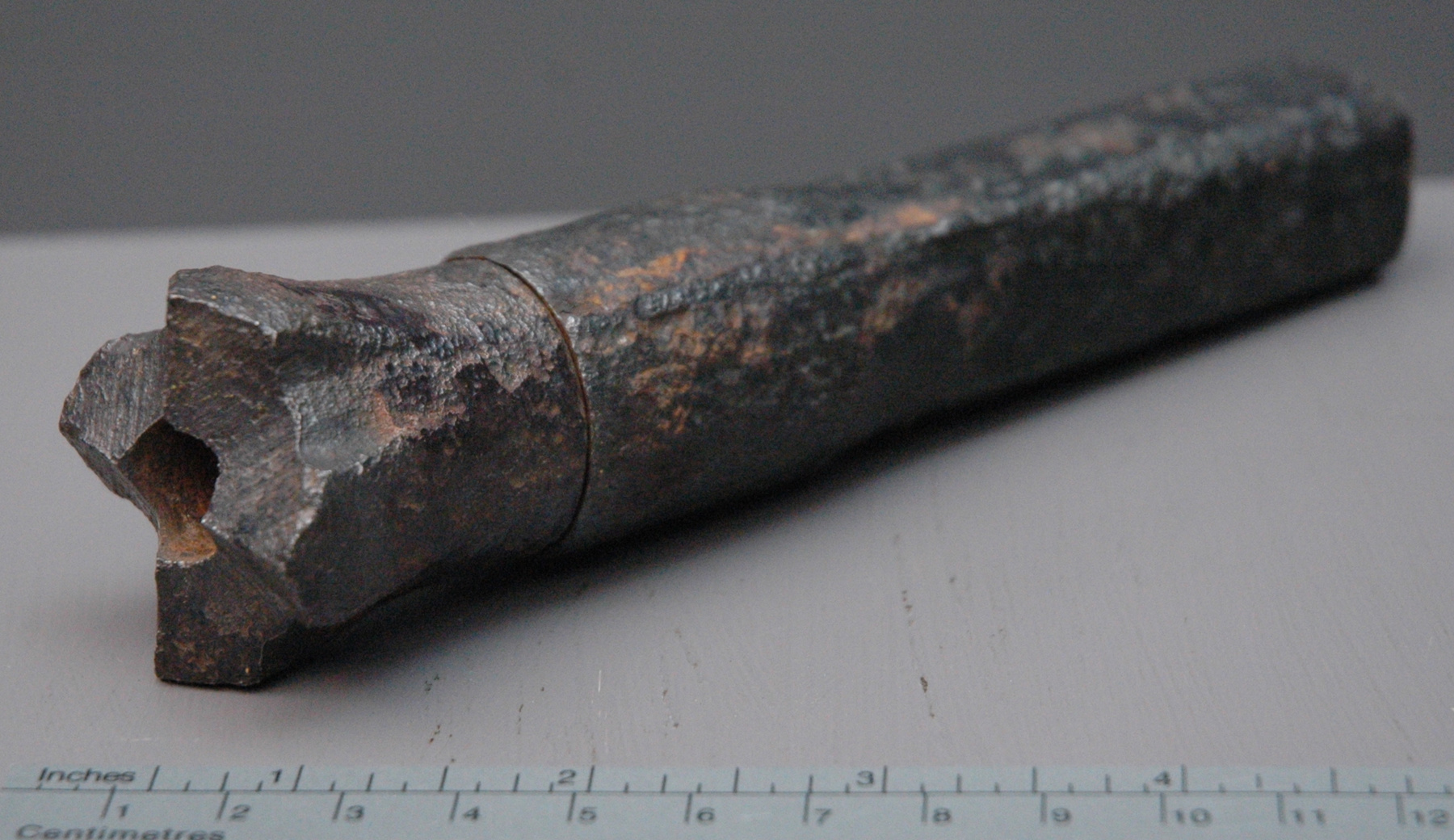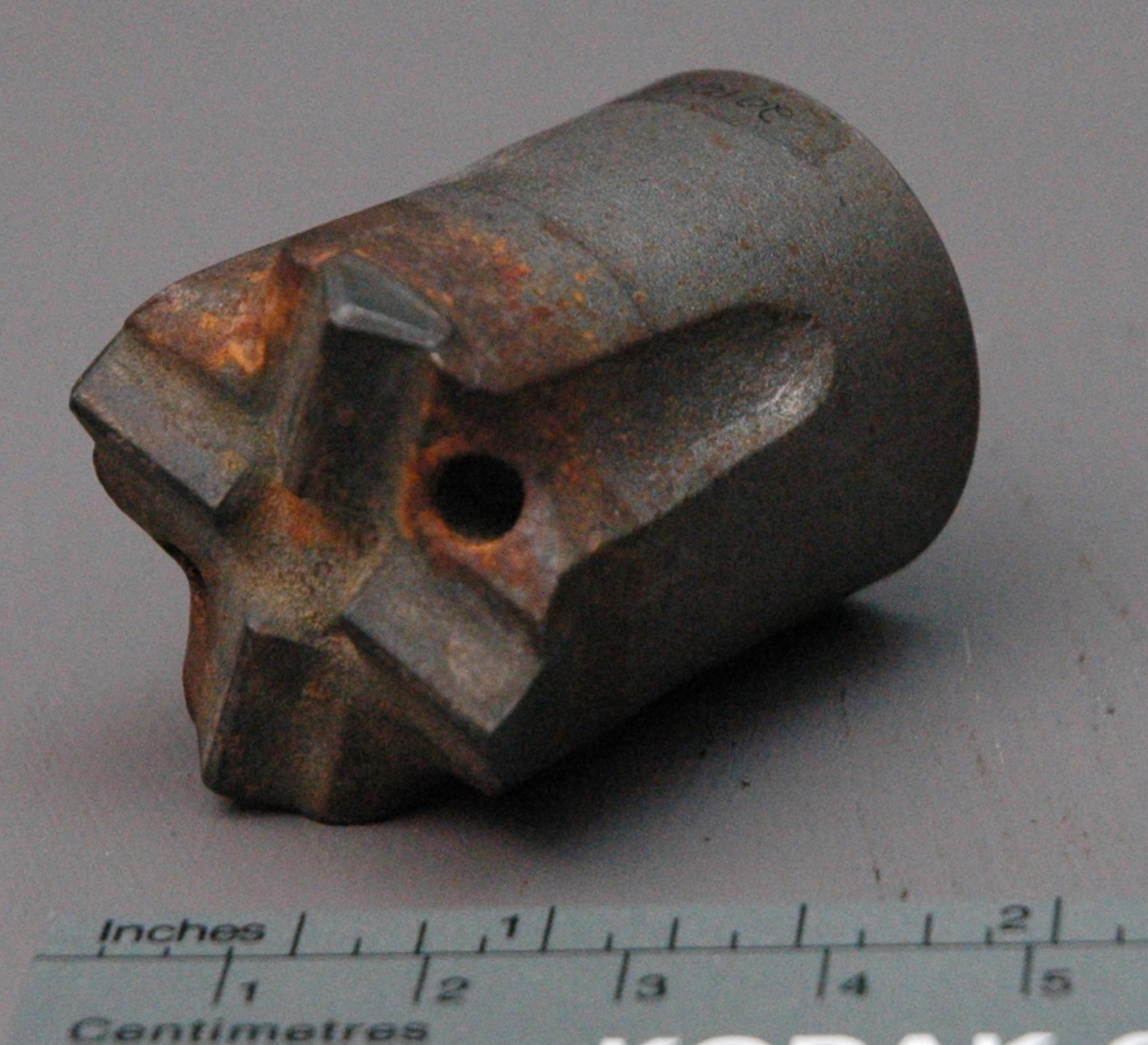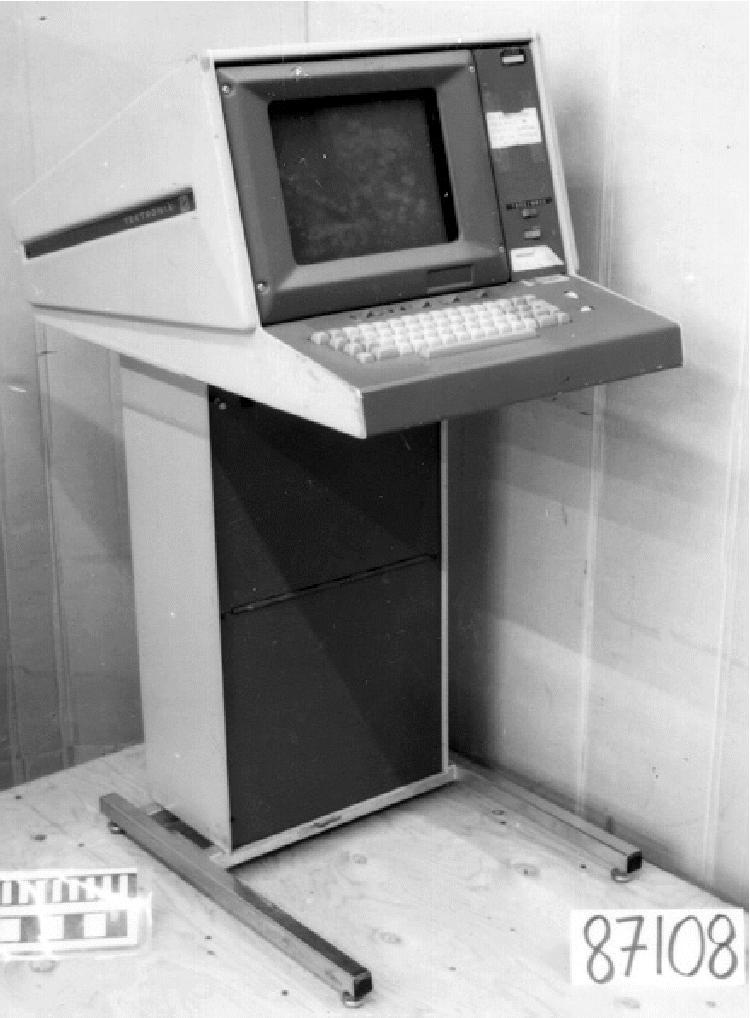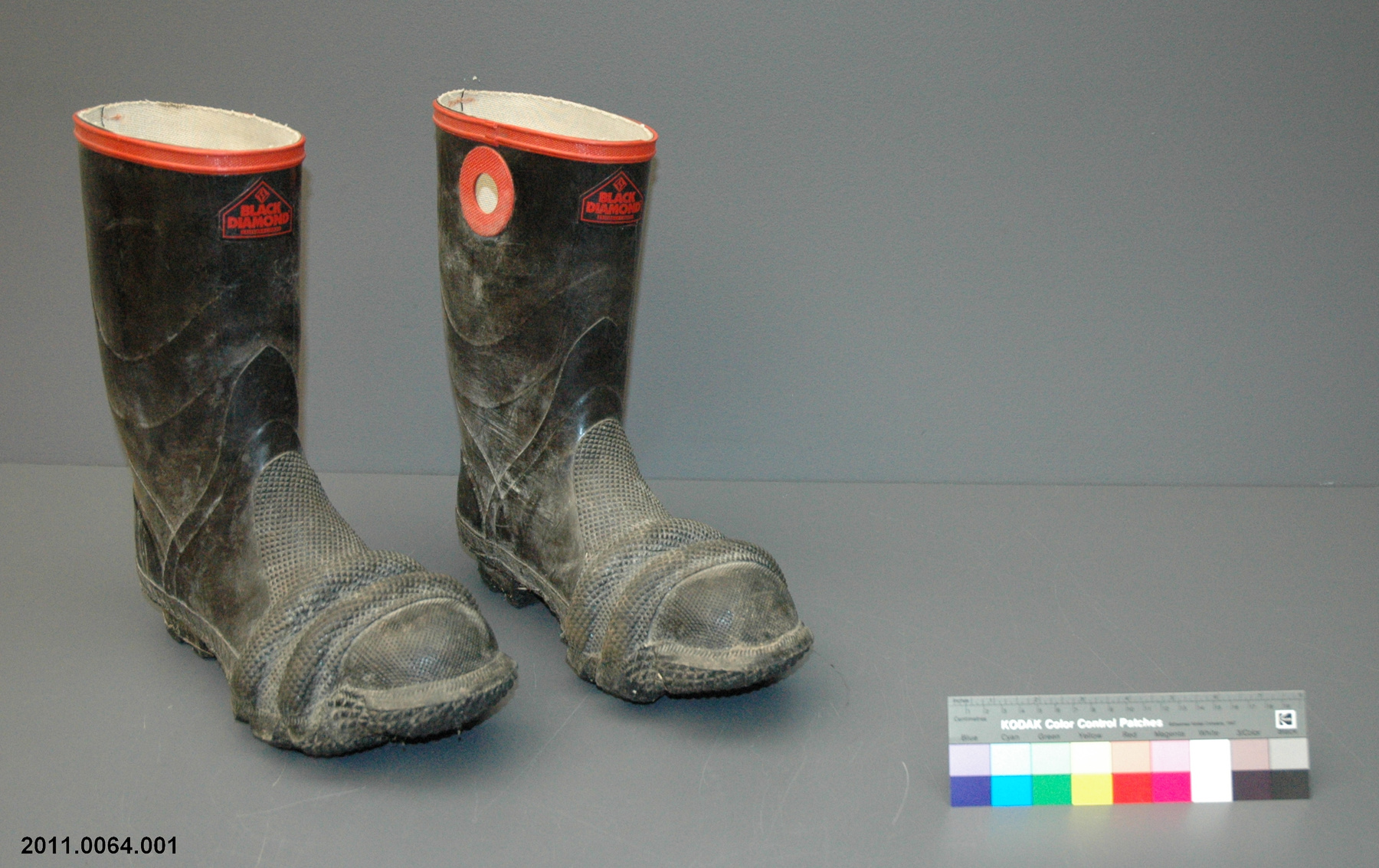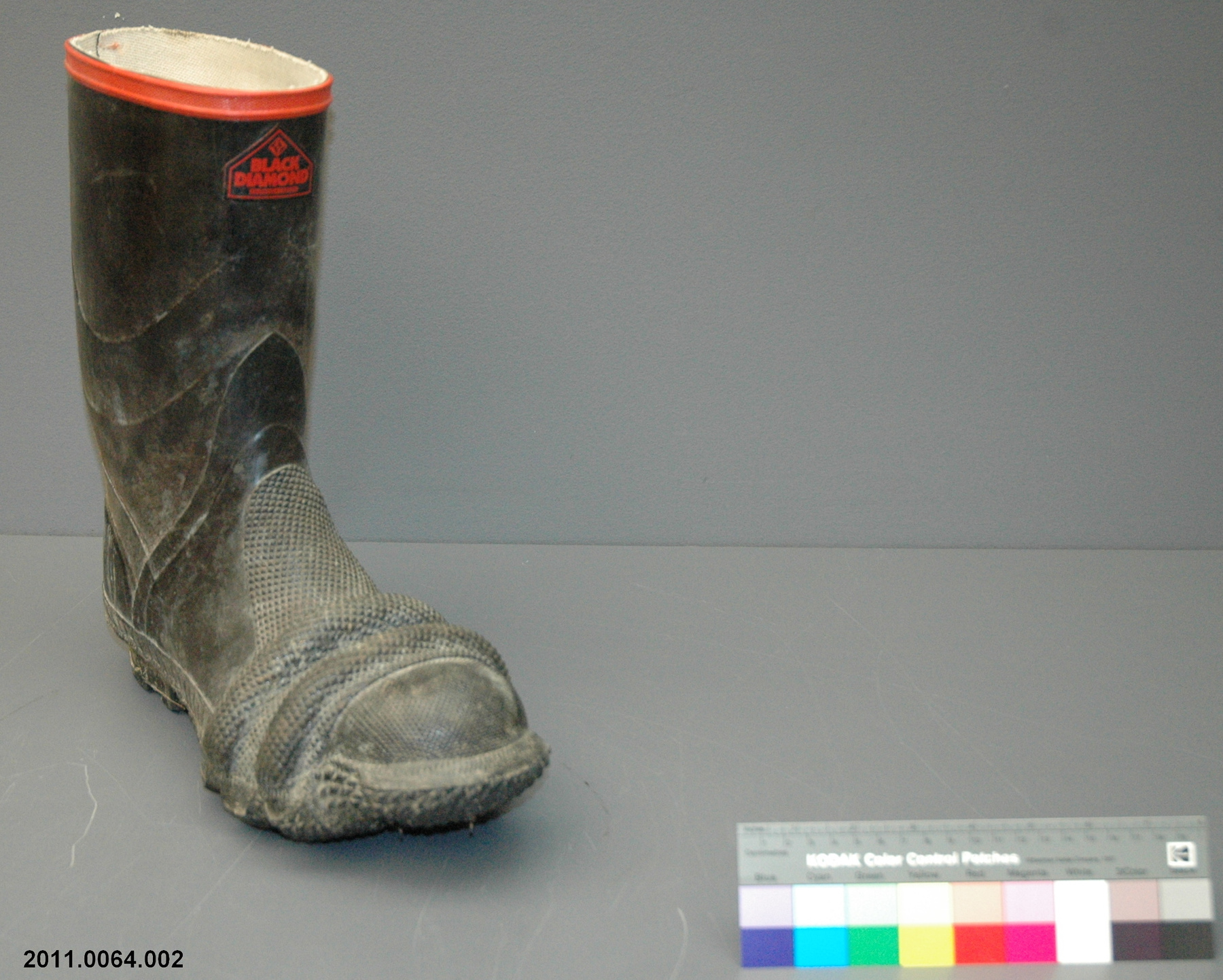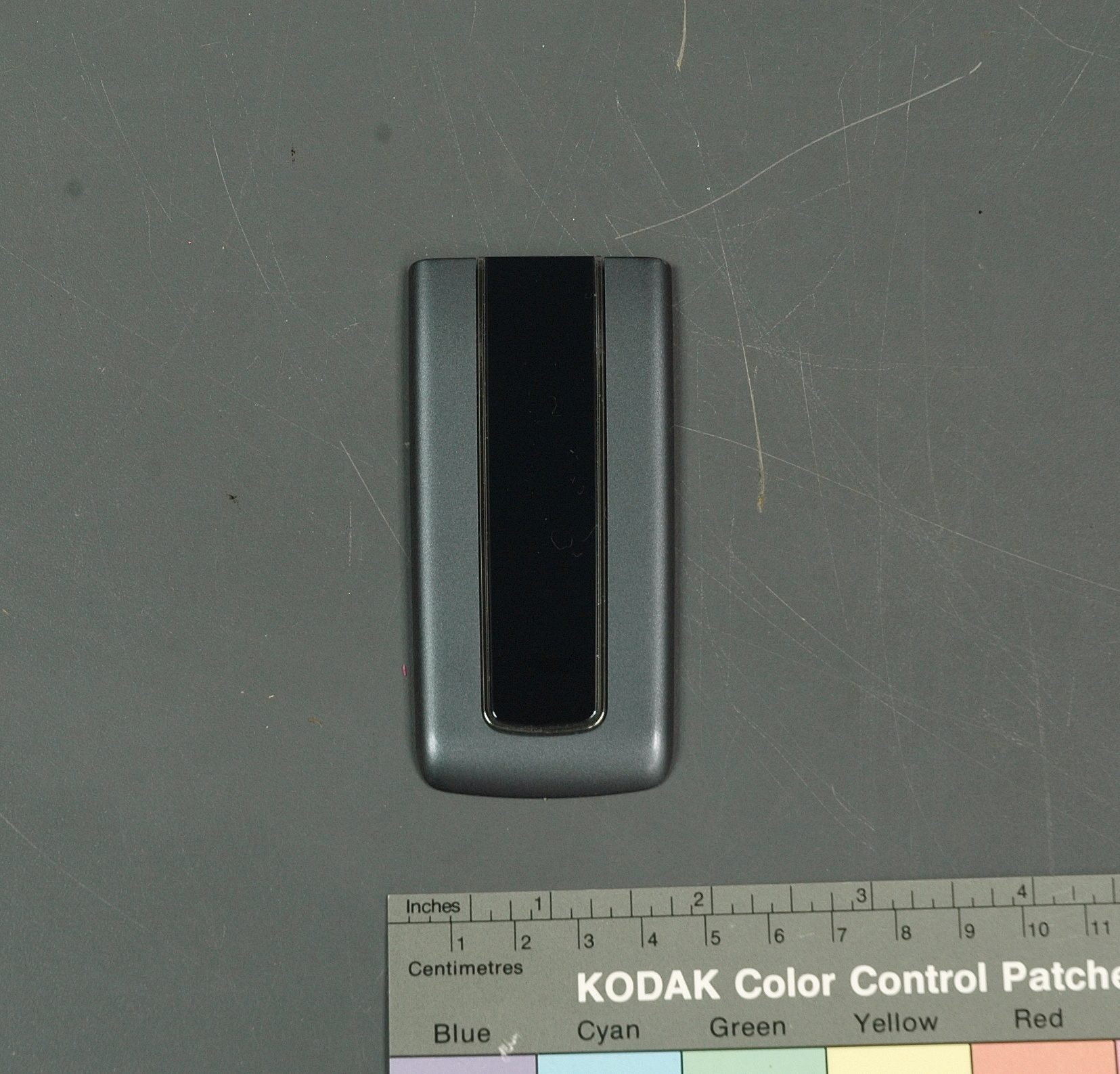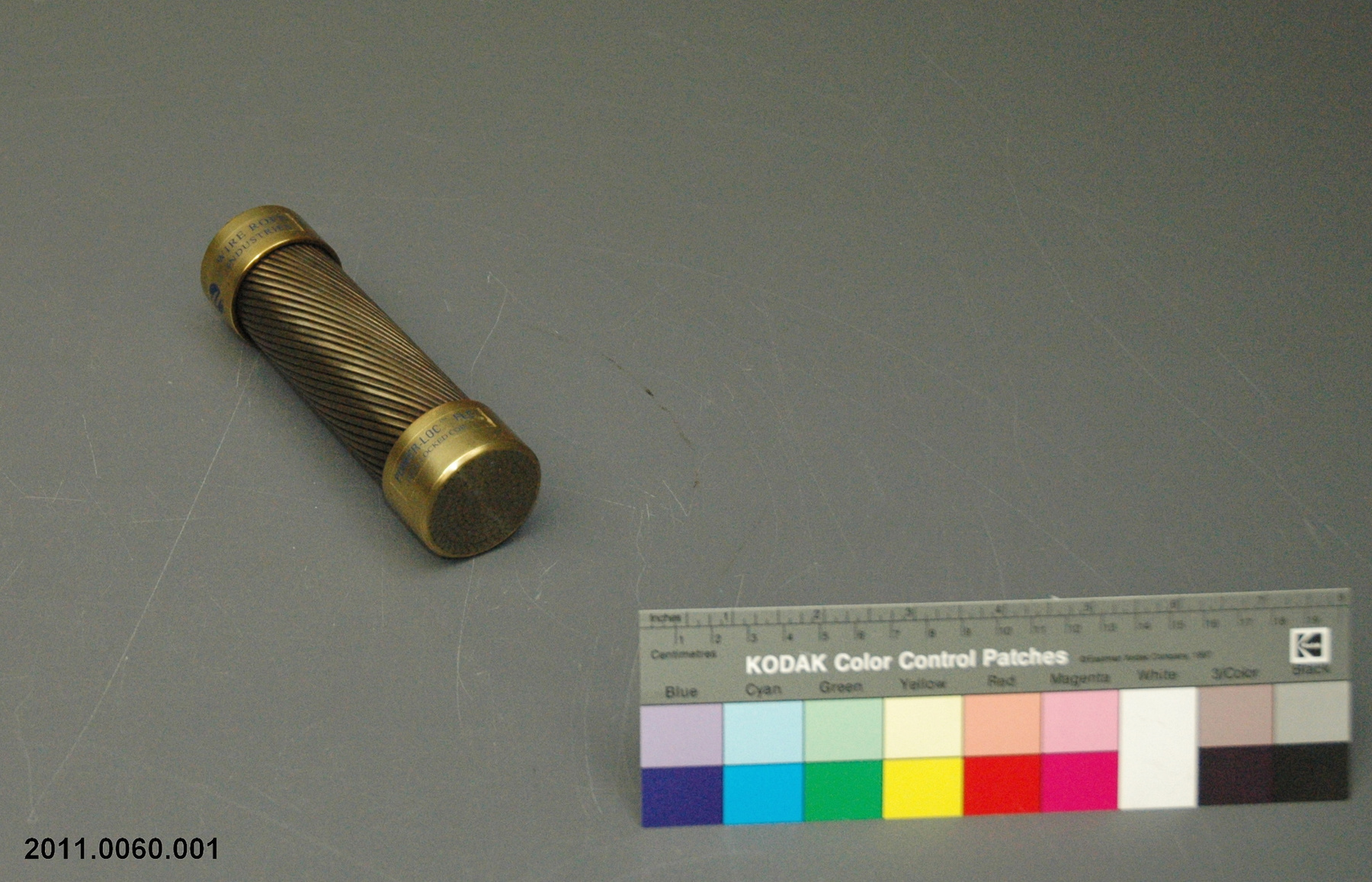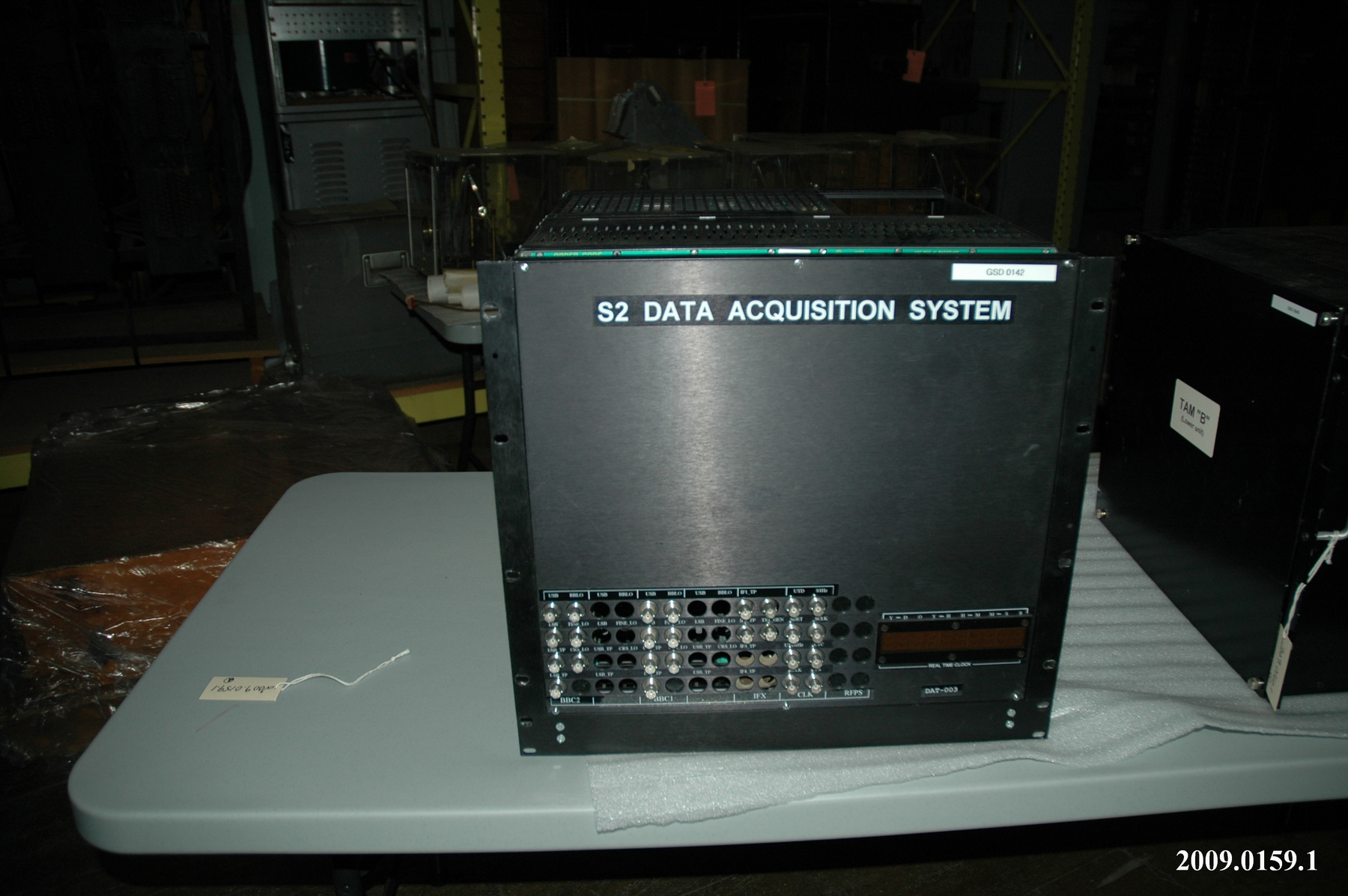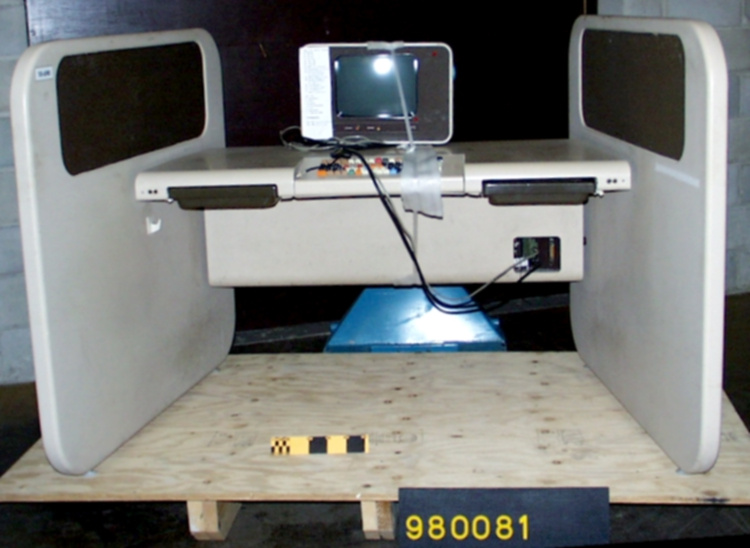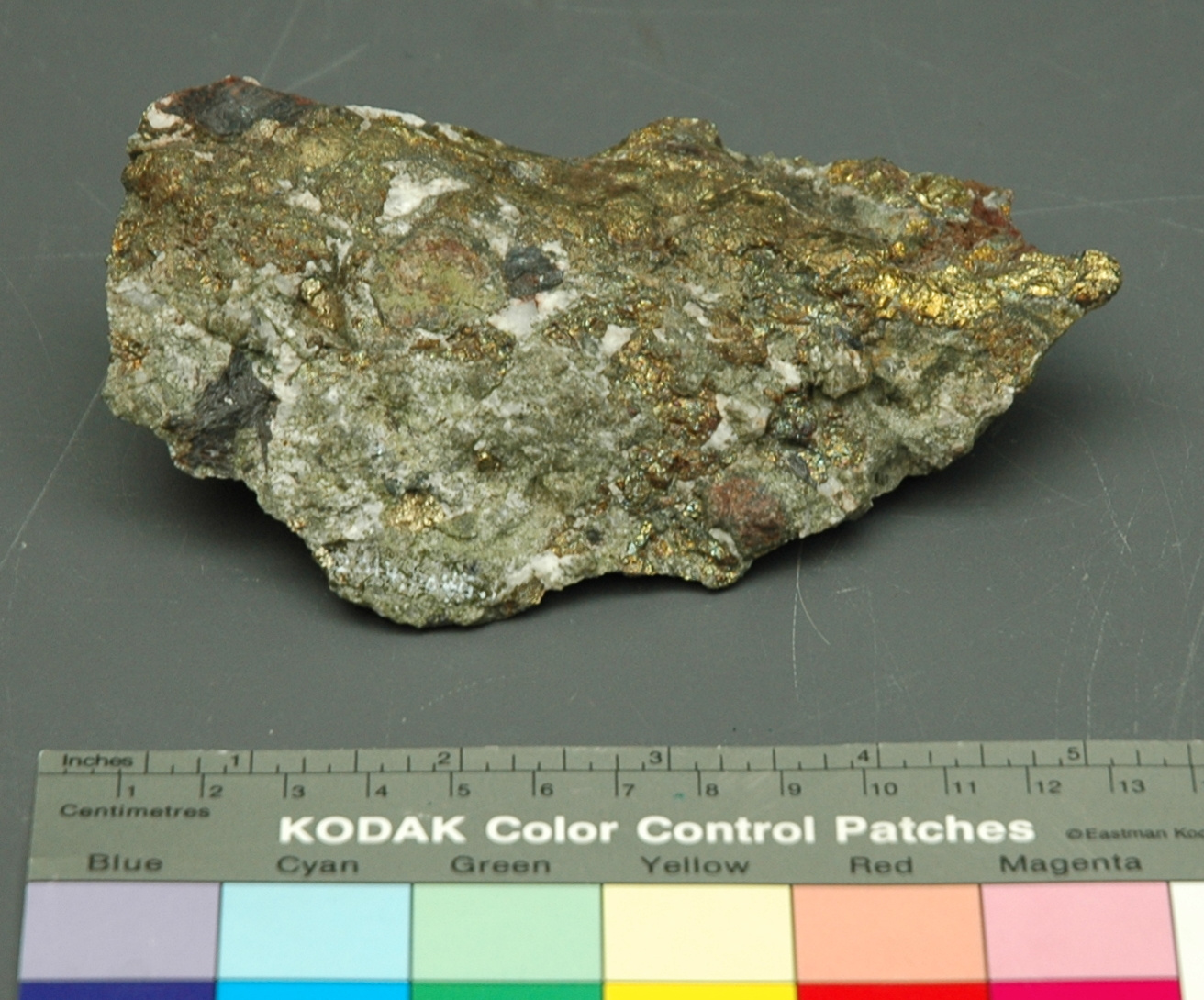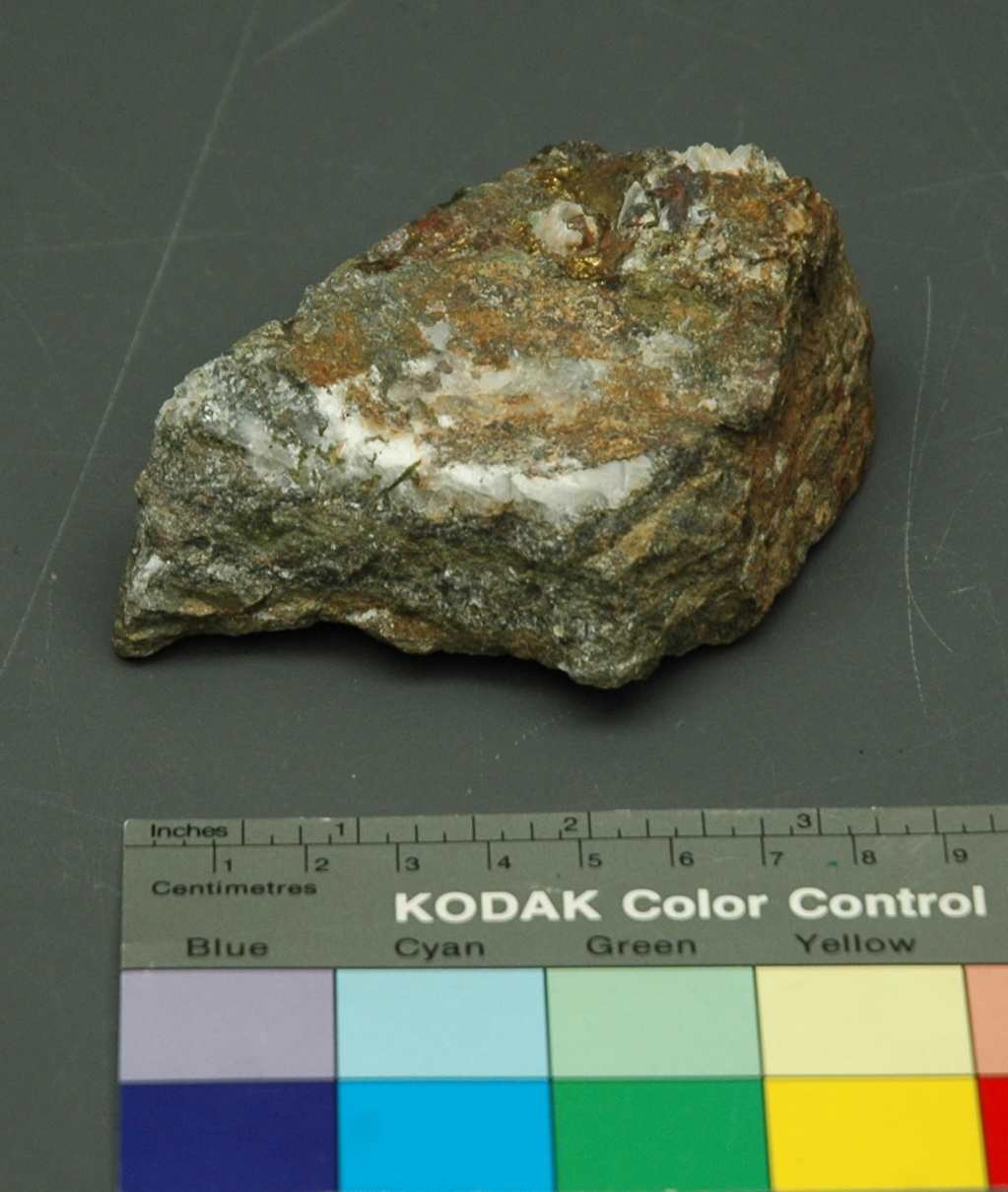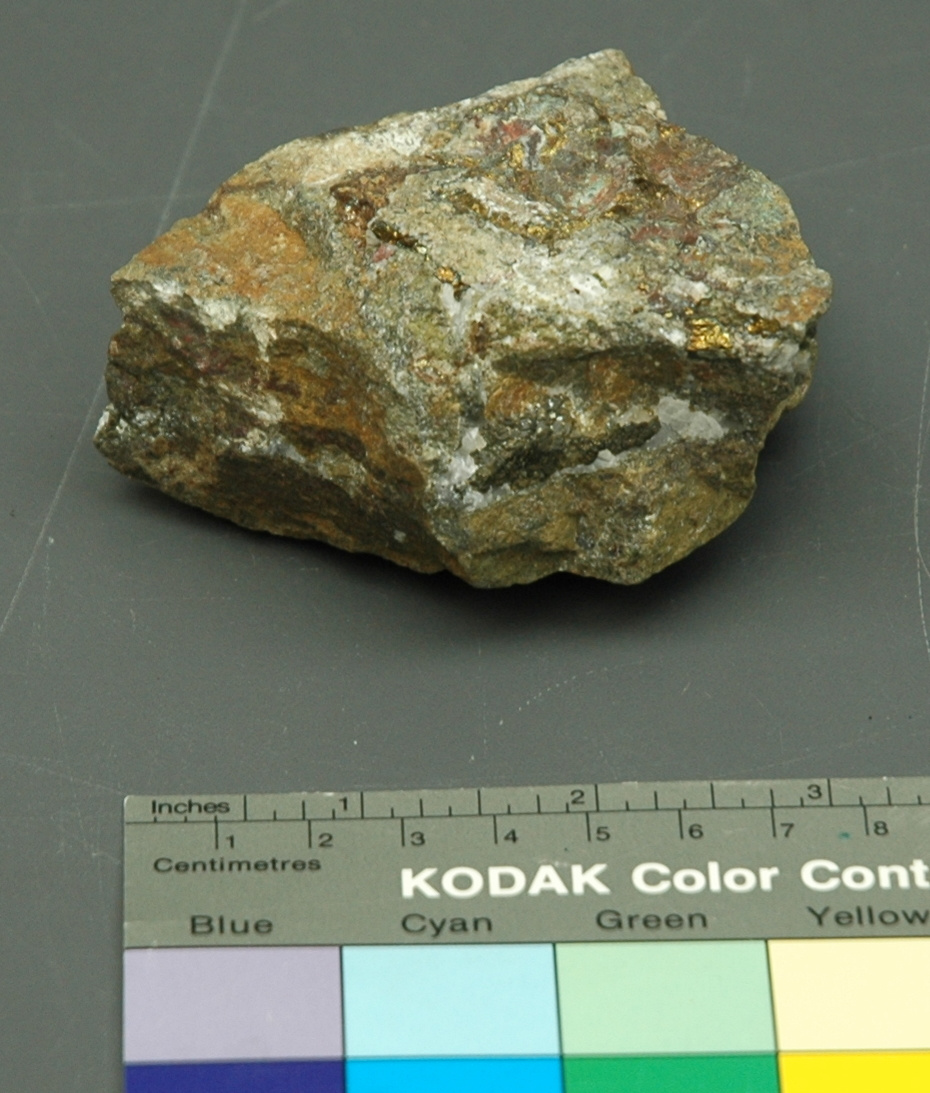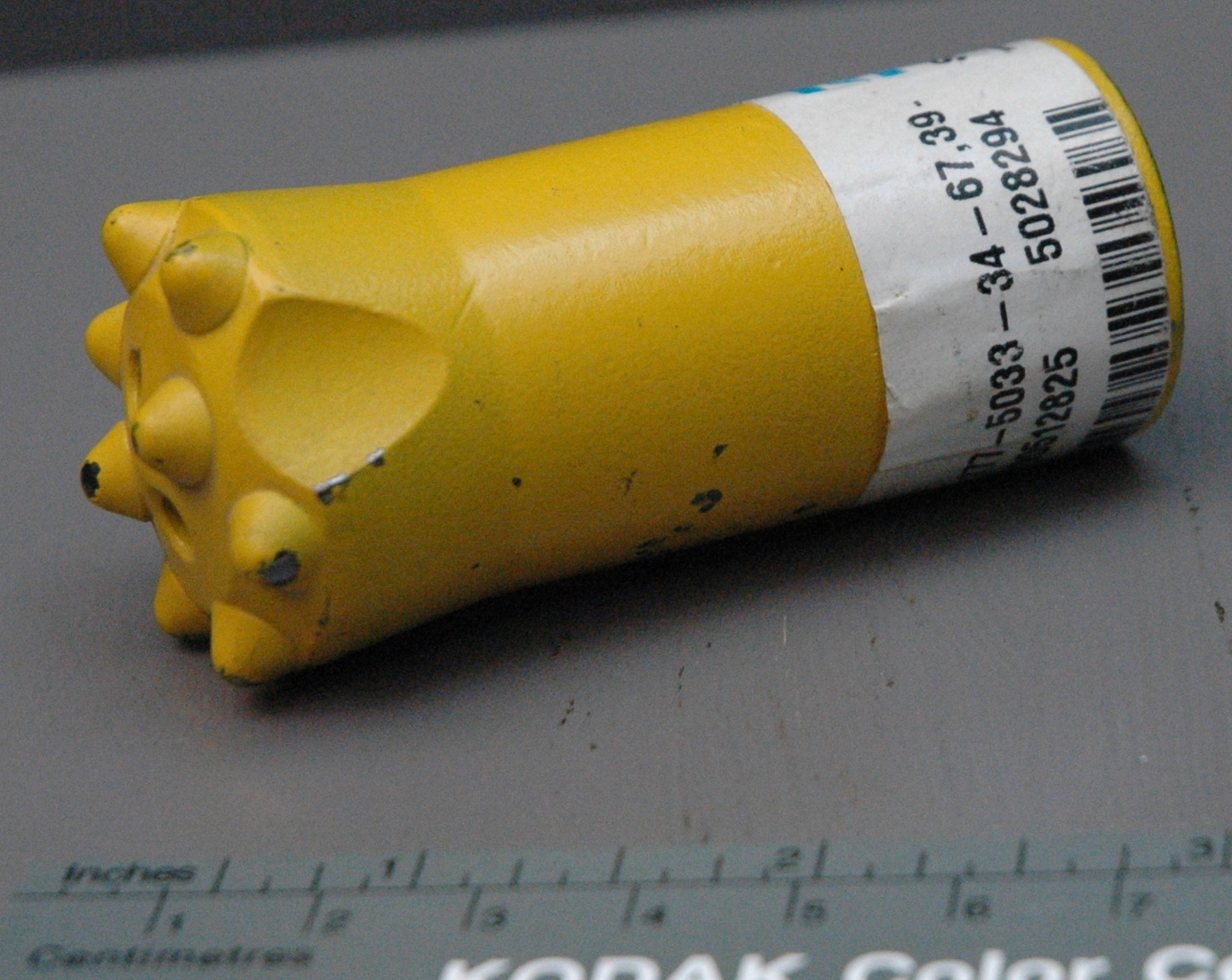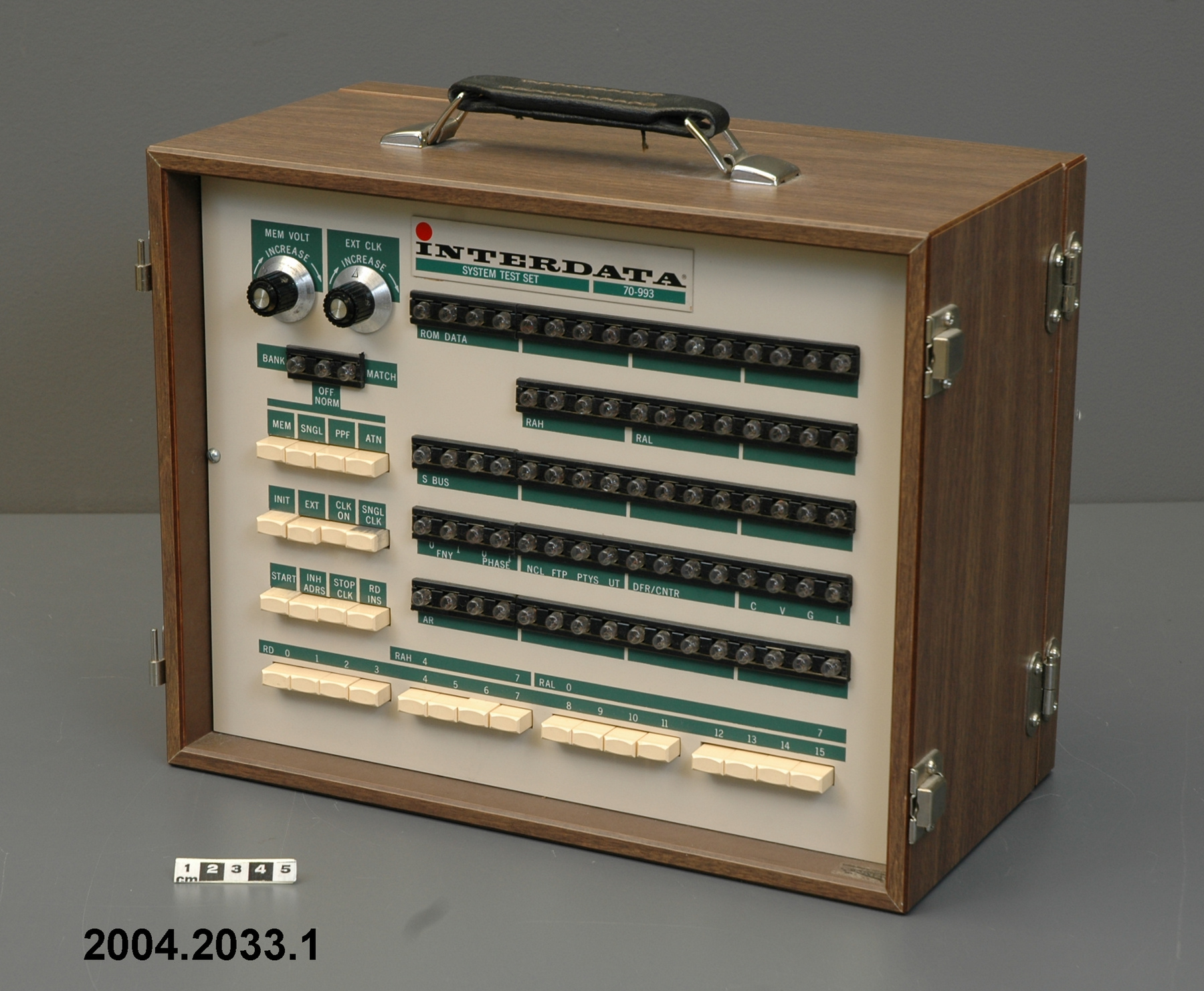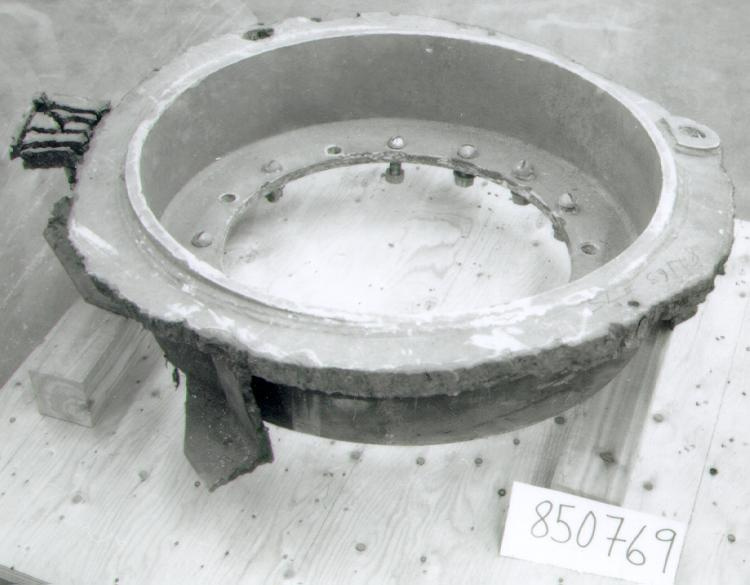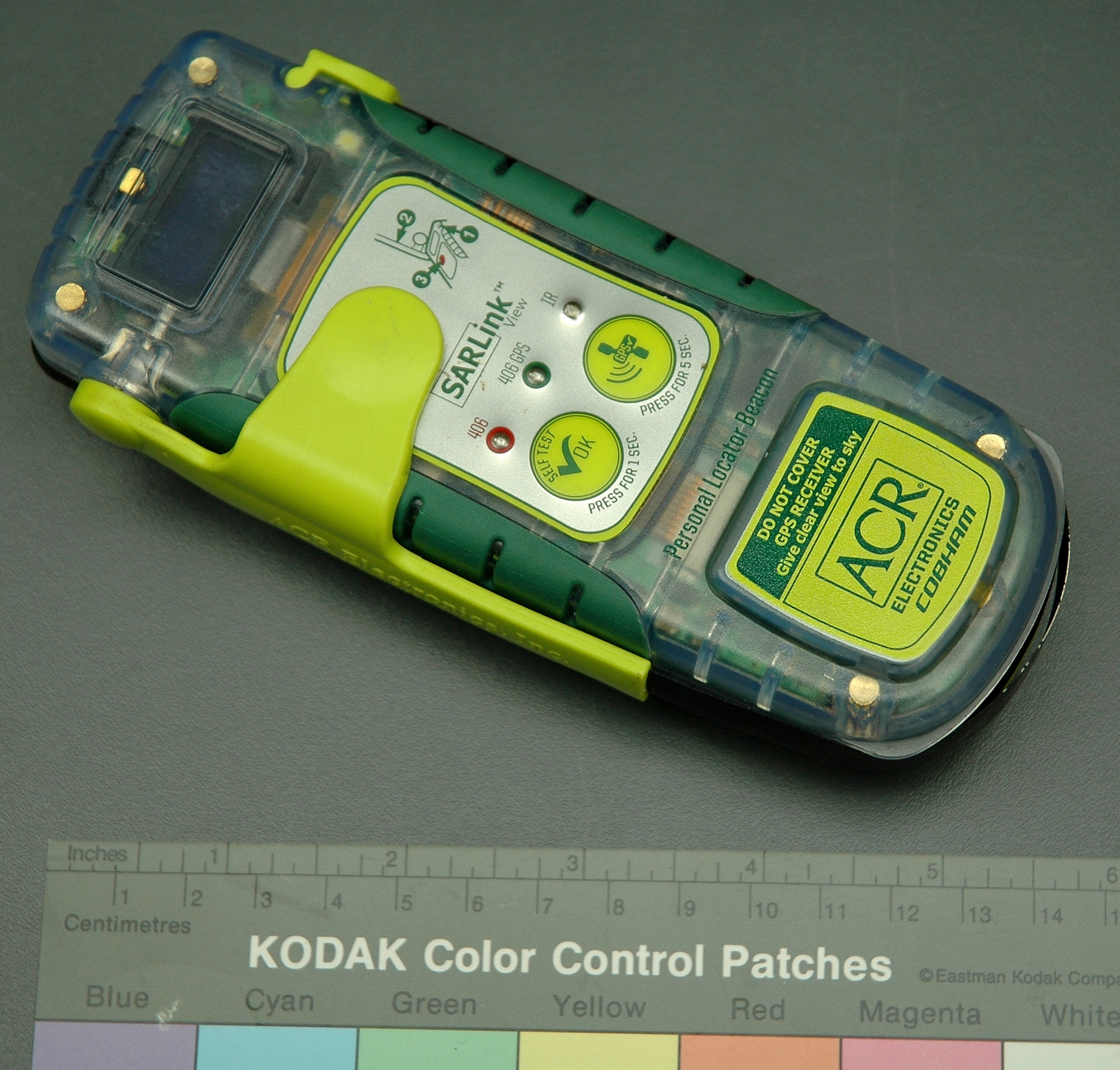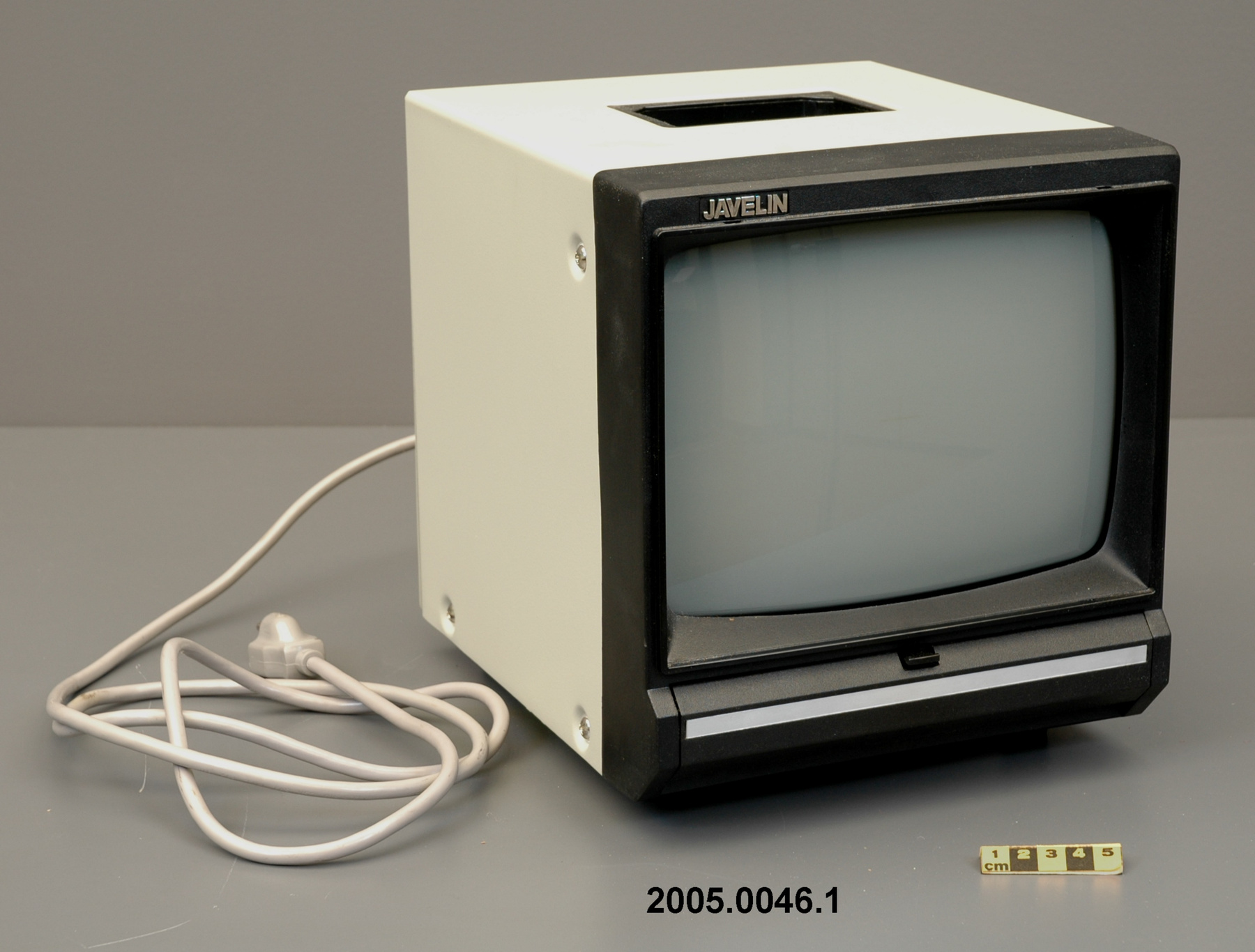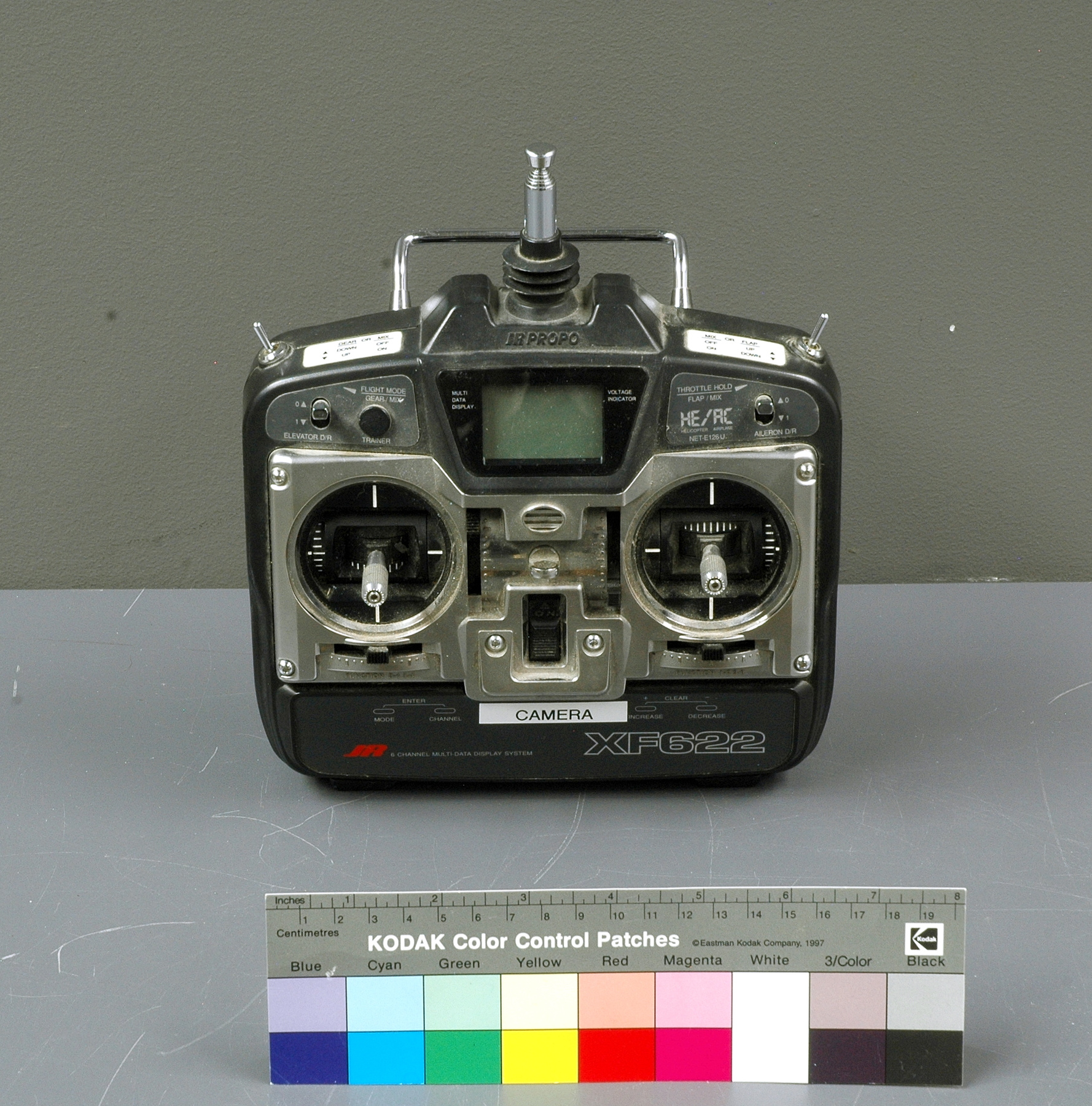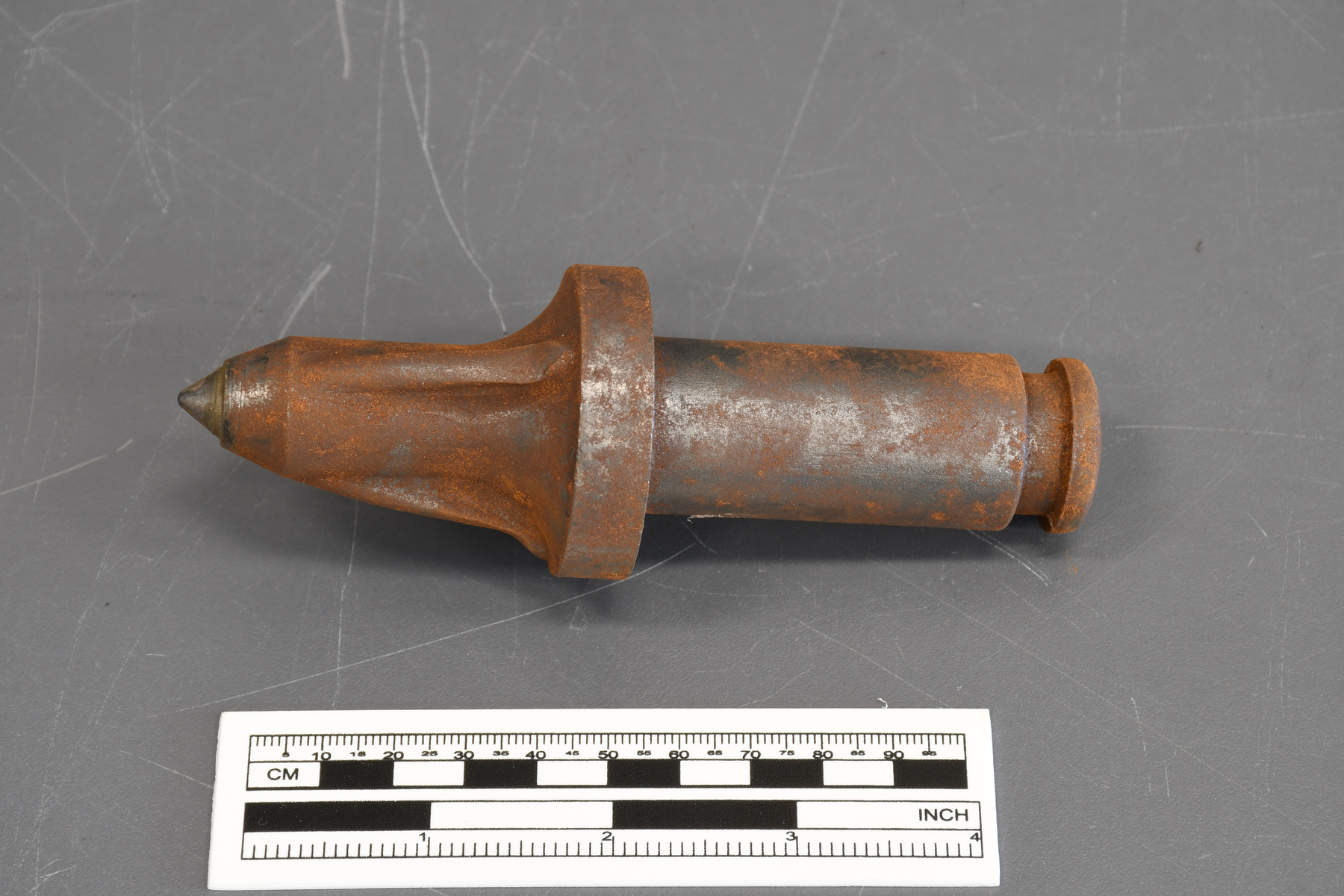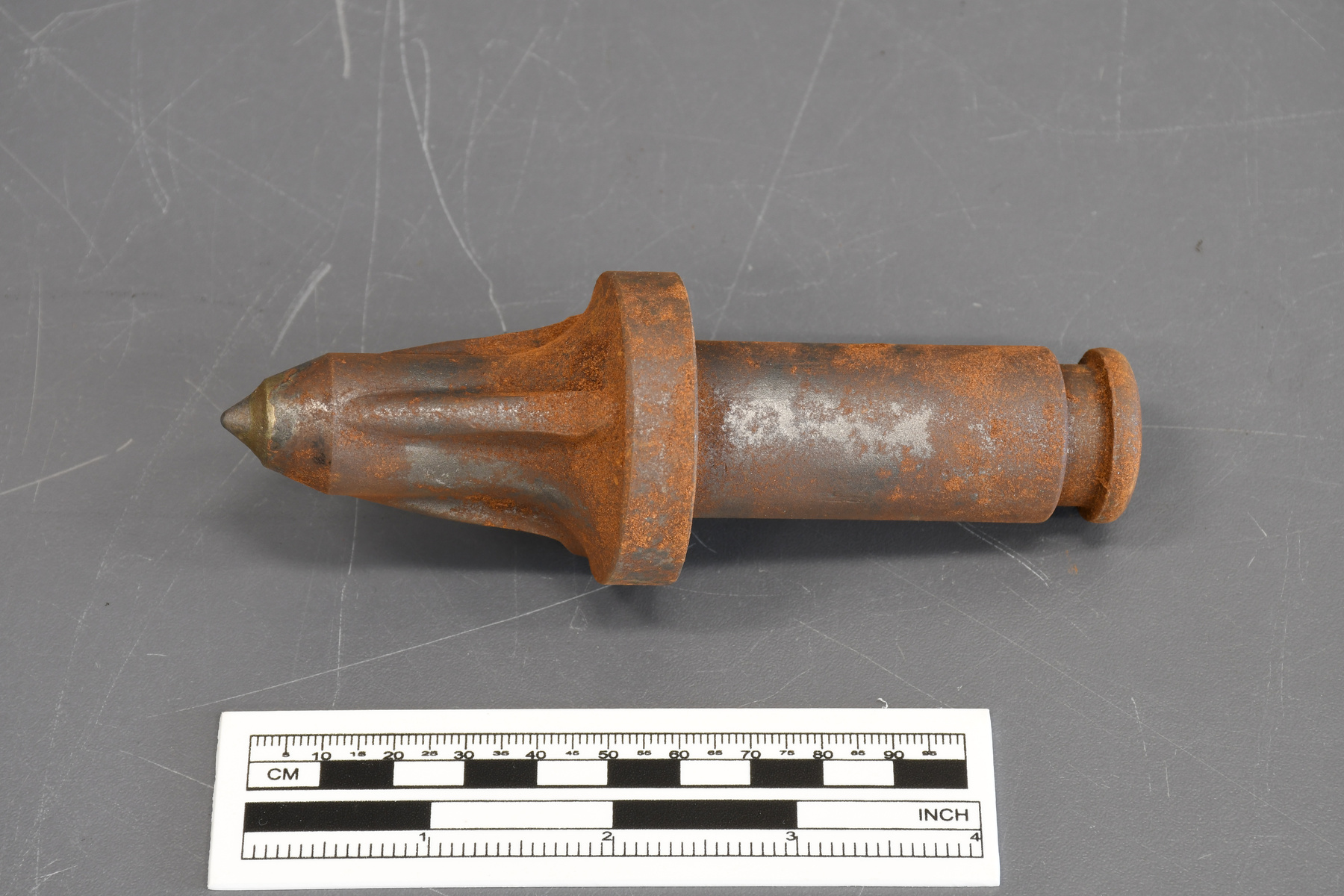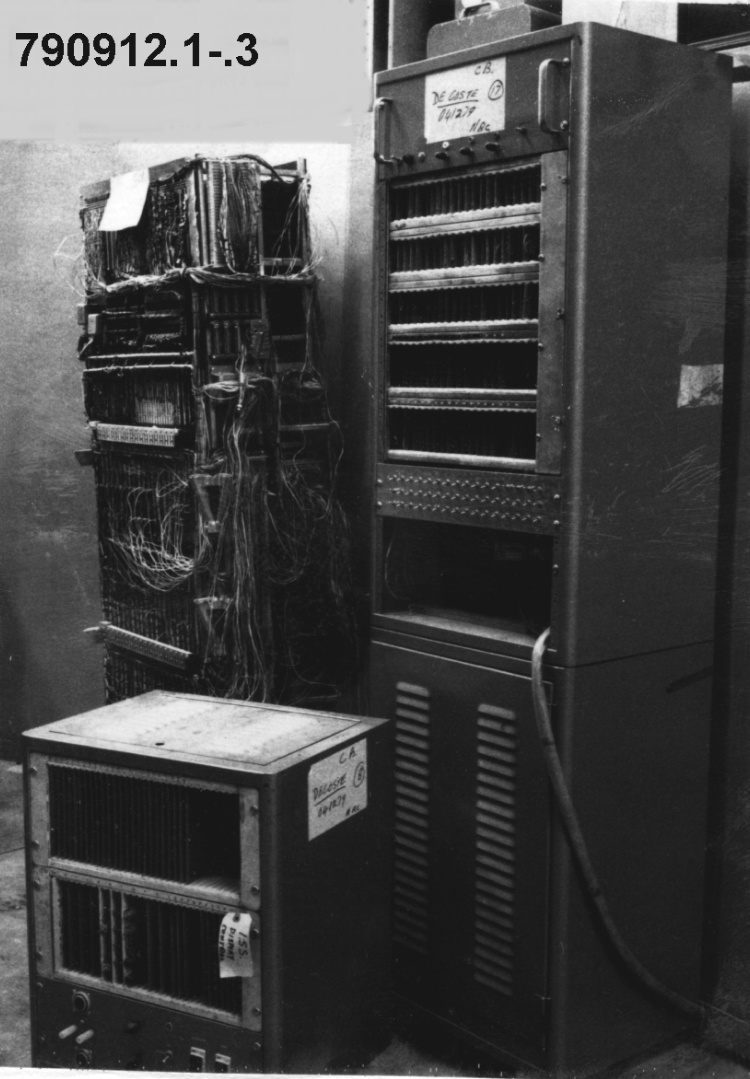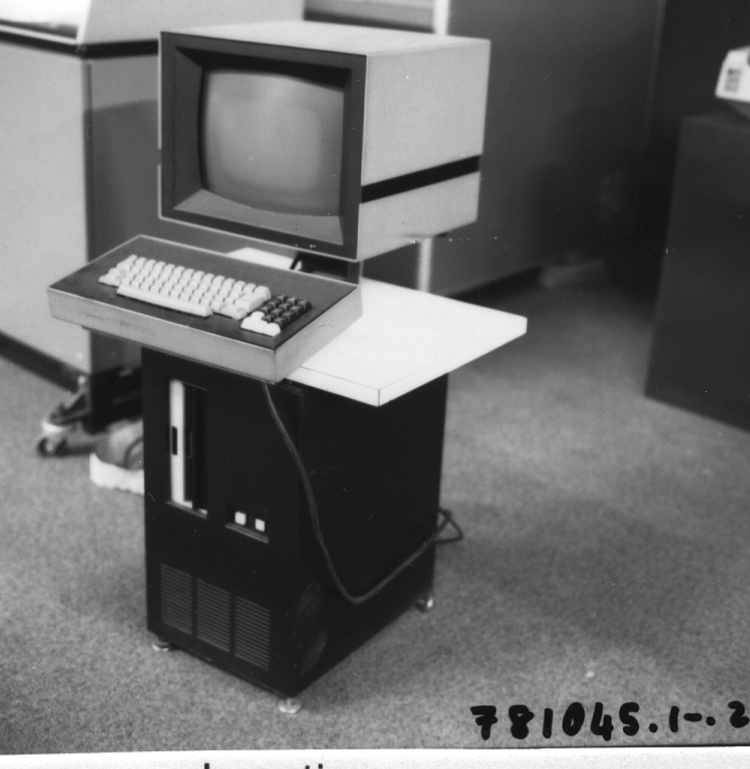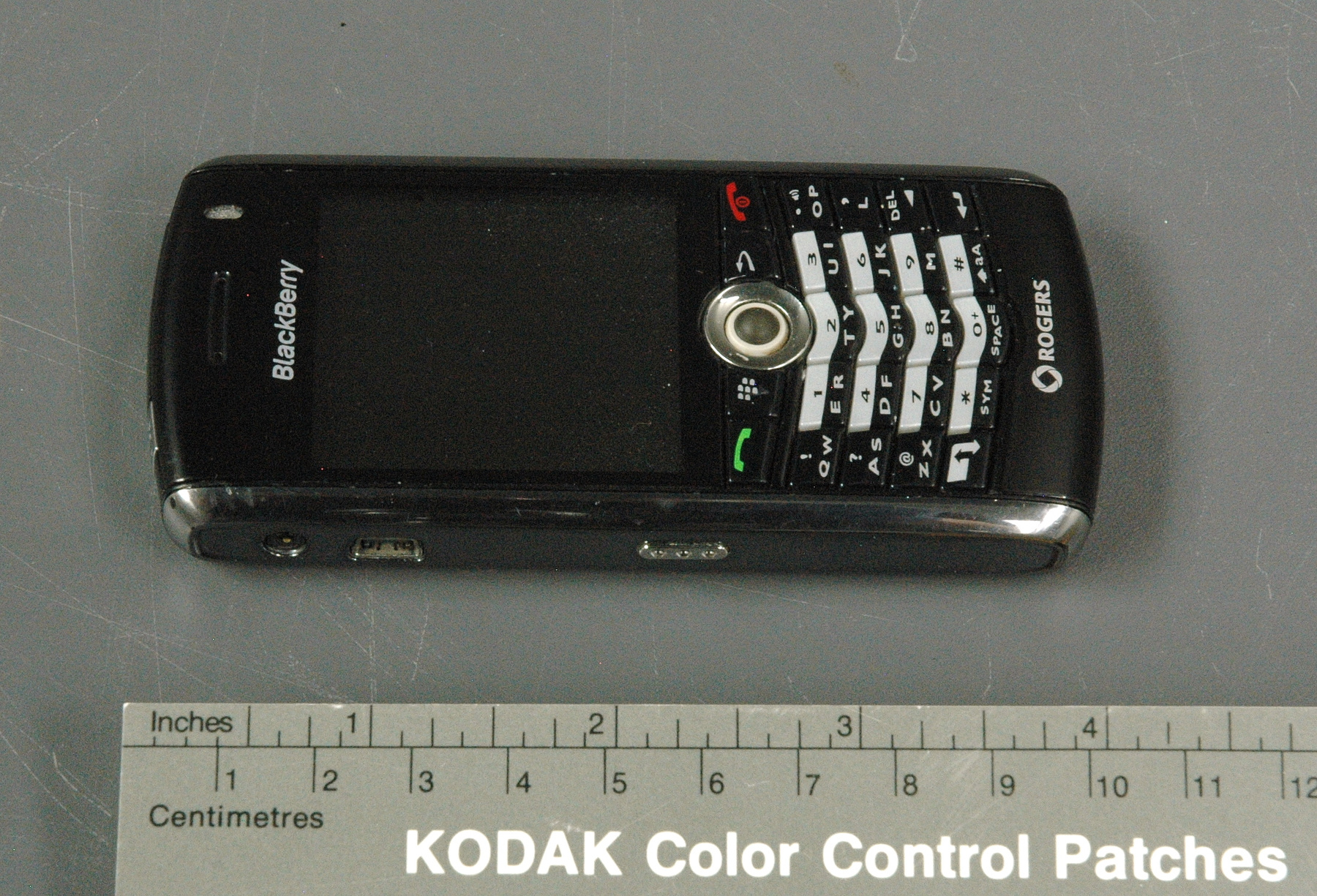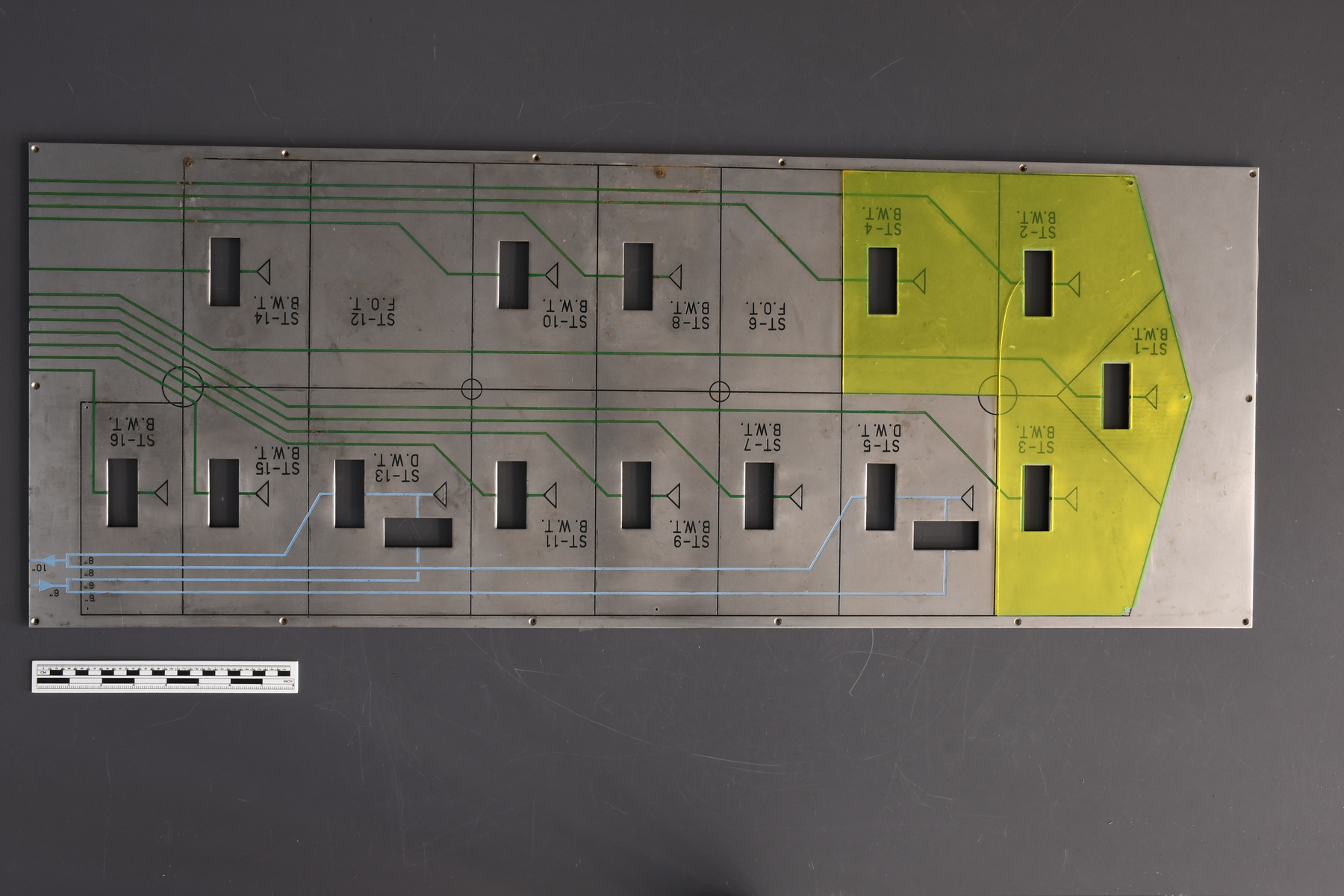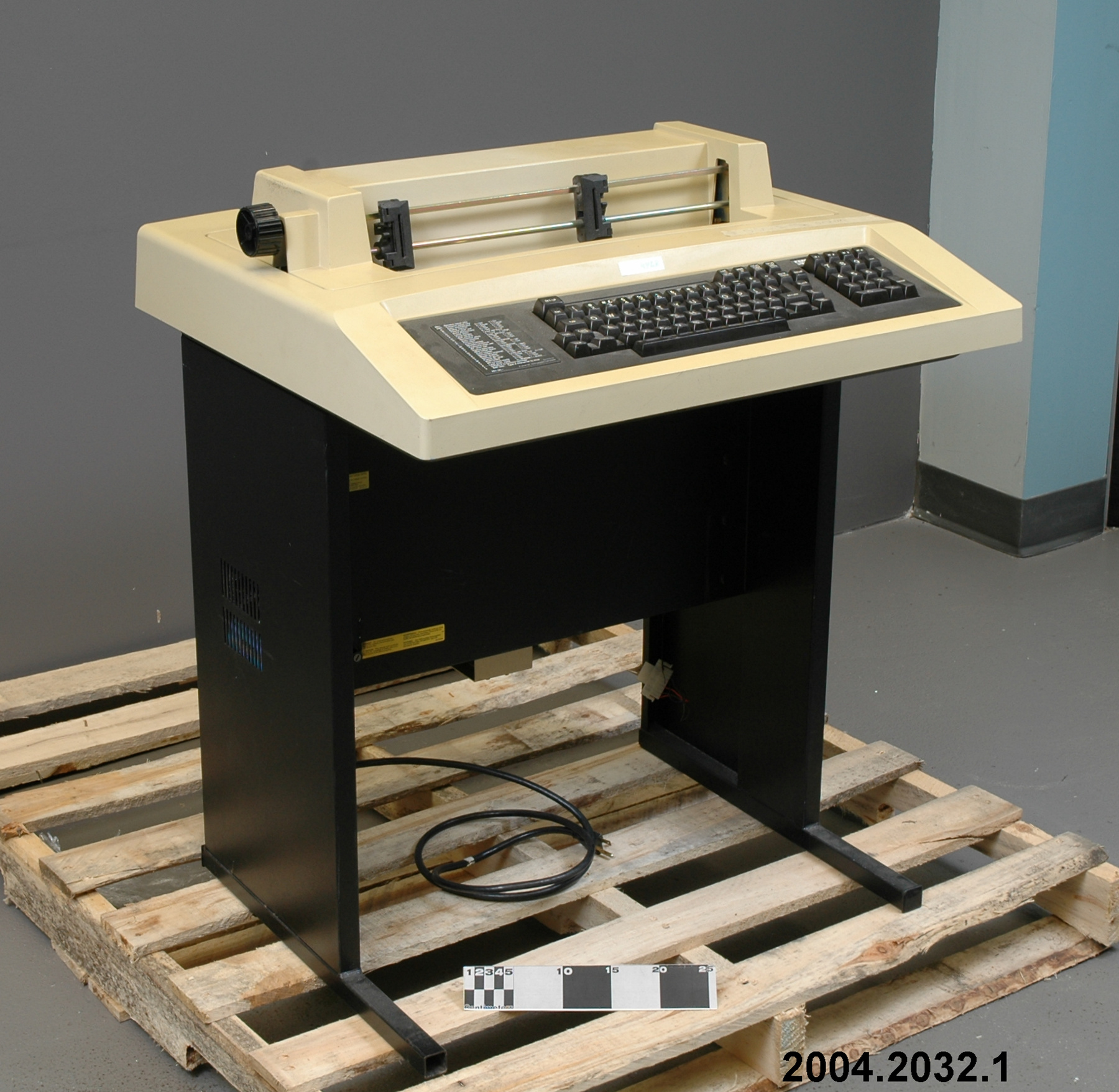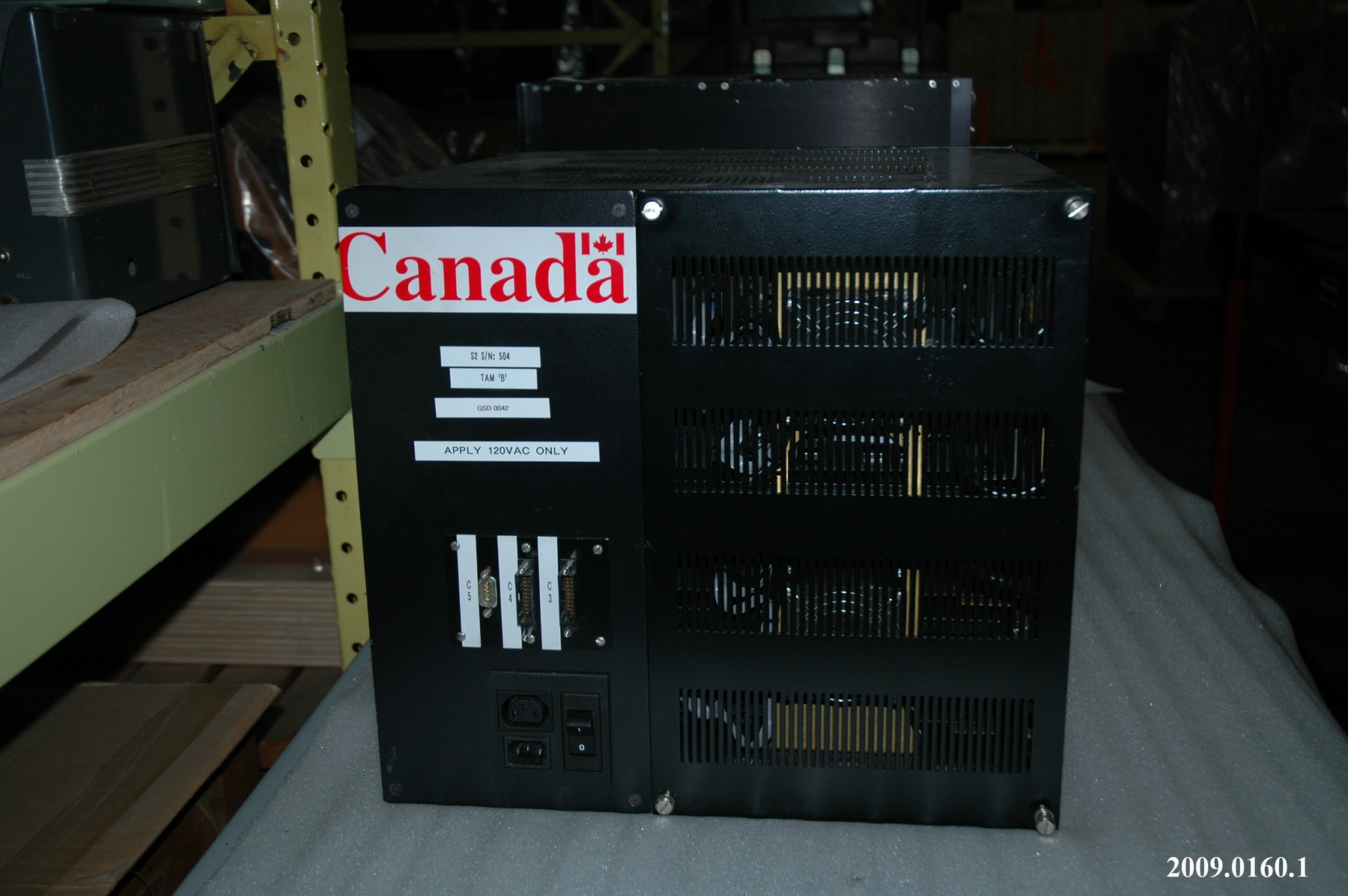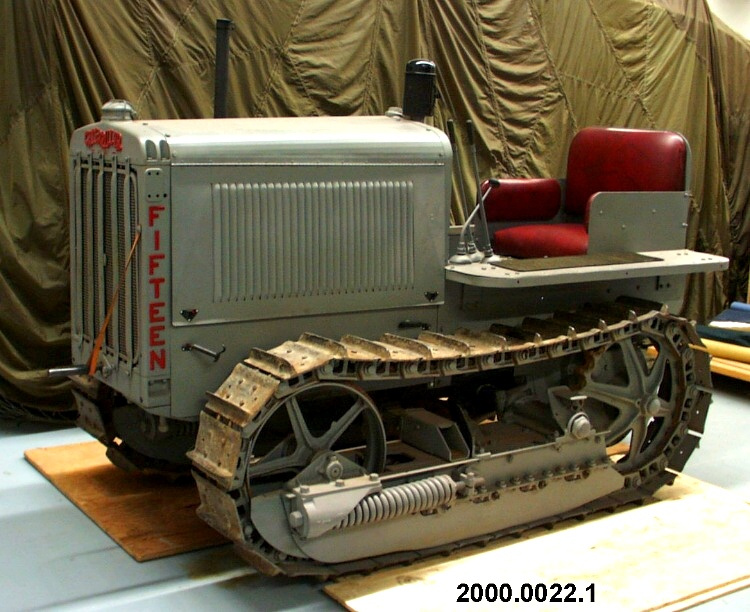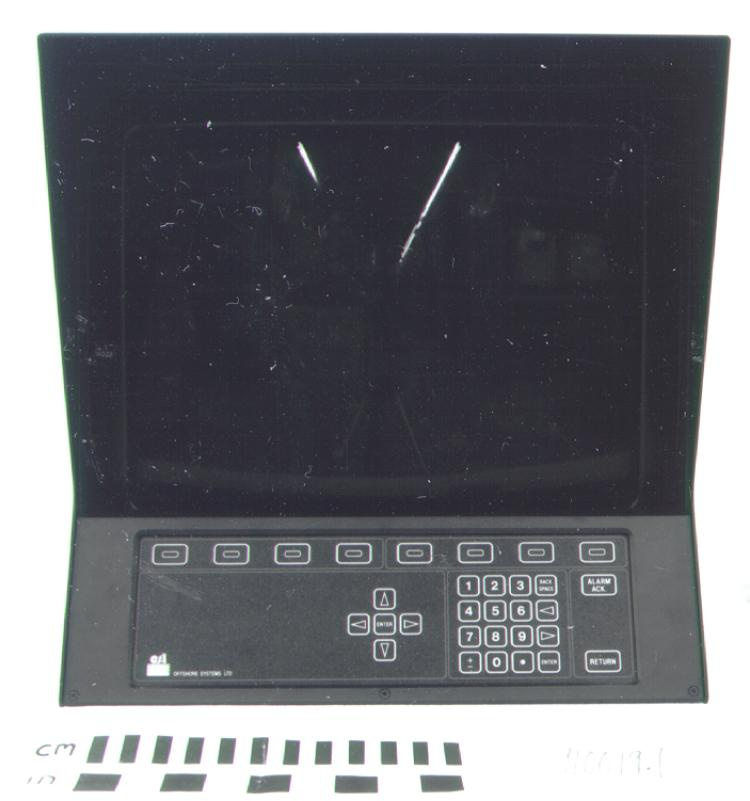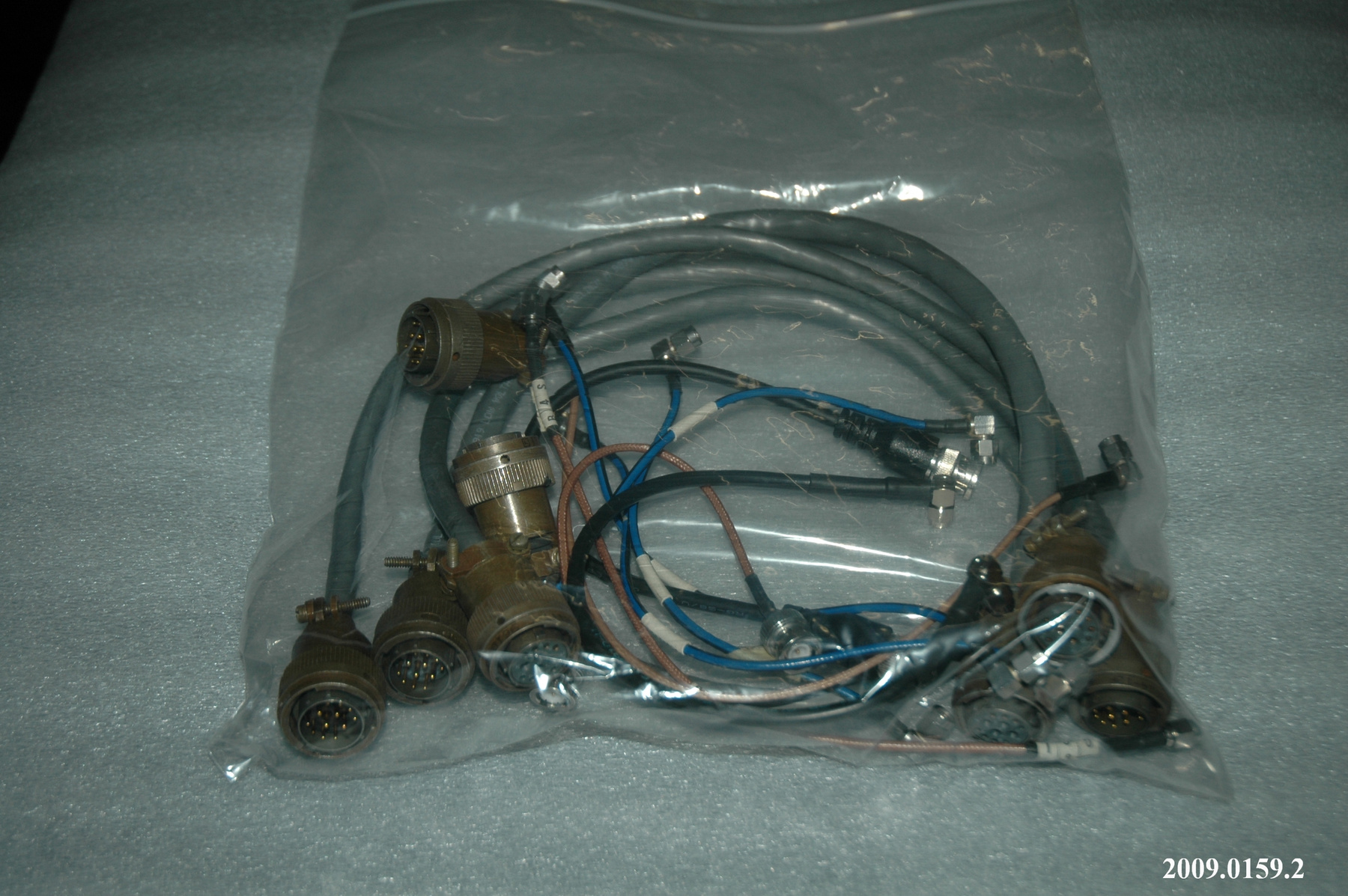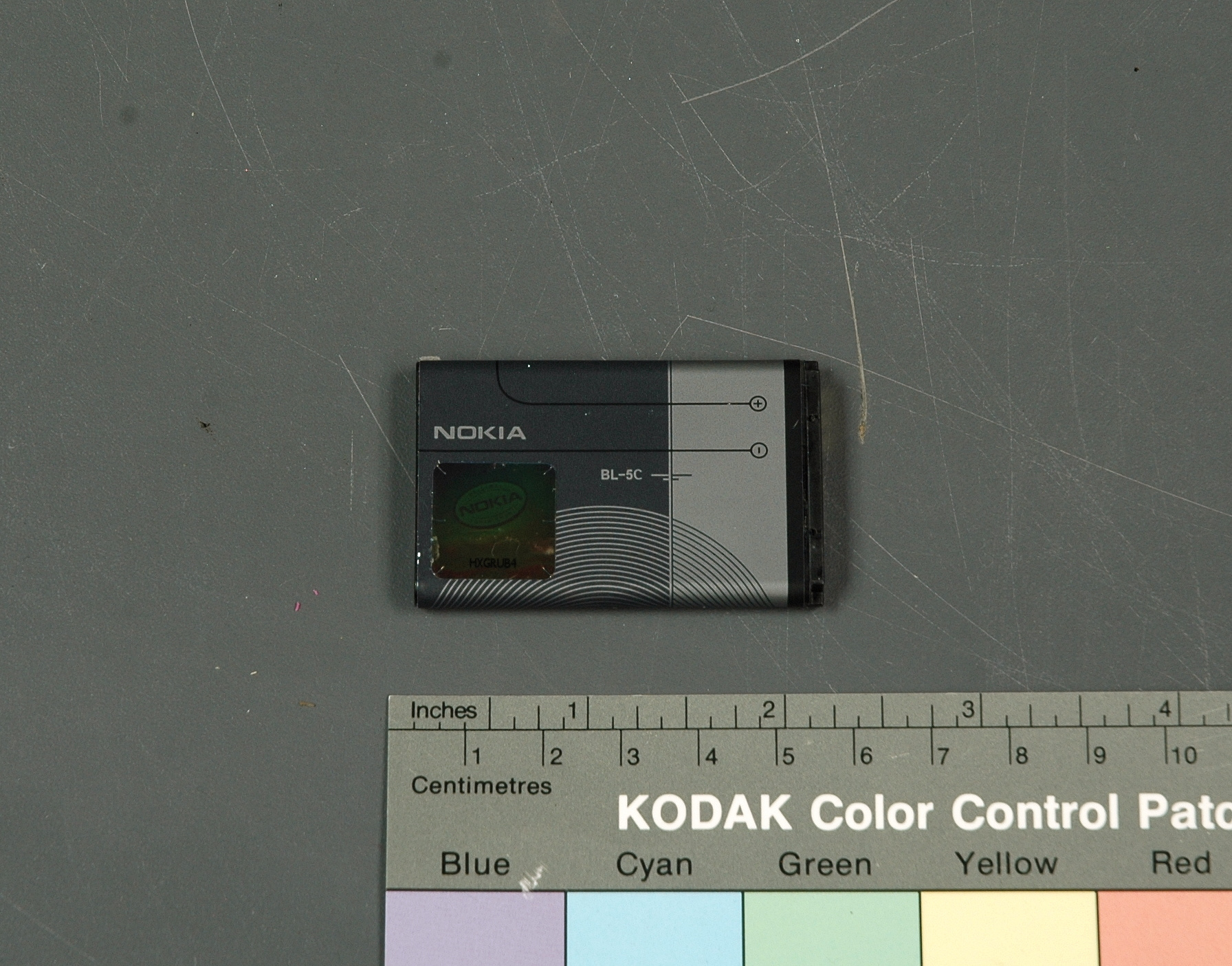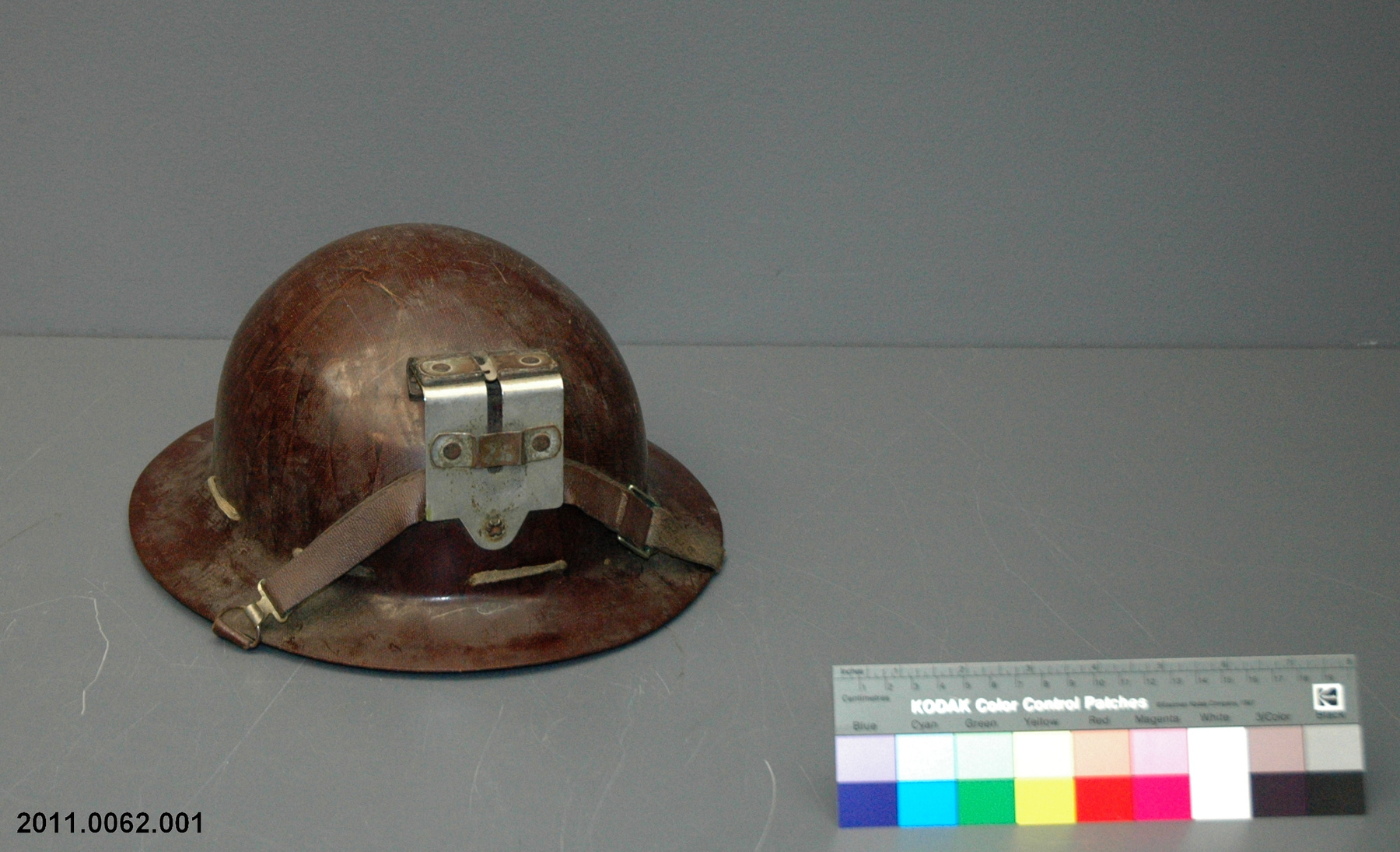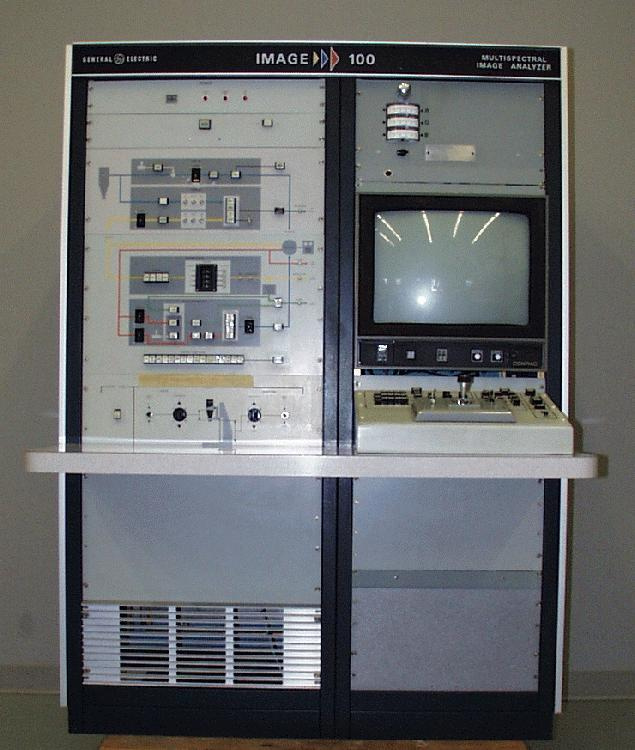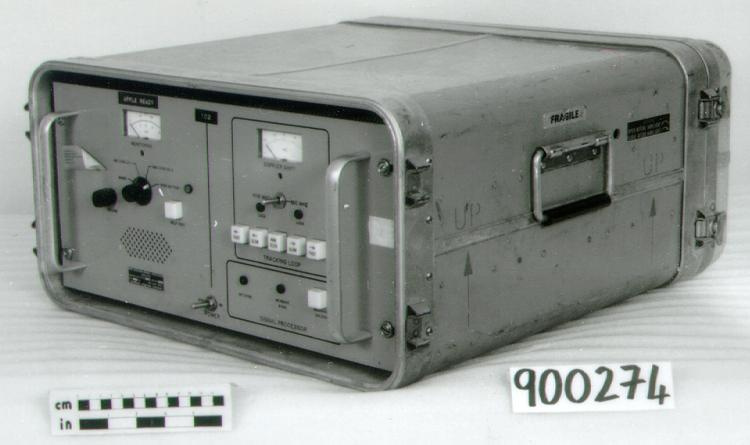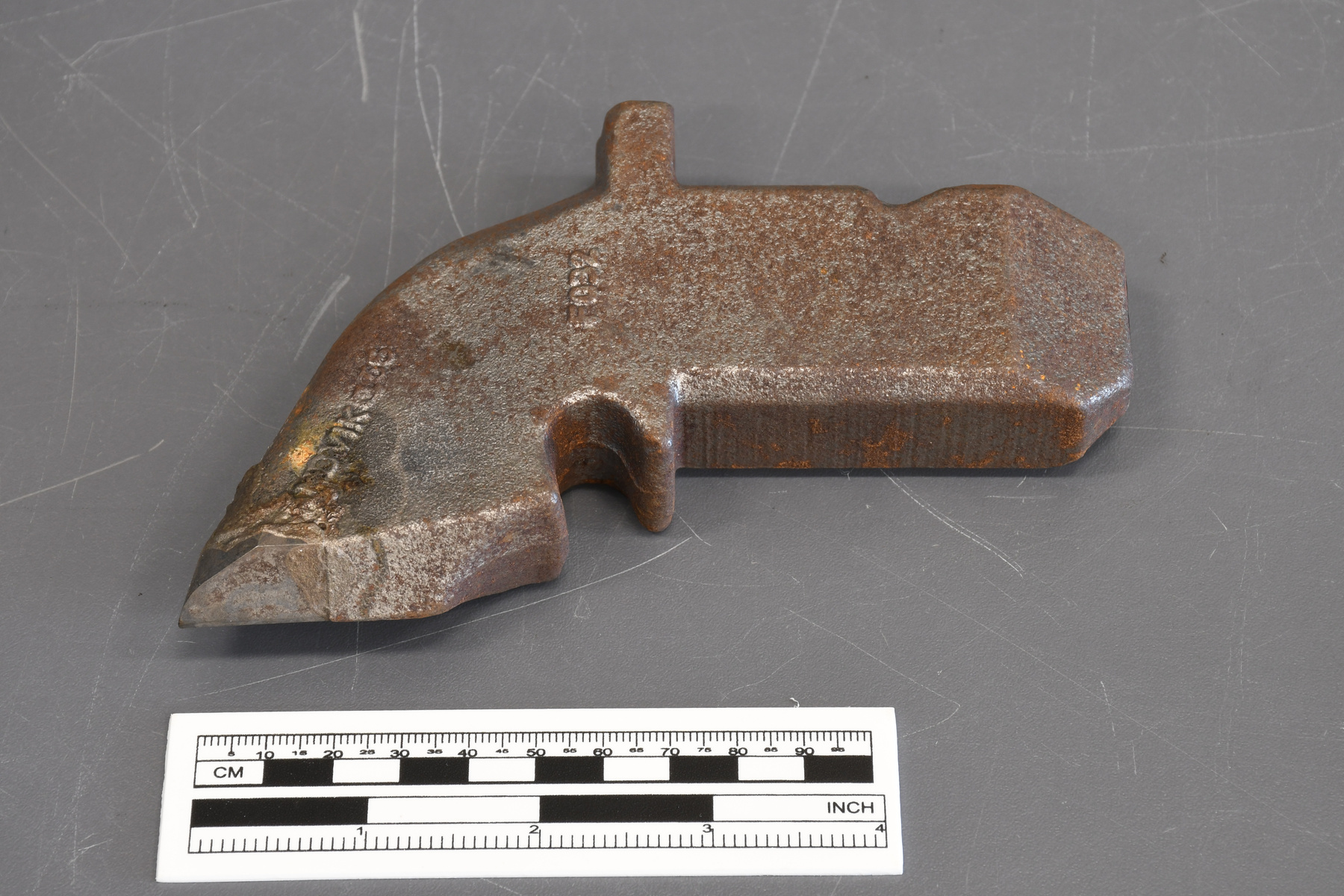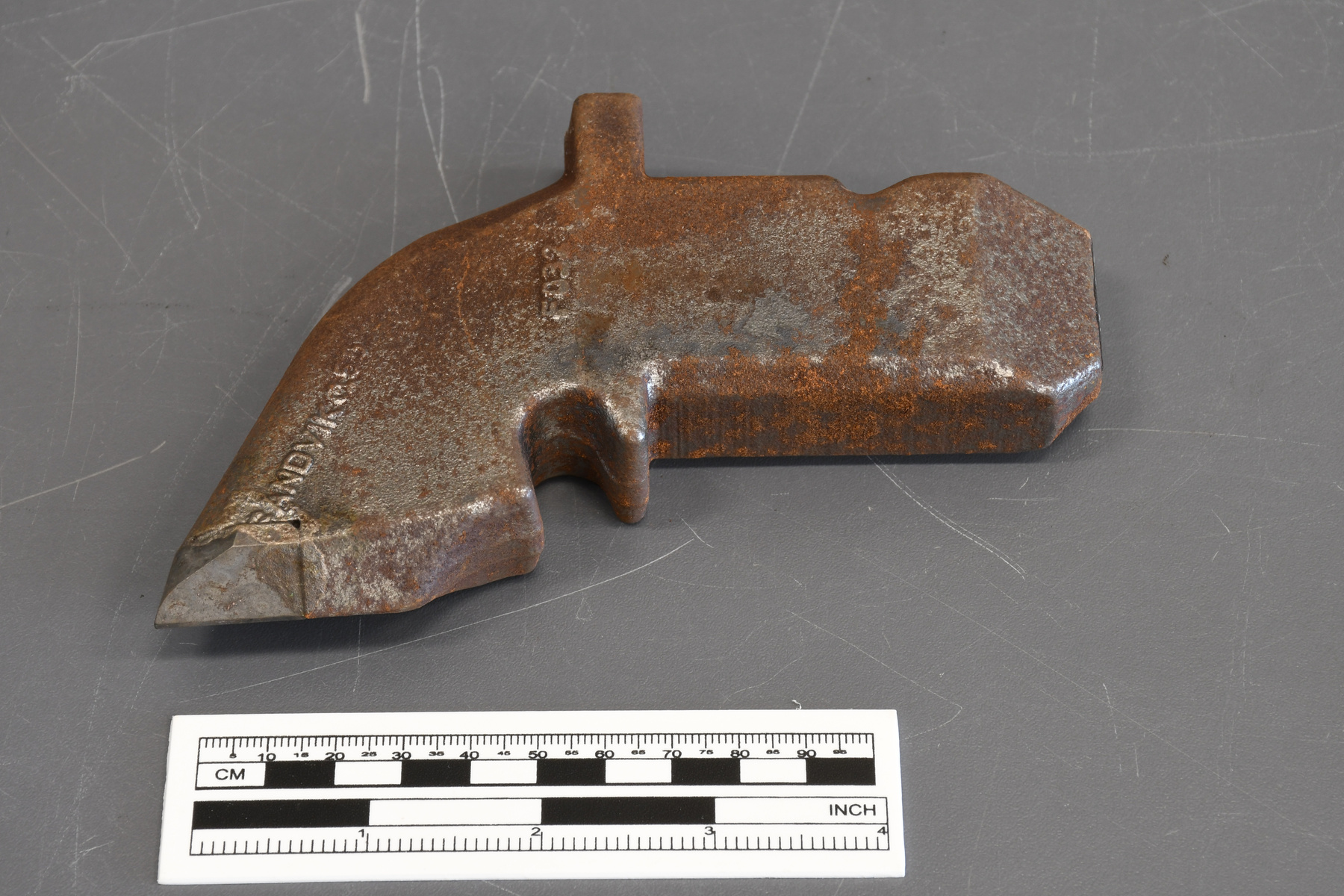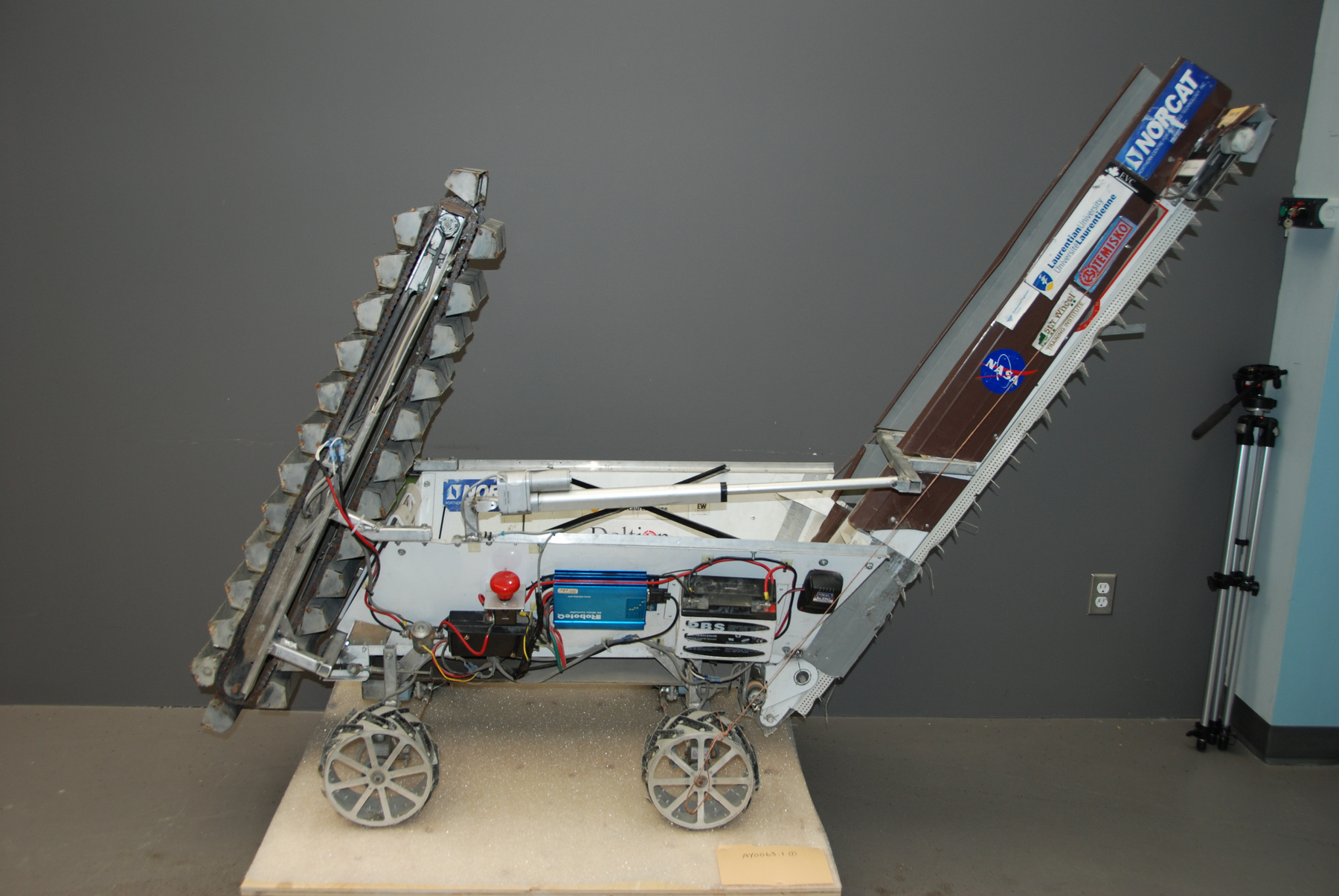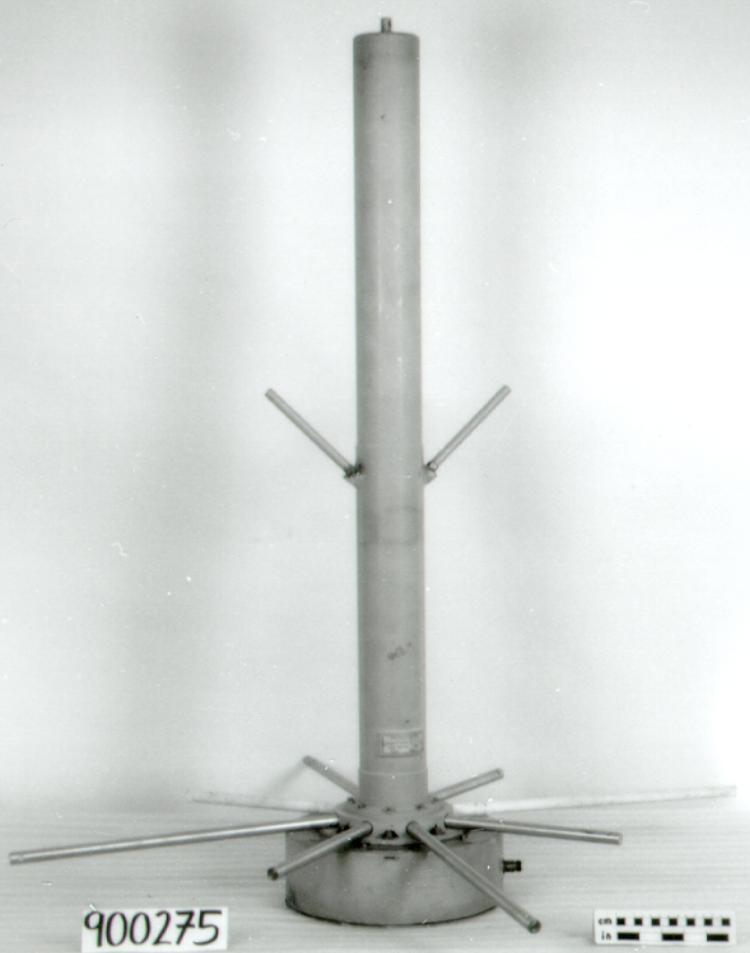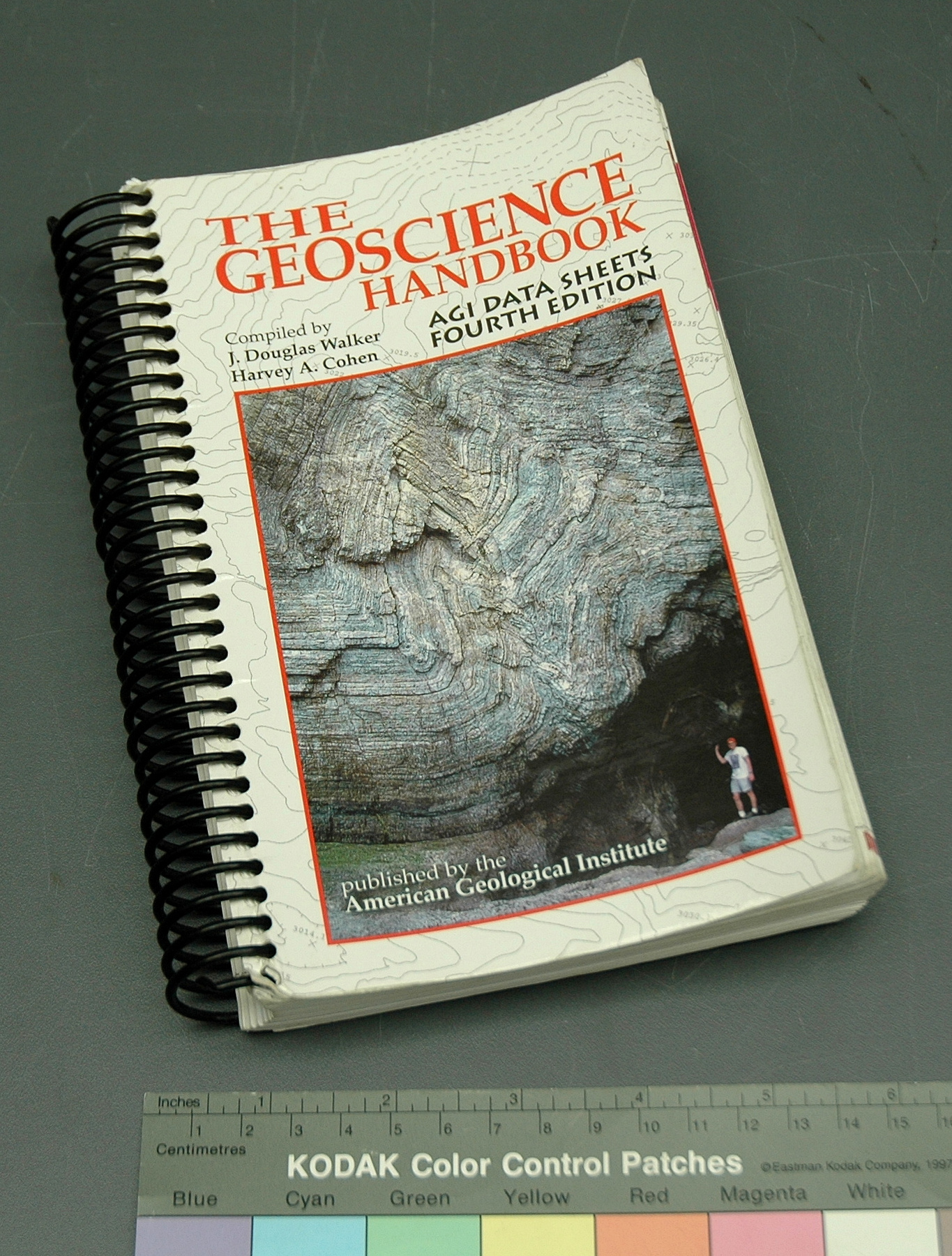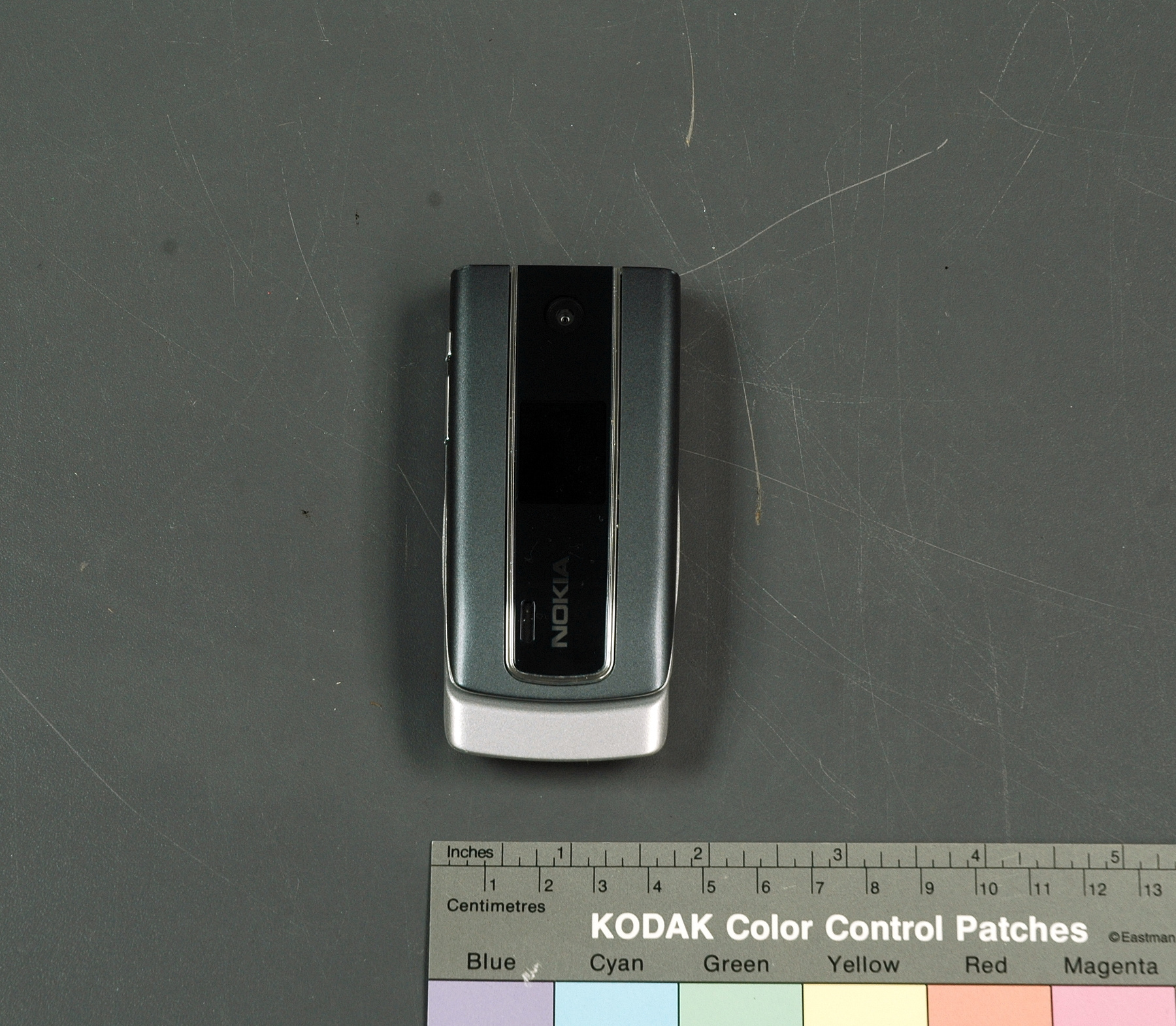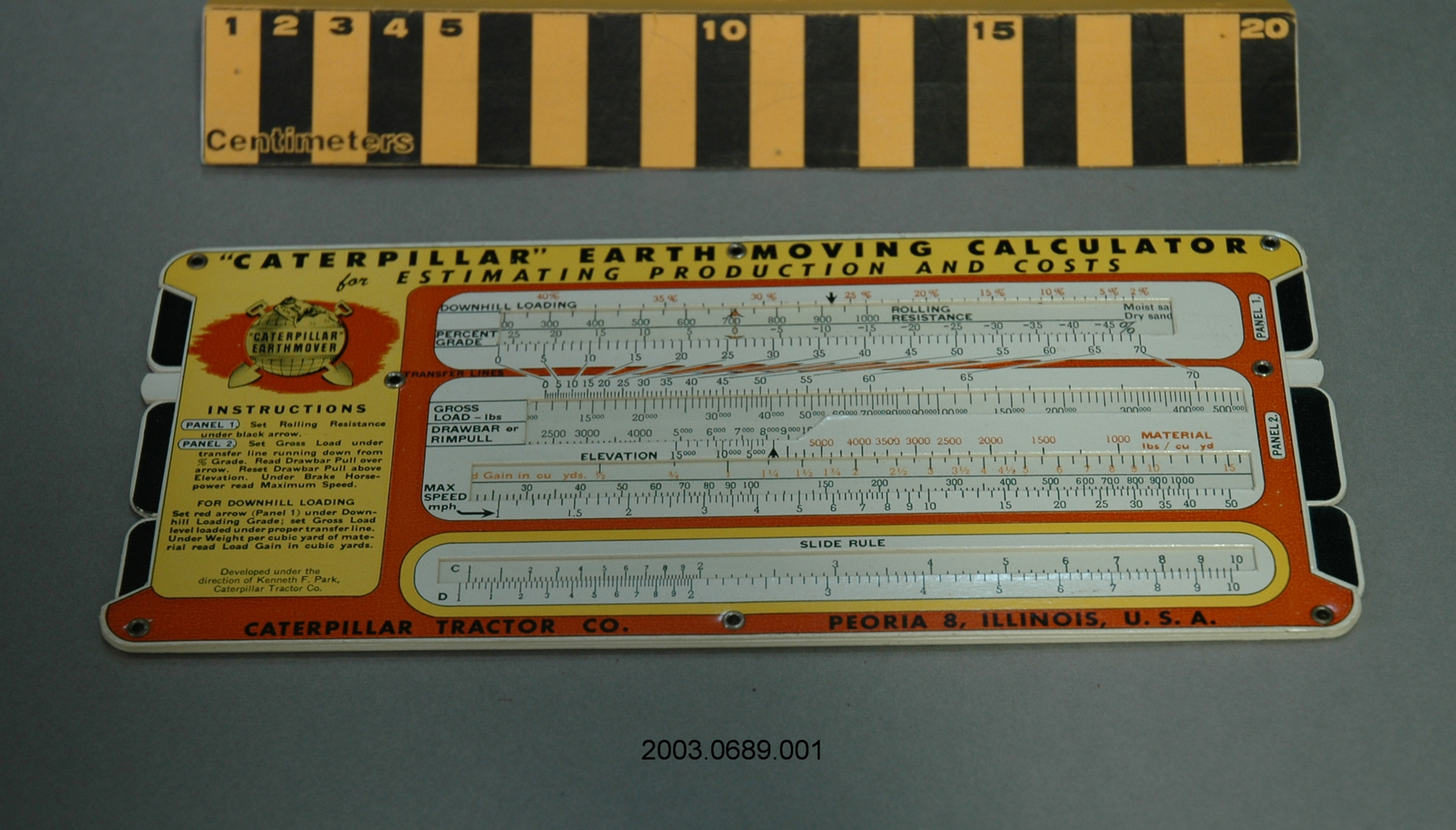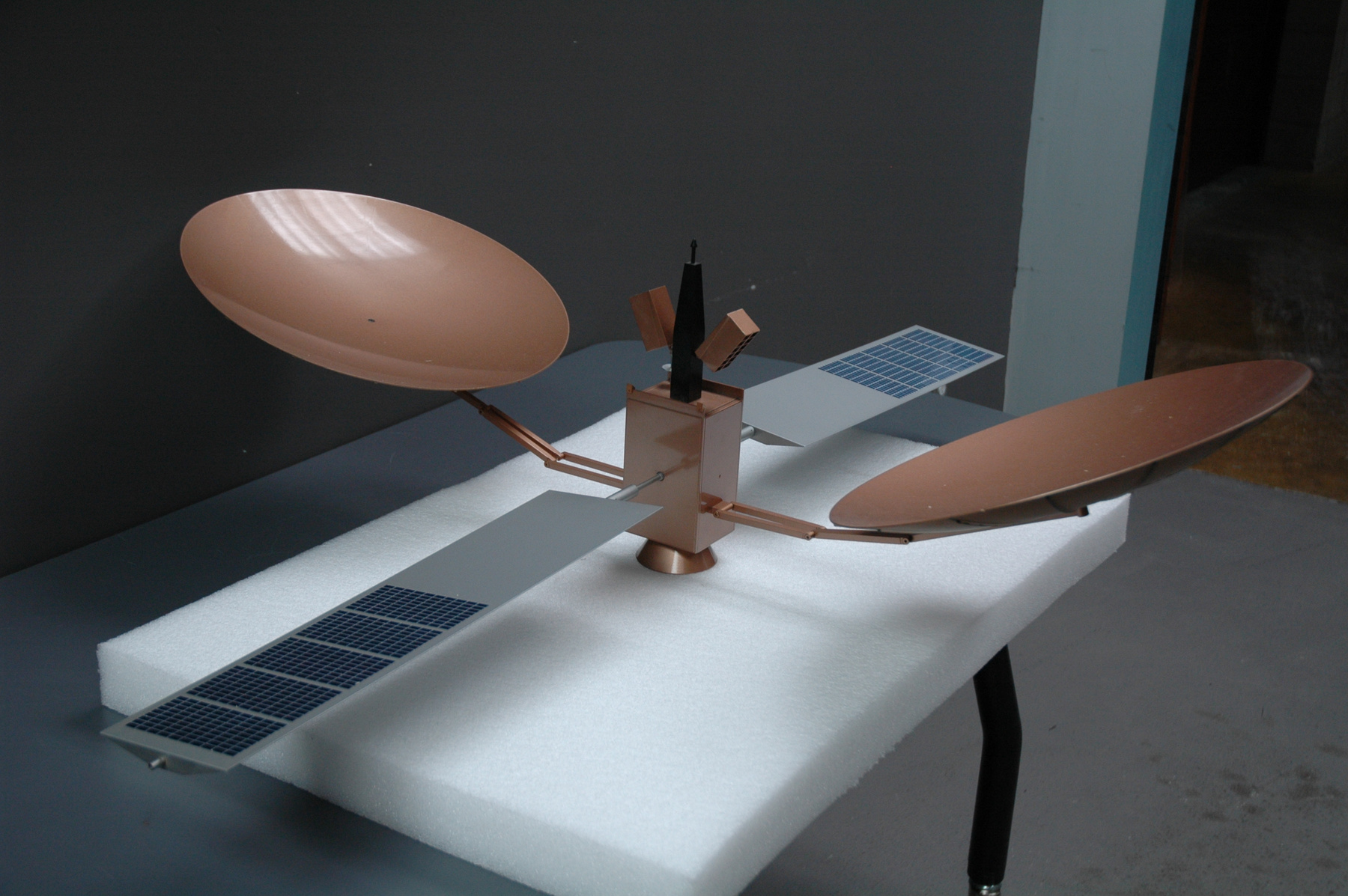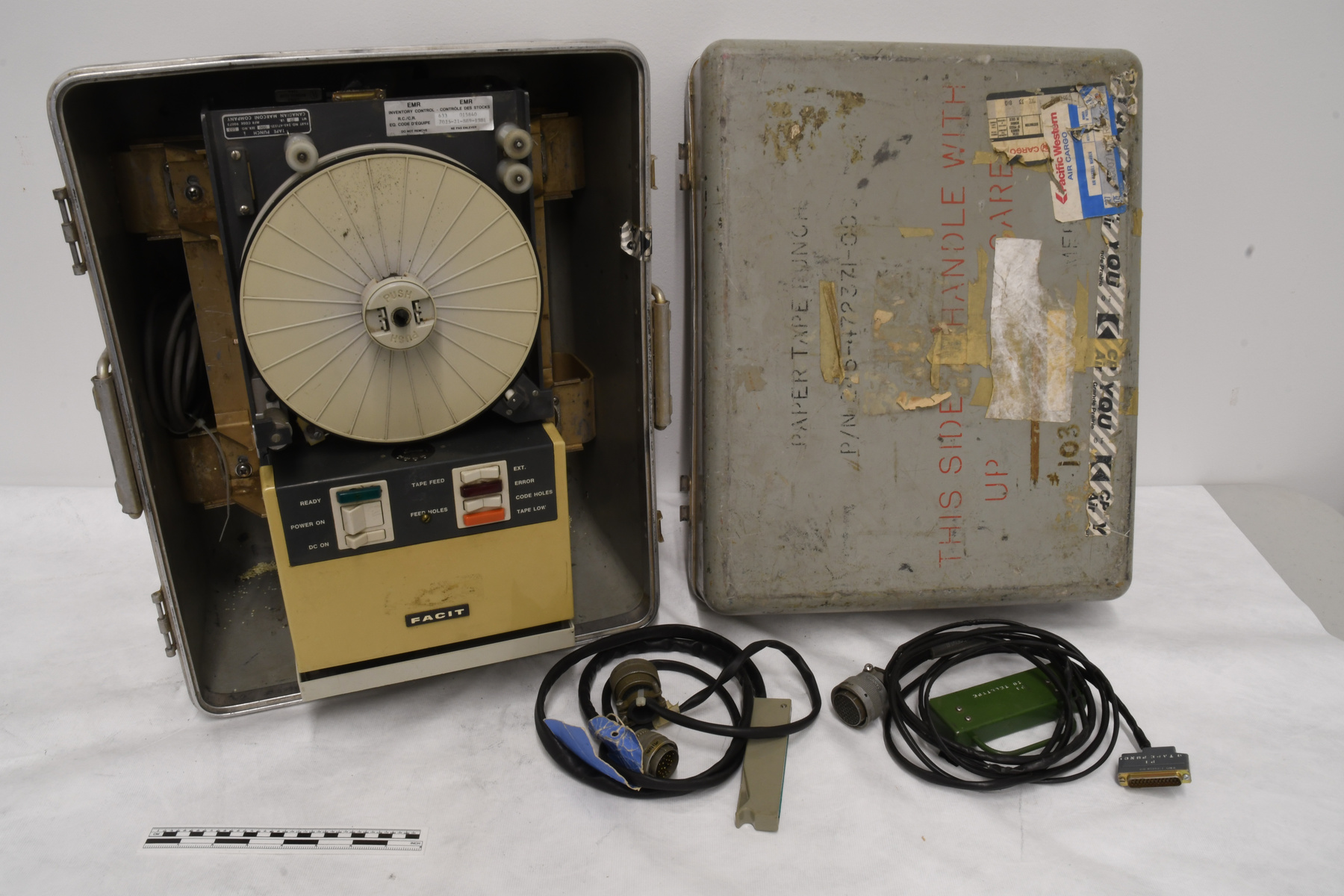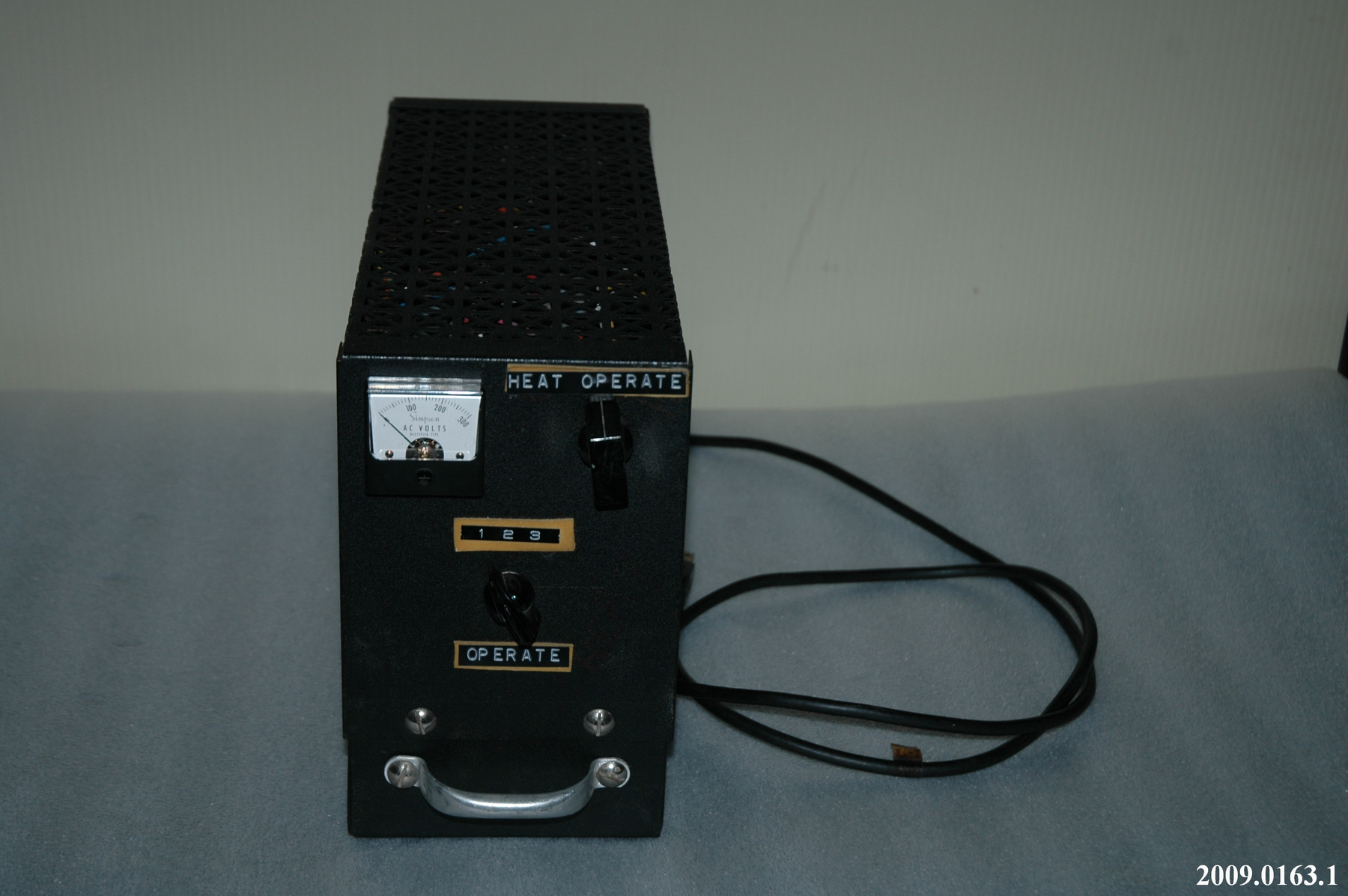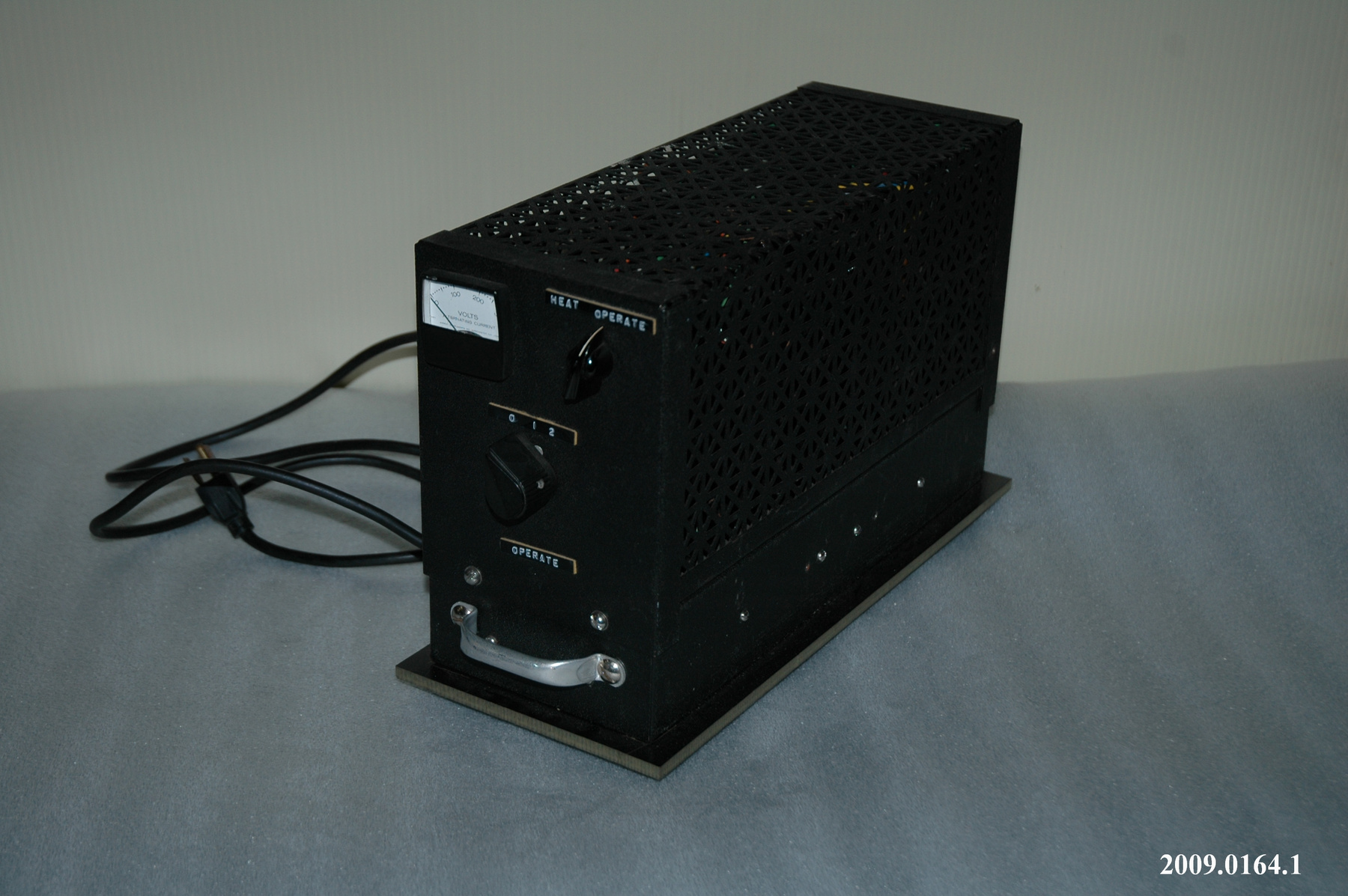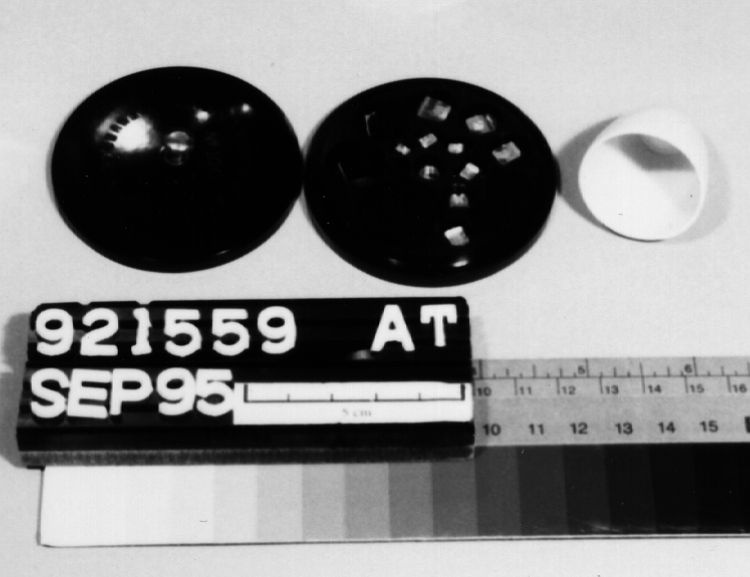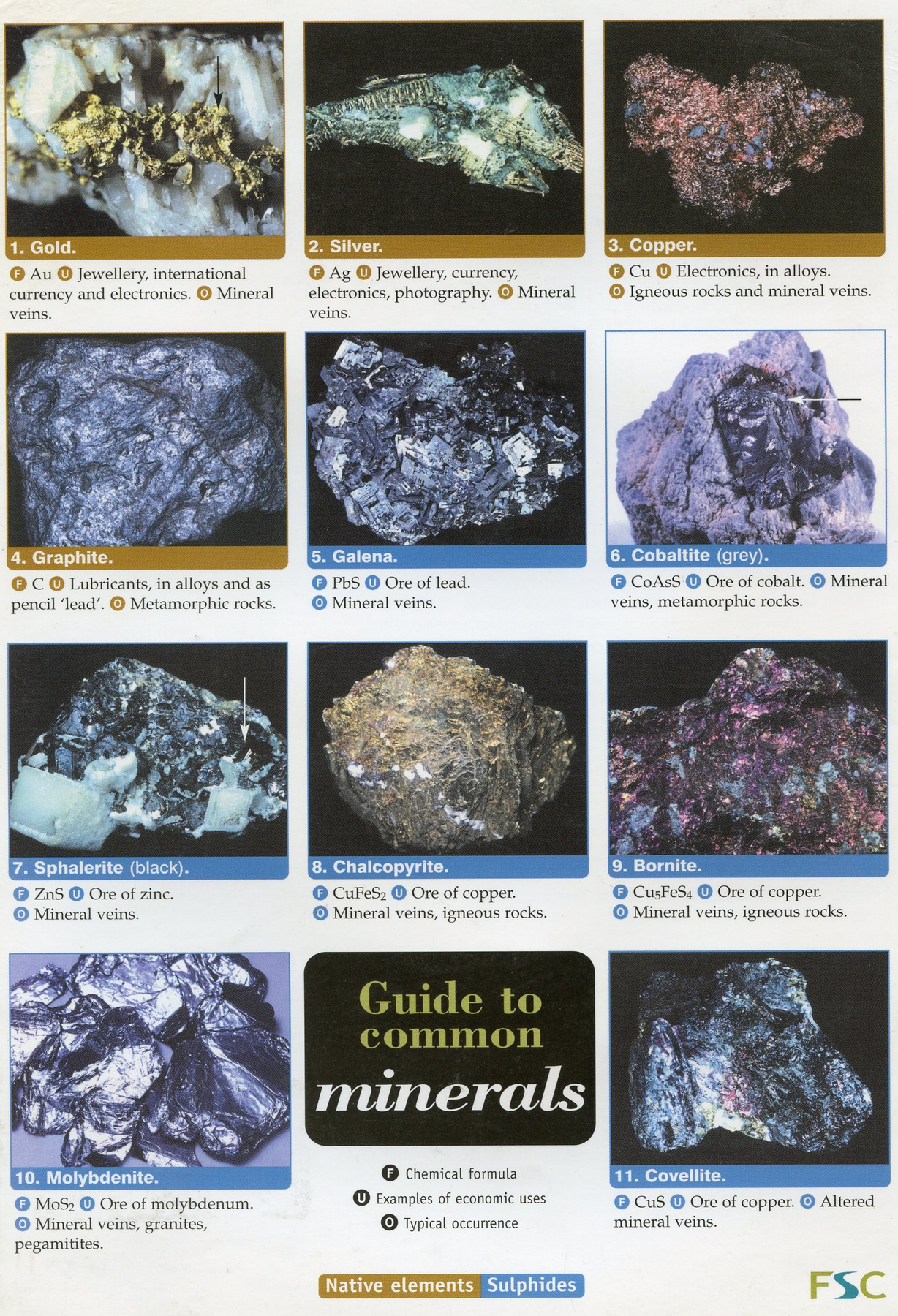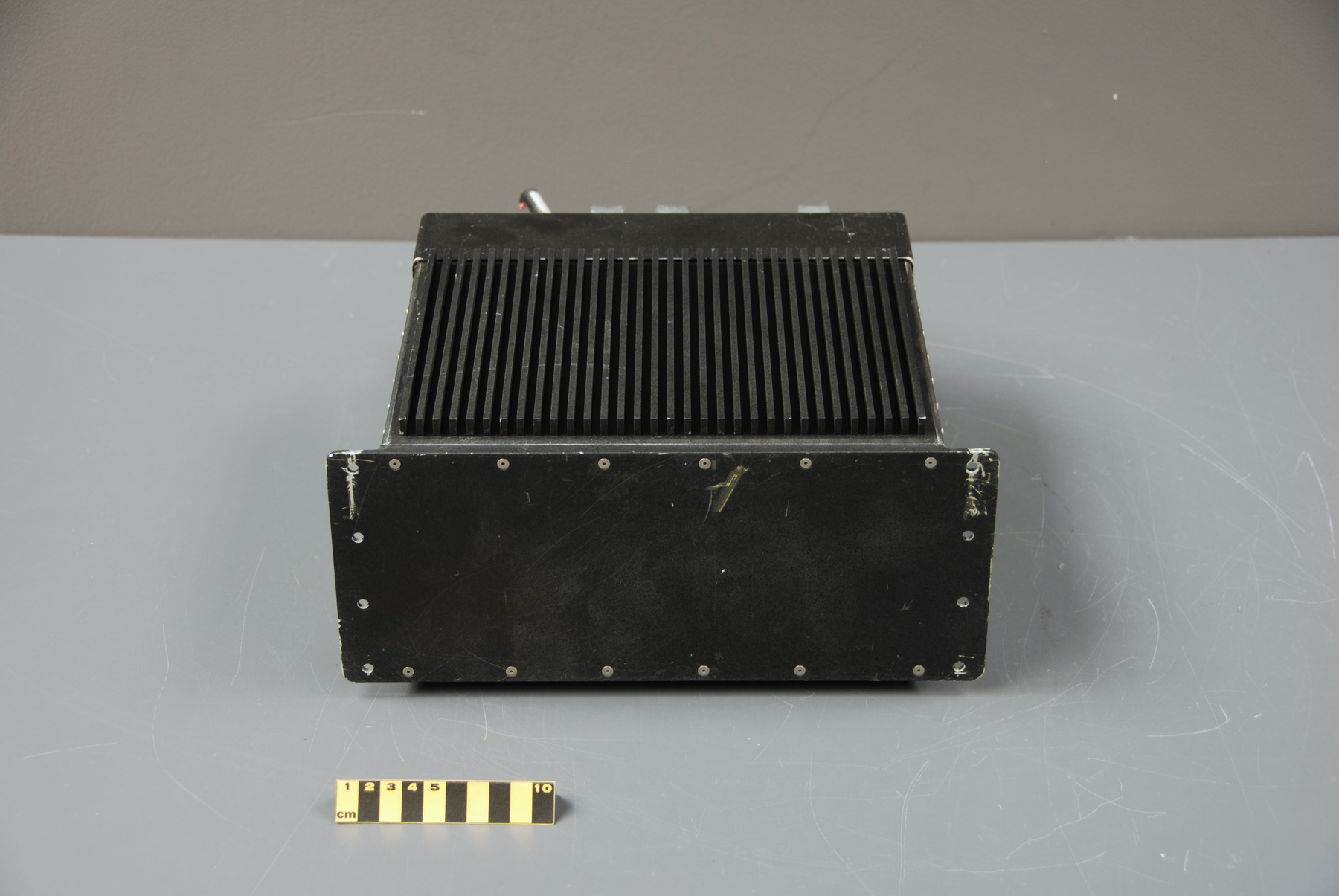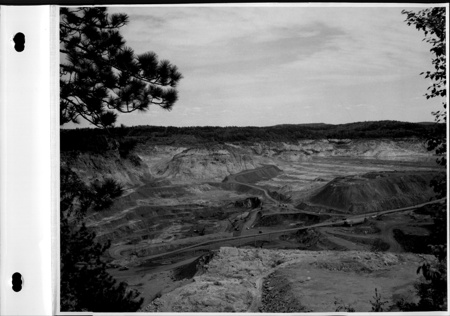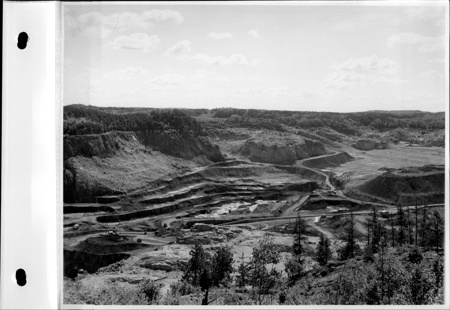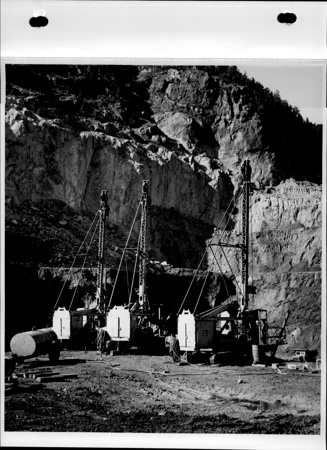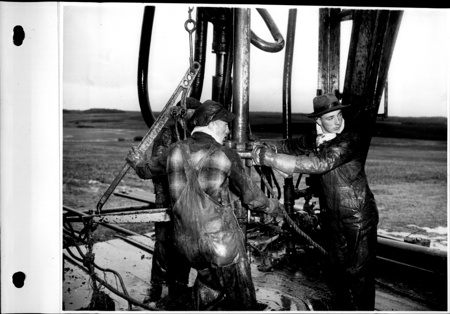Computer
Use this image
Can I reuse this image without permission? Yes
Object images on the Ingenium Collection’s portal have the following Creative Commons license:
Copyright Ingenium / CC BY-NC-ND (Attribution-NonCommercial 4.0 International (CC BY-NC 4.0)
ATTRIBUTE THIS IMAGE
Ingenium,
2017.0054.001
Permalink:
Ingenium is releasing this image under the Creative Commons licensing framework, and encourages downloading and reuse for non-commercial purposes. Please acknowledge Ingenium and cite the artifact number.
DOWNLOAD IMAGEPURCHASE THIS IMAGE
This image is free for non-commercial use.
For commercial use, please consult our Reproduction Fees and contact us to purchase the image.
- OBJECT TYPE
- prototype/mobile/gps
- DATE
- 1992–1996
- ARTIFACT NUMBER
- 2017.0054.001
- MANUFACTURER
- Unknown
- MODEL
- Advanced Monitoring and Positioning Platform
- LOCATION
- Unknown
More Information
General Information
- Serial #
- 153
- Part Number
- 1
- Total Parts
- 1
- AKA
- N/A
- Patents
- N/A
- General Description
- Metal casing, handles and fasteners with some synthetic connector covers.
Dimensions
Note: These reflect the general size for storage and are not necessarily representative of the object's true dimensions.
- Length
- 36.0 cm
- Width
- 31.7 cm
- Height
- 15.1 cm
- Thickness
- N/A
- Weight
- N/A
- Diameter
- N/A
- Volume
- N/A
Lexicon
- Group
- Mining and Metallurgy
- Category
- Miscellaneous
- Sub-Category
- N/A
Manufacturer
- AKA
- Unknown
- Country
- Unknown
- State/Province
- Unknown
- City
- Unknown
Context
- Country
- Canada
- State/Province
- Unknown
- Period
- Unknown
- Canada
-
Dr. Jon Peck, who holds a PhD and MSc in Mining Engineering from McGill, is a leading expert in the automation of mobile mining equipment. He is recognized internationally for his work in this field. In 2015, Dr. Peck has been inducted to the International Mining Technology Hall of Fame for his work on automation of surface mining technologies. Dr. Peck’s research on automation dates back to the Canadian Center for Automation and Robotics in Mining. This little documented, but extremely important Centre was created jointly by Ecole Polytechnique and McGill in 1988, and operated at McGill until 1996. The CCARM was led by researchers such as Dr. John Edwards, Dr. Laeeque Daneshmend and Andre Peacher, who continued there the work earlier conducted at the Noranda Research Centre. The Noranda Centre and CCARM were at the core of most of mining R&D, and the entire Canadian automated and remote mining community has its roots in these institutions. When CCARM lost its funding, Dr. Peck moved to Queen’s University, where he served as the Head of the Department of Mining Engineering. In this position, he not only developed new technologies but also supervised PhD research of a younger generation of mining engineers, who are today responsible for designing technologies for mining from deep sea to space. In 1992, Dr. Peck founded Aquila Mining Systems Ltd. which designed an Advanced Monitoring and Positioning Platform. The product was sold to Caterpillar in 1996 and is now a standard platform in surface mining operations. At Aquila, Dr. Peck was responsible for pioneering of the real-time high precision GOS guidance for blasthole drills and cable shovels and drill monitoring with rock recognition capabilities. In fact, all subsequent work on rock recognition has been based on Dr. Peck’s research. In 2004, Dr. Peck created Peck Tech, where he continues to work on augmented GPS devices, advanced rock recognition algorithms, and autonomous drill operations. He also advices mining companies around the world on automation and remote mining. Dr. Peck continues to educate and mentor a new generation of Canadian mining engineers through his work at Queen’s, McGill and Concordia. Dr. Sandy Pyke is an Electronic Technologist, software engineer and hardware architect. He worked with Dr. Peck at Aquila in the 1990s, and then continued developing the monitoring and positioning platforms at Caterpillar. He built prototypes of Aquila’s and Peck Tech’s technologies. Dr. Pyke rejoined Peck at Peck Tech in 2004. (From Acquisition Proposal, see Ref. 1) - Function
-
To test a system designed to position and monitor brake rock operations in surface mining. (From Acquisition Proposal, see Ref. 1) - Technical
-
The Advanced Monitoring and Positioning Platform is a mobile system that communicates with satellites to position operations of equipment which breaks rock in an open pit mine and to guide and monitor this operations. Although now a standard at any open pit mine, the system was extremely difficult to develop. It was designed for a mobile platform, which had to survive and gather and send data in a mine environment (vibrations, dust, blasts, etc.). Dr. Pyke built the equipment himself, sourcing parts or custom-making them with local IT companies. The system included a DX4100 microprocessor, released by Intel in 1994, data acquisition cards, sensors, encoders, GPS receivers, among many other parts. It operated on QNX, a system developed in Ottawa by Gordon Bell and Dan Dodge. The Platform consisted of the rugged computer, a hand held terminal on which an operator could provide feedback, and a monitor on which data was displayed. It showed the exact location of the equipment in the work zone in real-time and with high precession; it guided the drilling of blast holes and was compatible with a variety of drills. It provided rock recognition, which was based on the data collected by drill monitors, and monitored rock breaking. The platform was tested at various Teck operations, and in Alberta. It was the first such a platform in the world. The system was purchased by Caterpillar in September 1996, and became Cat MinestarTerrain. It is now a standard in fact-based management of drilling and ore control. Dr. Peck and Dr. Pyke joined forces again in 2004 at Peck Tech. (From Acquisition Proposal, see Ref. 1) - Area Notes
-
Unknown
Details
- Markings
- On the labels on the proper right: "BASE/ AMP"/ "DIGITAL"/ "AQ3M200-/ 00-A-000"/ "S/N:/ 153"/ Printed on the proper back: "KBD/ AUX 1/ AUX 2/ ENC/ POWER/ DISPLAY/ ANALOG OUT/ FAULT/ PRINTER/ ANALOG IN/ HHT/ SERIAL/ GPS 1/ DIGITAL 1/ UPS/ LAPTOP/ GPS 2/ DIGITAL 2/ [logo]/ AQUILA/ Made in Canada"
- Missing
- Appears complete
- Finish
- Predominantly black finished metal with silver-coloured metal screws and handles, white tags on the proper right and white markings on the proper back. Attached to the proper back are a number of silver-coloured metal connectors with cut-off wires coming out from them. The wires are coated in a variety of colours including orange, black, green, red, blue, purple and yellow.
- Decoration
- N/A
CITE THIS OBJECT
If you choose to share our information about this collection object, please cite:
Unknown Manufacturer, Computer, between 1992–1996, Artifact no. 2017.0054, Ingenium – Canada’s Museums of Science and Innovation, http://collections.ingeniumcanada.org/en/id/2017.0054.001/
FEEDBACK
Submit a question or comment about this artifact.
More Like This
